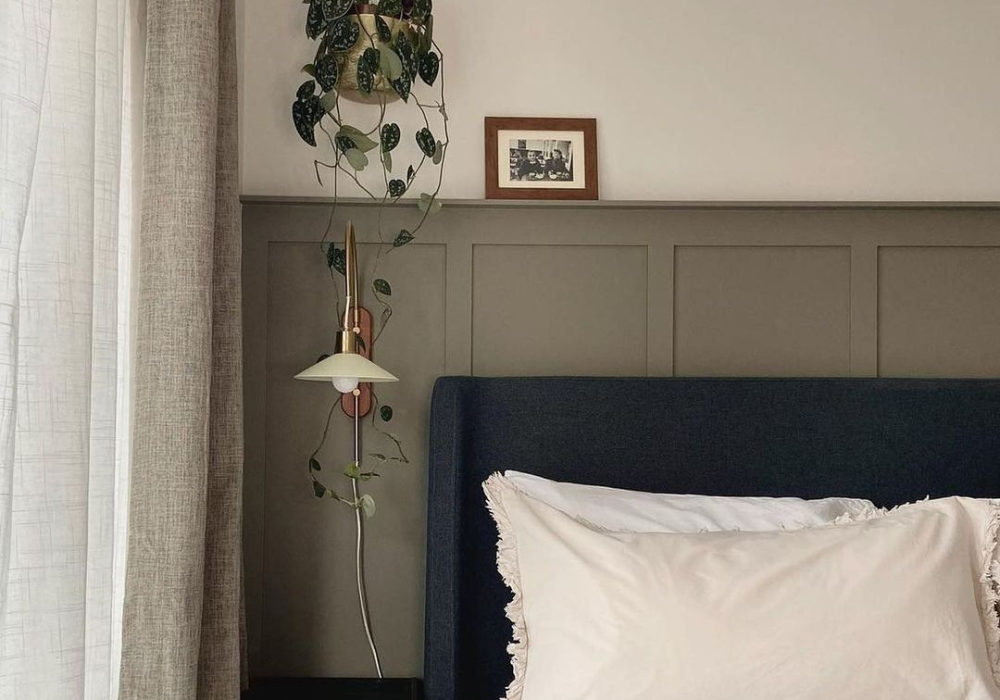
How To Panel A Wall with Richard Burbidge
Wall panelling has become one of the go-to design features to spruce up your room in 2021. Adding interest and a bit of heritage vibes to an otherwise flat surface, panelling projects are flooding instagram’s home transformation feeds.
These IG-ers make it look super easy, but we understand why it could quickly become overwhelming - measuring, sawing, gluing, painting. Sounds like faff right? Well not necessarily.
As ever, we’re here to step you through a beginners guide and make sure you have all the know how to give it a go.
And if you’re going to learn from anyone, you should learn from the experts. So we’ve asked Richard Burbidge, the UK’s leading decorative timber parts brand, to walk us through our first panelling project.
There are hundreds of different designs and wall panelling ideas you can create in your spaces, in this guide we are going to be showing you how to install the classic but contemporary square panel design that goes from floor to ceiling, to create a feature wall.
What will you need to panel a wall?
- 12 x 96 x 2400mm Pine Stripwood
- Tape Measure
- Pencil
- Paper
- Laser Level
- Ladder
- Saw
- Mitre Box
- Sandpaper
- Grab Adhesive*
- Nail Gun
- Nails
- Decorators Caulk
- Paint
- Primer**
- Paint Brush
- Paint Roller
SAFETY
As a precautionary measure use a pipe and cable detector before nailing or drilling to check there are no hidden pipes or electric cables. For safety wear protective gloves, glasses and knee pads. When using a mitre box it’s always a good idea to fix the box to a secure surface, to allow for both hands to be free when sawing. Ensure you do not drill directly above or below light switches and power sockets. Be sure to follow manufacturer’s instructions when using all tools and materials.
*Be sure to follow your chosen adhesive’s instructions, you may need to ventilate the room. **May be needed if your chosen paint requires primer
Step-By-Step Guide: How To Panel A Wall
Want perfectly panelled walls? Grab that Pinterest board full of your wall panelling ideas, and follow us…..
Step 1: Planning
Planning is the most time consuming, but also the most important step of the whole process.
'As with most DIY jobs, preparation is key to getting the look you want,' Chris O'Boyle, Trading Director for Everyday Repair and Maintenance (EDRM) for Homebase, tells House Beautiful UK. 'Start by having a clear idea of what your panel walls will look like by sketching it down in a notebook. That way, you'll stay on track and know how many panels you need to complete your project.'
HB's tip... Instagram is a great place to seek out inspiration if you're stuck for ideas. Use the hashtags #wallpanelling and #wallpanellingideas to see what other people have been up to.
Step 2: Measure Your Wall
Firstly, you will need to measure the wall’s length and width, making a note of any fittings and fixtures you will need to avoid. Draw your design with the measurements on some paper, making sure to plan an equal gap horizontally and vertically.
The next step is to transfer your measurements and plan to the wall, using a pencil, tape measure and laser level, mark where each panel piece will be, while bearing in mind the width of the wall panelling. We also recommend removing skirting and architrave on the feature wall to achieve a professional finish.
Step 3. Choose your Richard Burbidge moulding
Richard Burbidge mouldings are of the highest quality and can totally transform the look and character of a whole room. The stripwood range has a vast selection of panel sizes to choose from. For this project we are using STW6027 which is a 12 x 96 x 2400mm pine panel that creates the classic square feature wall you will have seen everywhere on Pinterest and Instagram!
Step 4: Cut The Panels
The next step is to cut your panels to length which will really start to bring your panelled wall to life. The stripwood mouldings are 2400mm in length which is the average height of most rooms, so you won’t need to cut the mouldings that are being placed vertically. Using a saw and mitre box at a 90 degree angle, carefully cut the panels that will be horizontally placed according to the measurements you noted from step 1. Repeat this process to all of the horizontal panels, then lightly sand the ends until smooth. If your wall is not 2400mm in length then you will need to cut the moulding according to your wall’s measurements using this same method.
Step 5. Apply panels to the wall
When applying the panels to the wall start with the vertical panels, then the horizontal panels. To apply the panels to the wall we recommend nails and adhesive for that extra security and hold.
Place your panel onto the wall where you marked out in step 1, use a laser level to ensure the panel is straight, then apply strong hold adhesive to the back and apply to the wall, next use a nail gun to fully secure the panel to the wall. Repeat this process for all panels.
Ensure you use a pipe and cable detector before nailing or drilling into any walls. If you are unsure if it is safe to nail into your wall, opt for a strong adhesive instead.
Step 6. Fill In Any Gaps
Once you have applied the panels, use decorators caulk to patch any gaps, cracks, or holes, then sand prior to finishing.
Step 7 Paint Your Wall Panels
This project can be customised to work with any décor and colour scheme. There are many different ways you can add your own creative flare to this project. You can choose to paint the whole wall one colour, or you can use a few different paint colours, paint dots, stripes or squares, or even draw your own unique design to really make this wall the focal point of your home. There’s an endless list of ways that you could choose to add your own creative flair.
And luckily for you, all of COAT’s colours come in the two finishes you’ll need for the project. Flat Matt is perfect for your walls, but be sure to use the Eggshell for the panelling. You’ll need to prime the panelling first (unless you’ve been savvy enough to buy the pre-primed options), and then apply the Eggshell.
Top tip from the Robs is the make sure you use a foam roller head for the best, even finish while using Eggshell. Avoids those pesky brush marks and ensures it will blend perfectly with the Flat Matt on the wall surface. Game changer.
Step 8. Share your DIY renovation project
Now you’re insta-worthy we’d love to see your vibe. Tag and share to @coatpaints, and of course @richardburbidge if you use their panelling.
We can’t wait to see what you create. Happy panelling.
Publish Date
Author




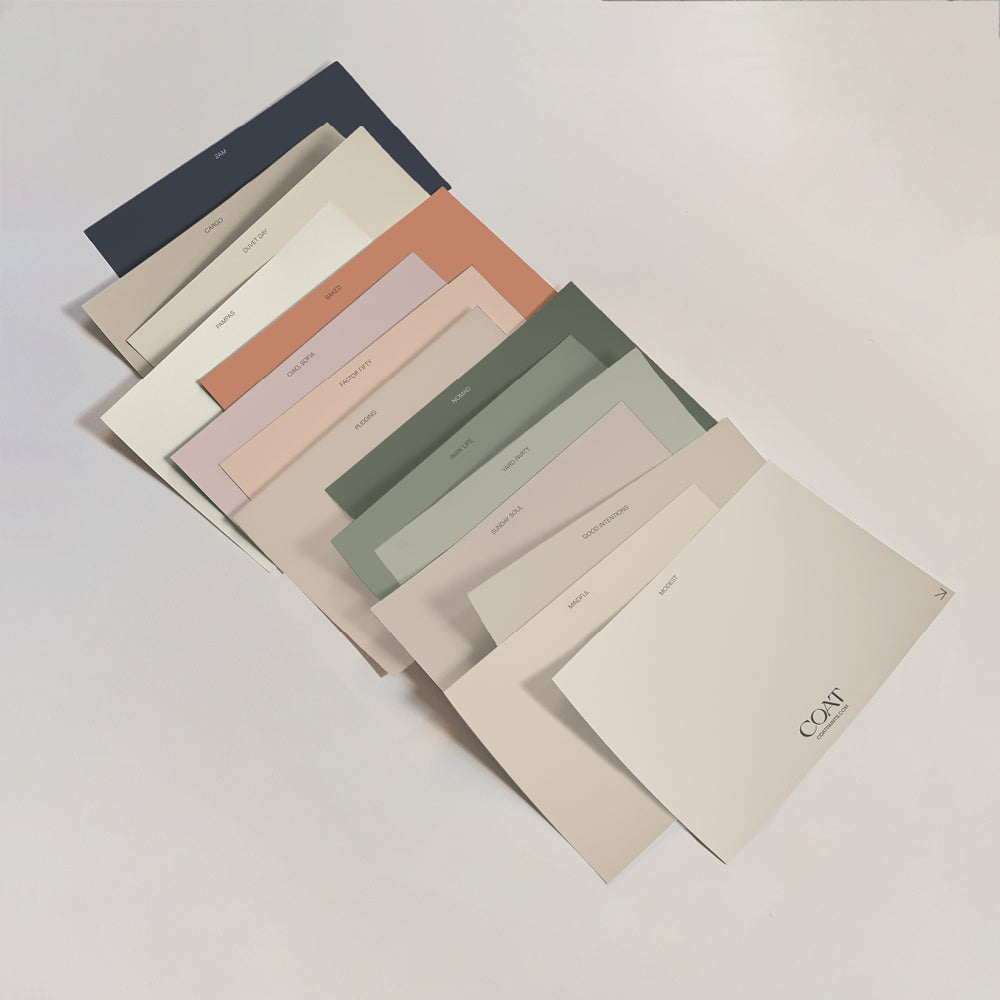
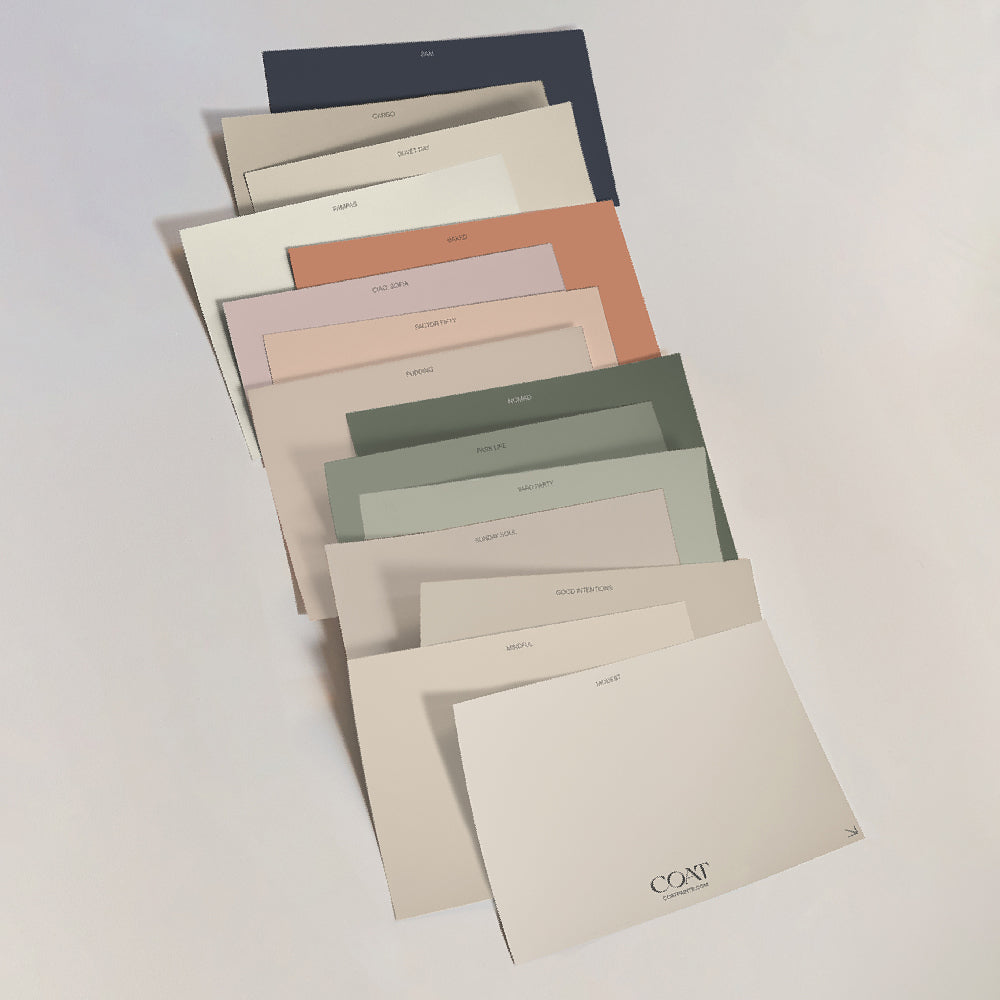
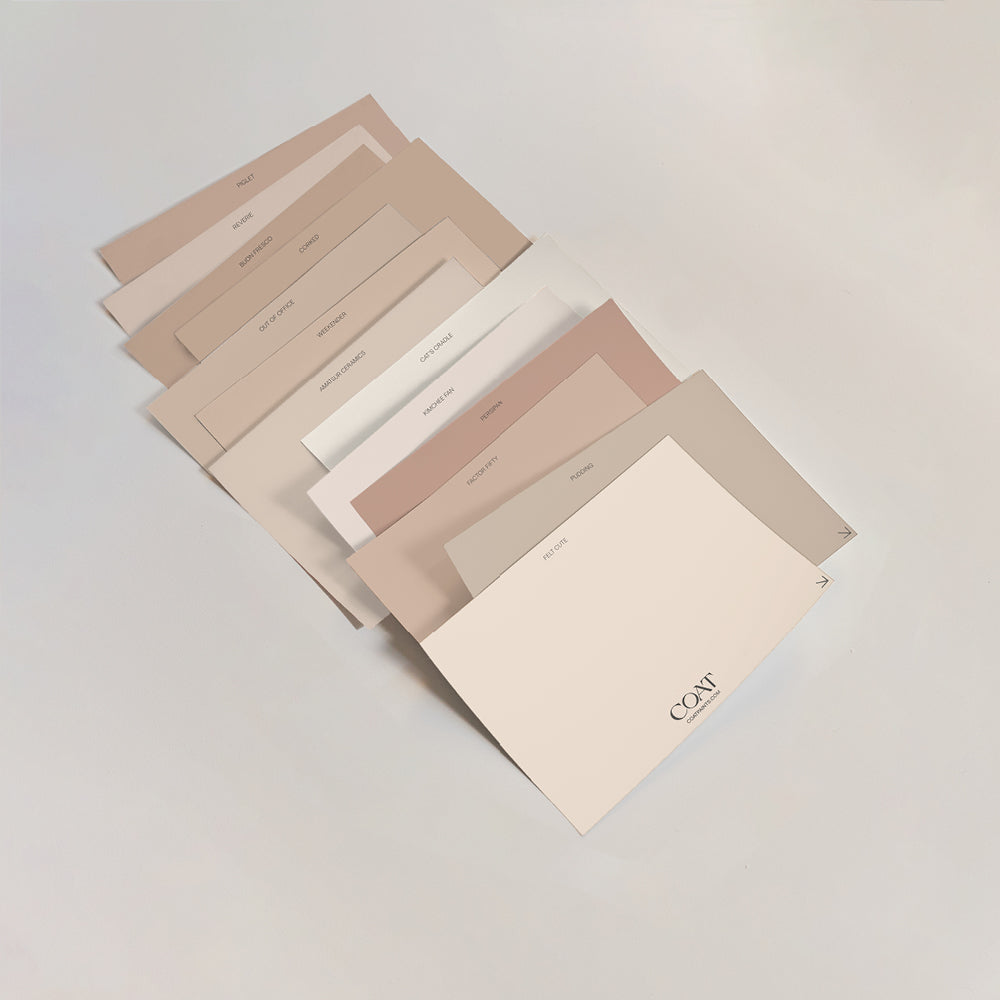
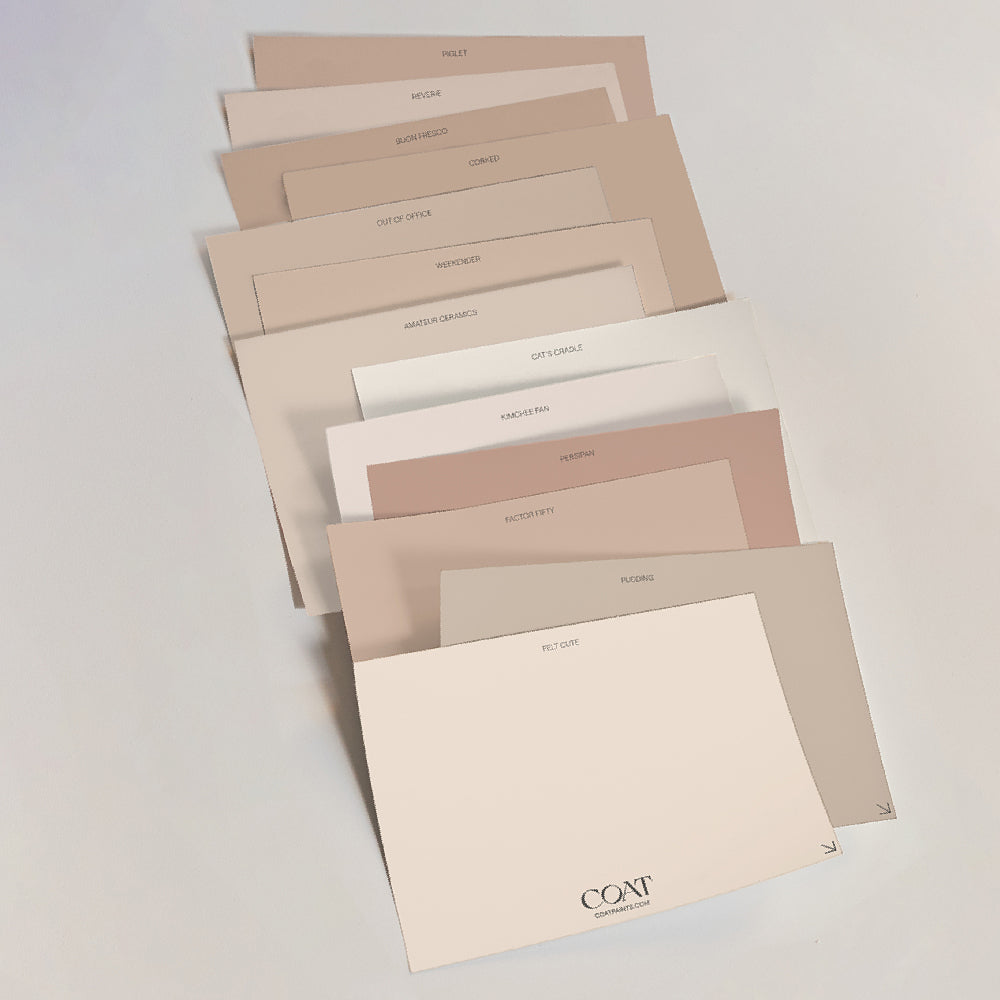
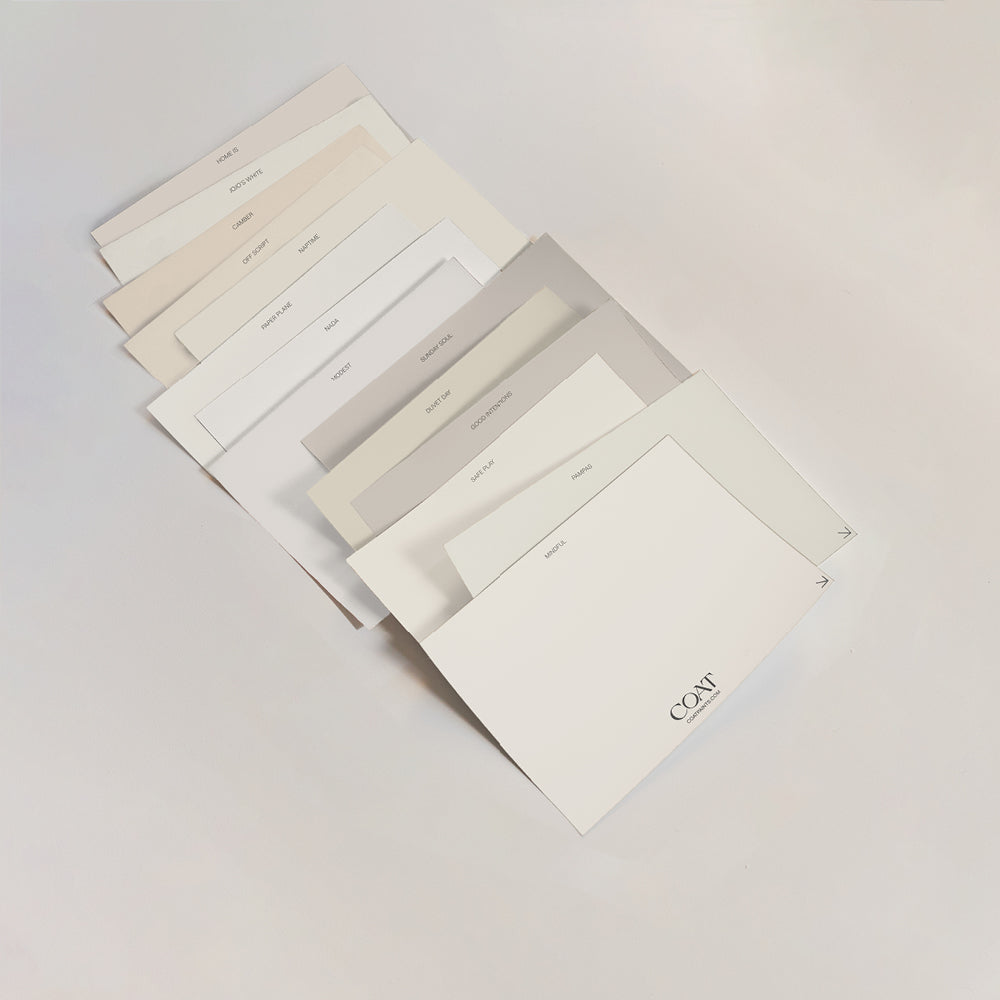
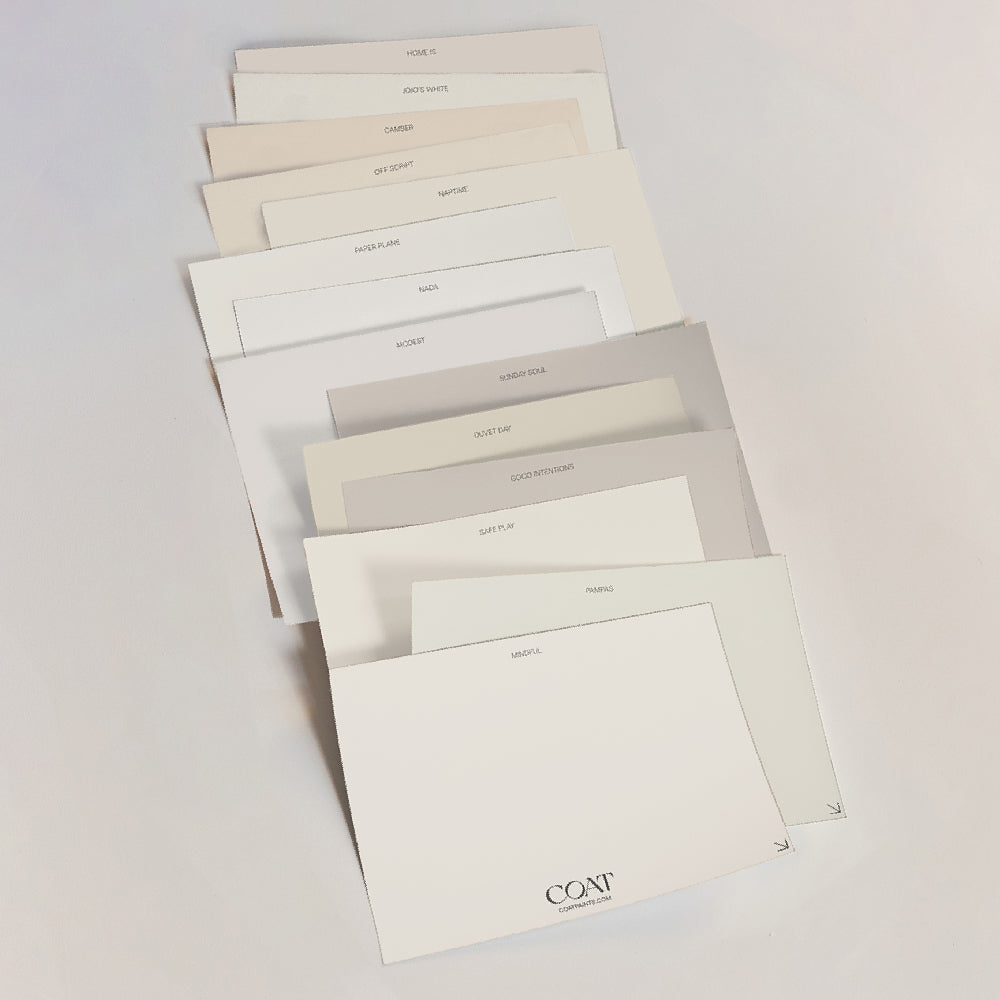

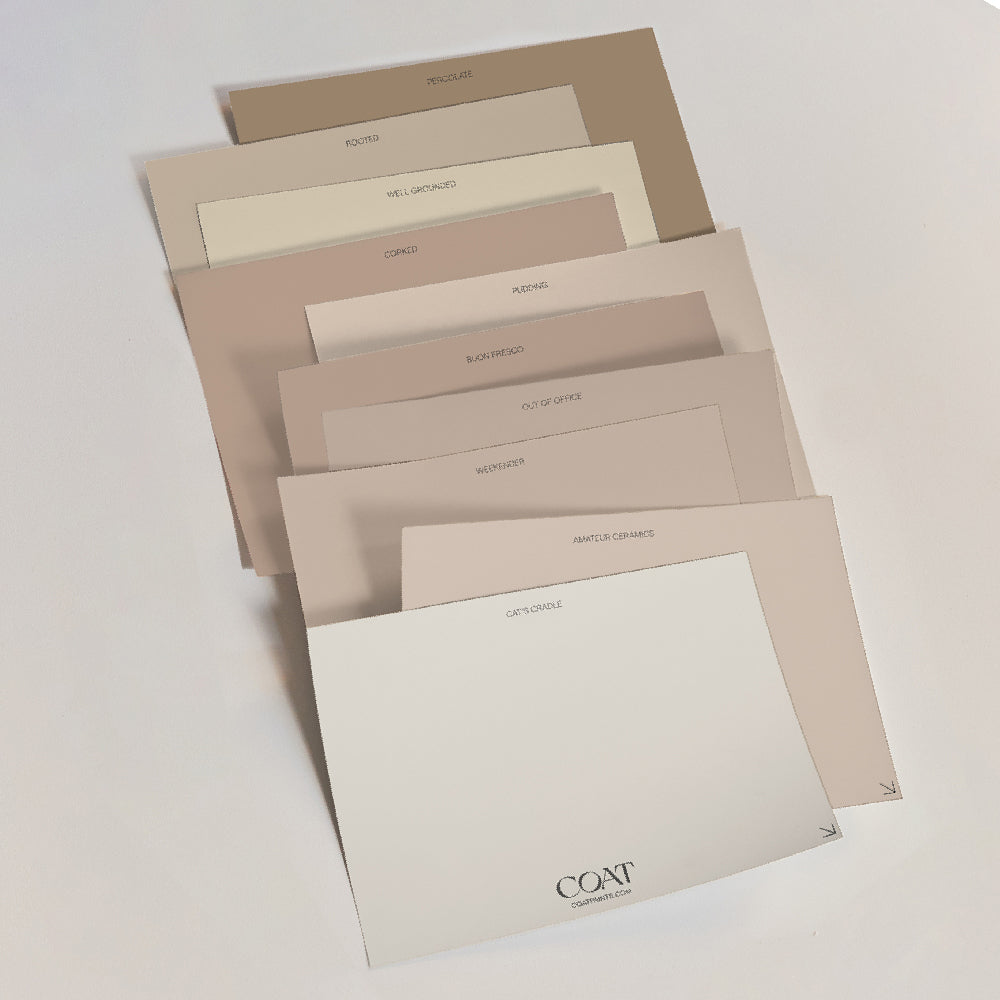
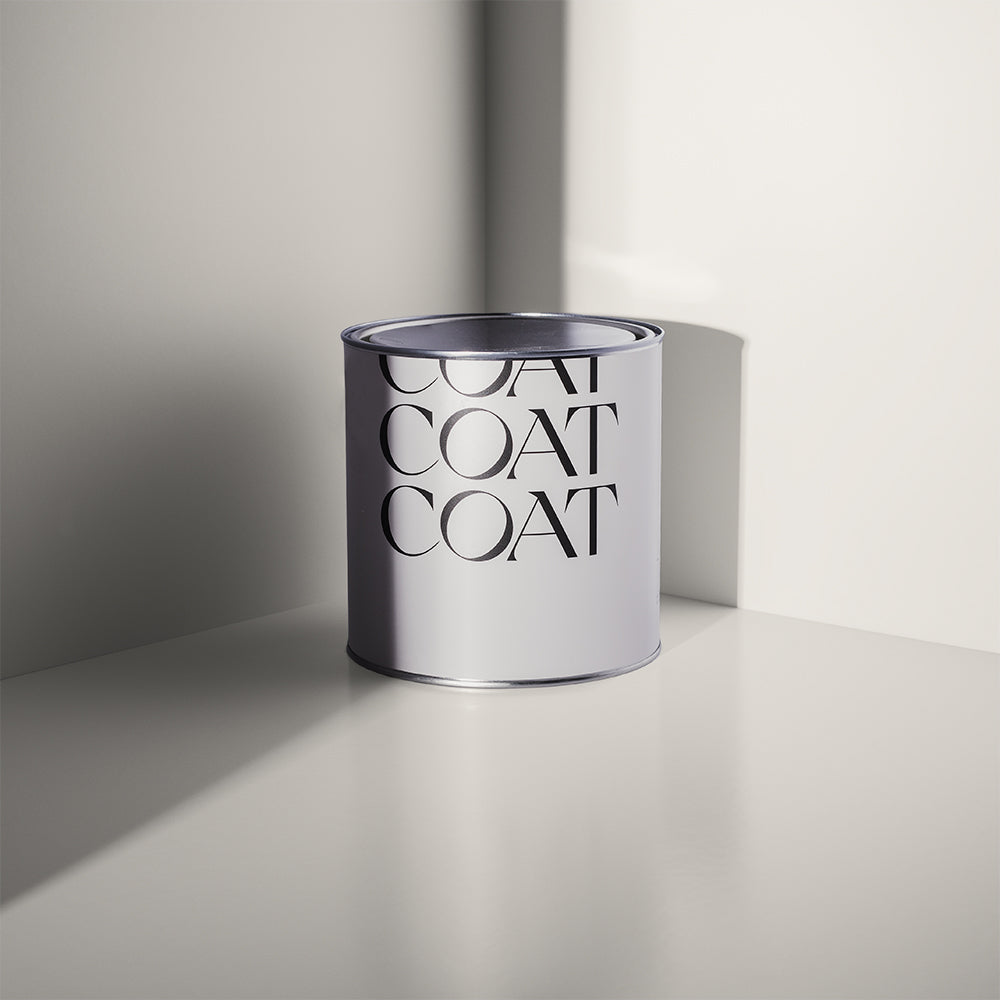
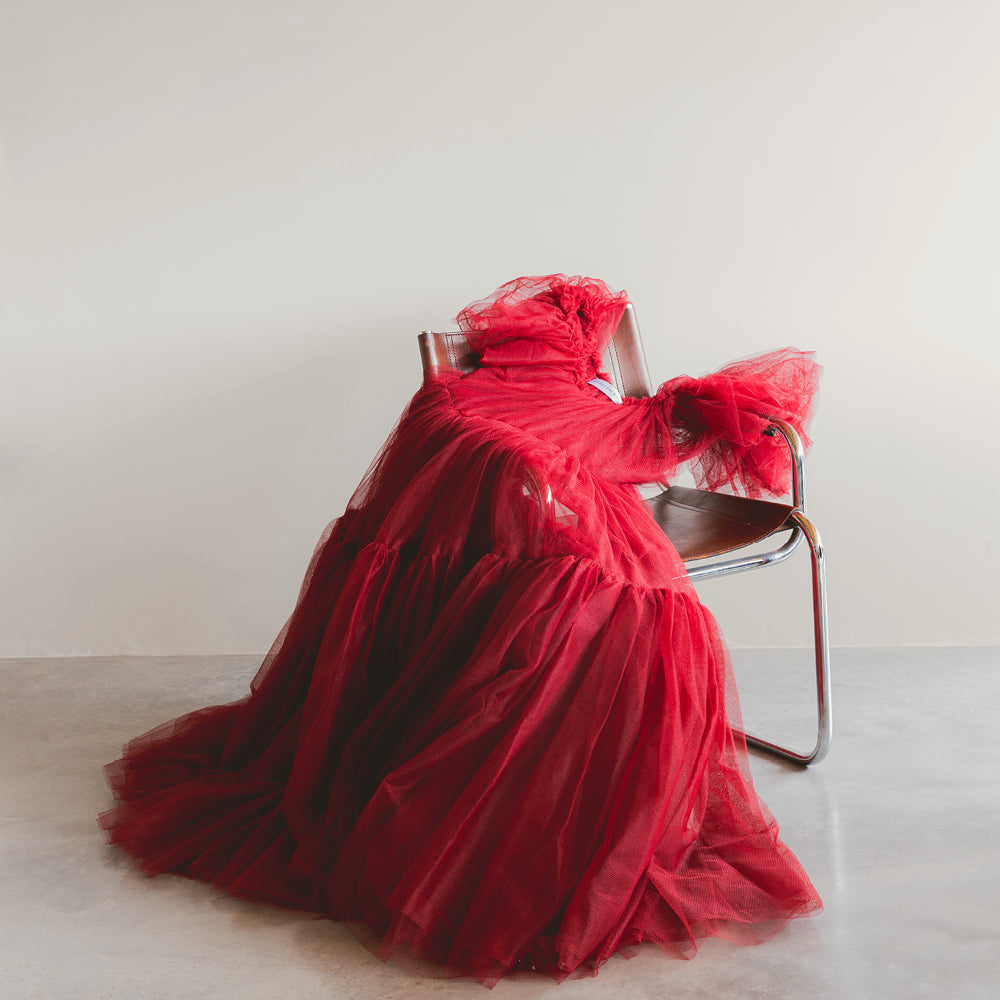
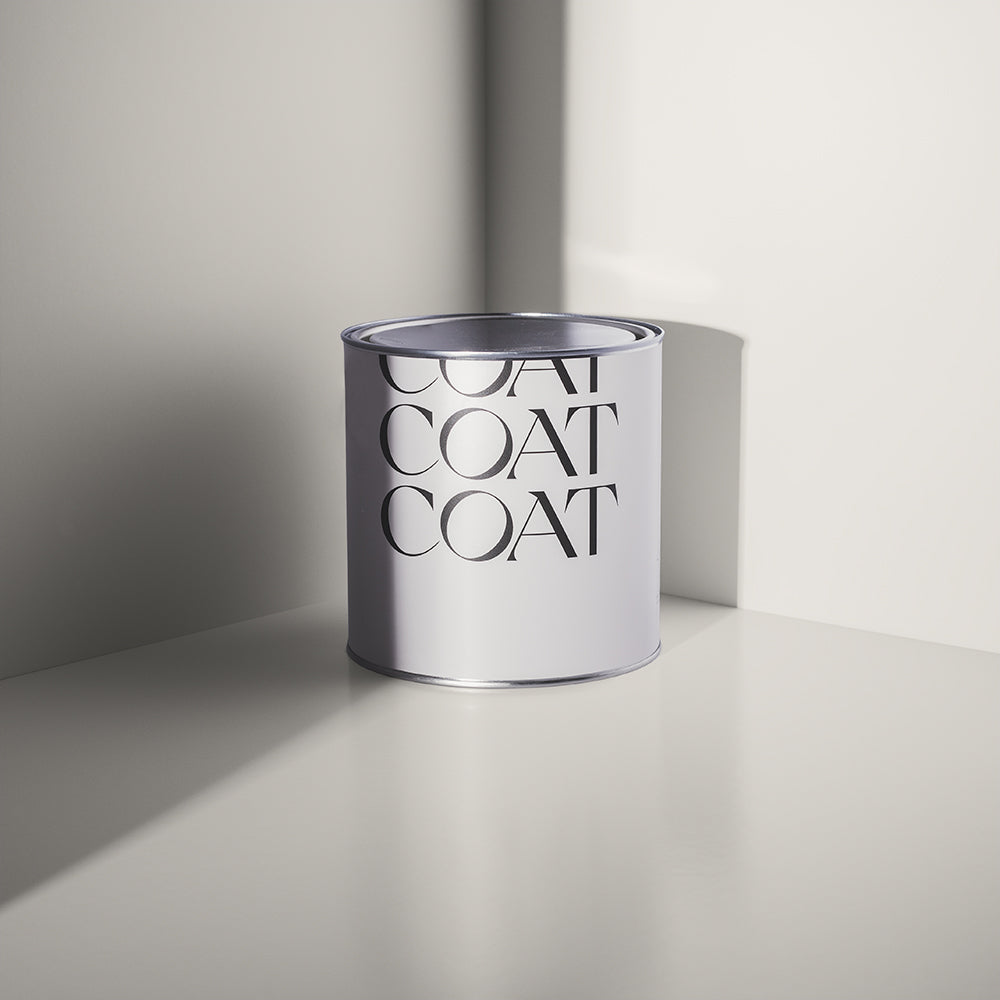
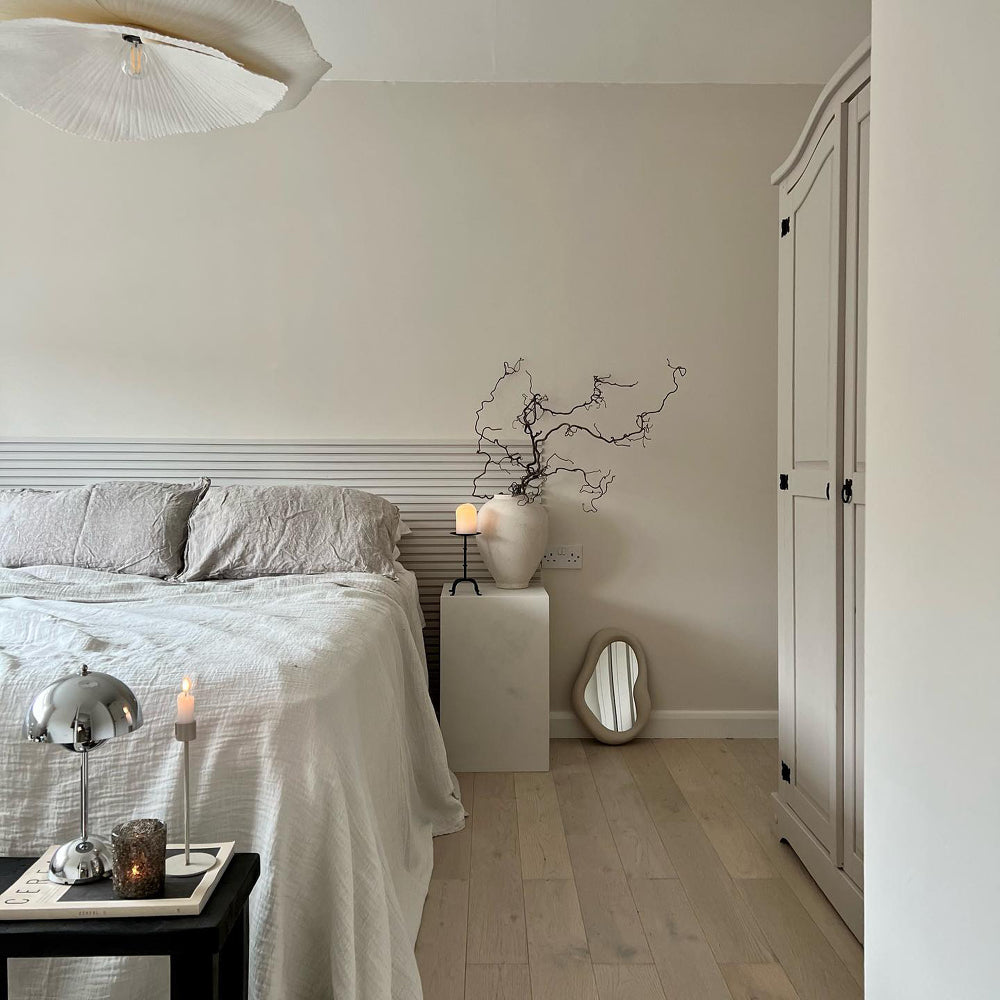

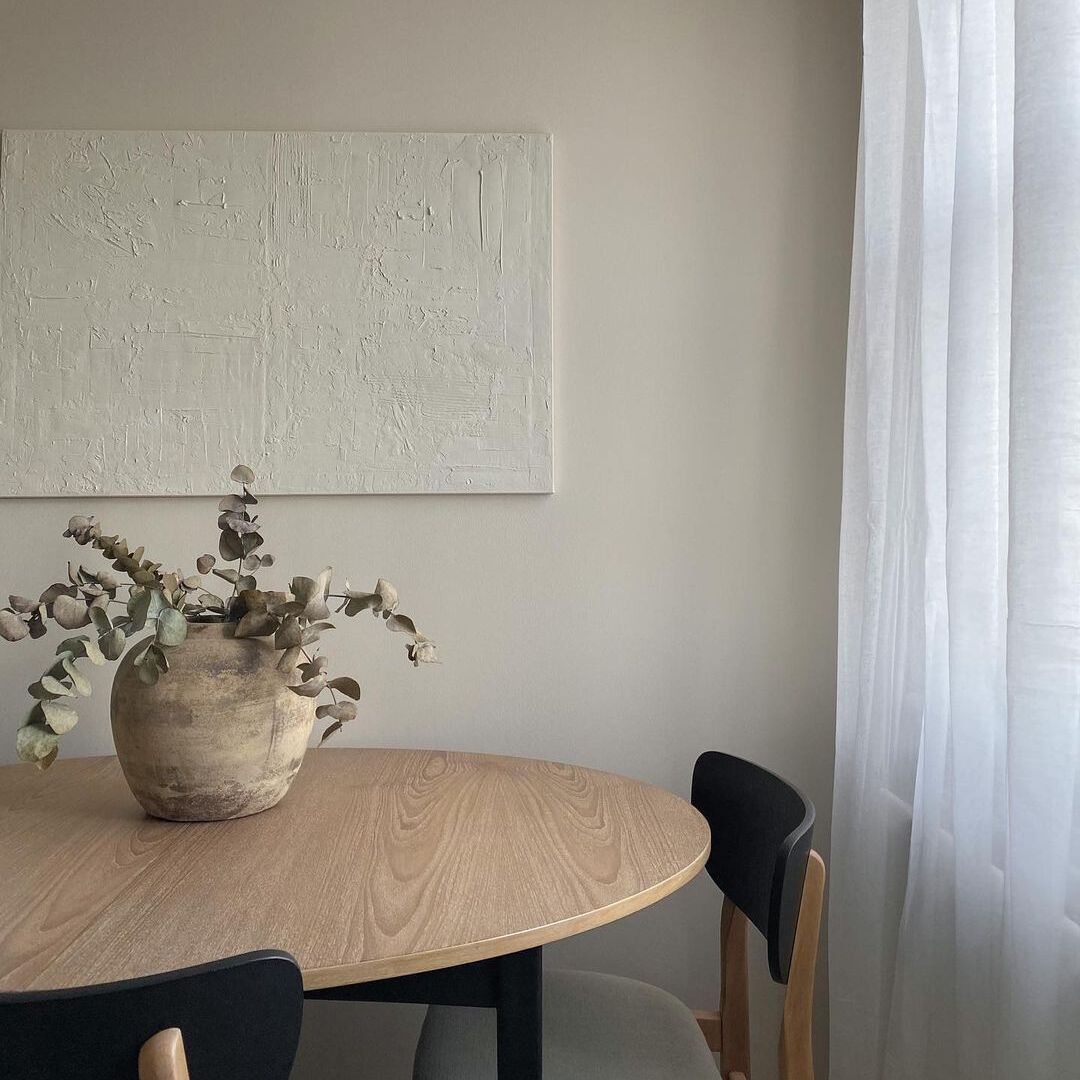
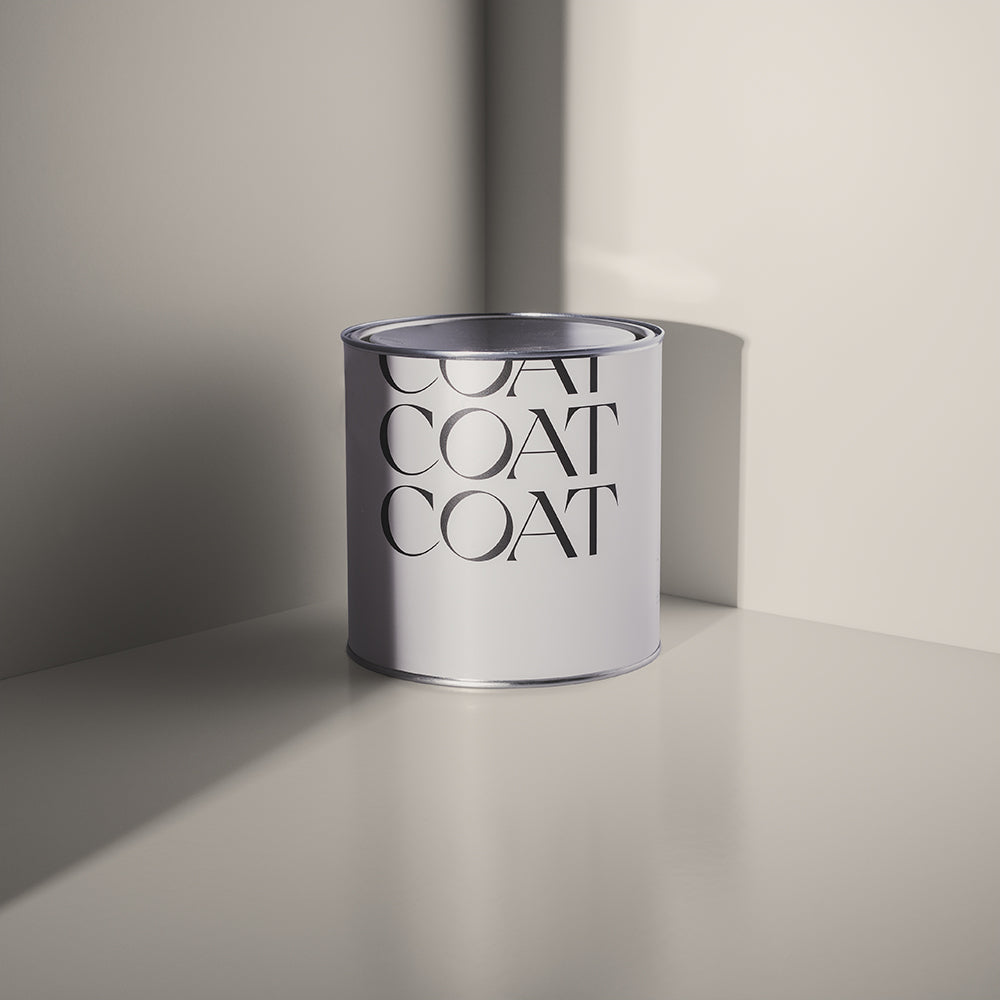

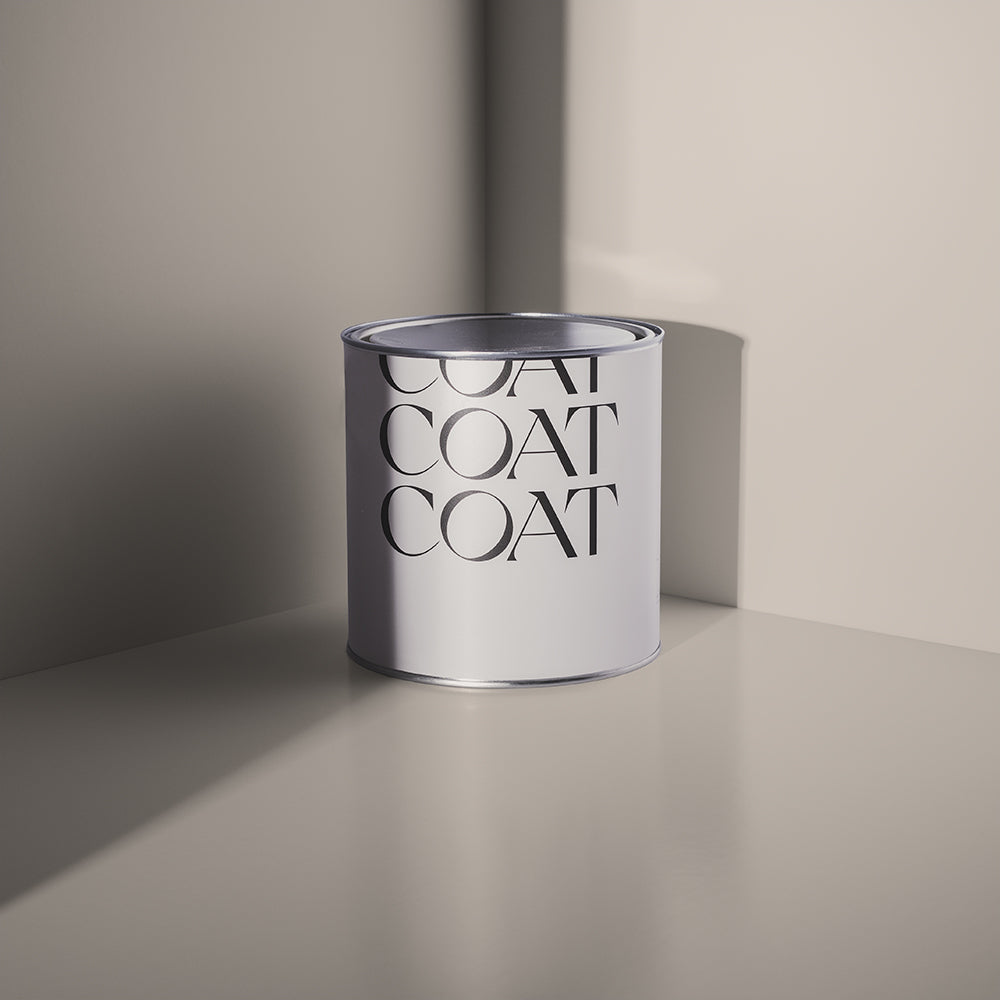
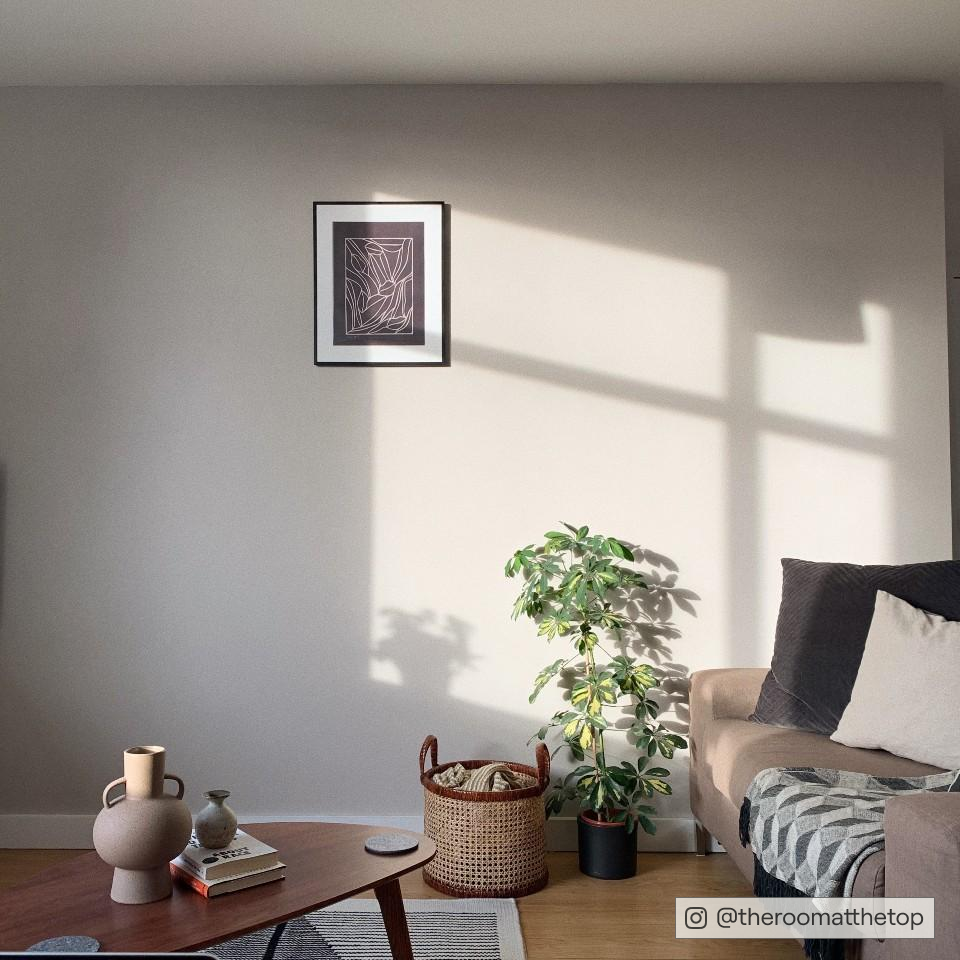


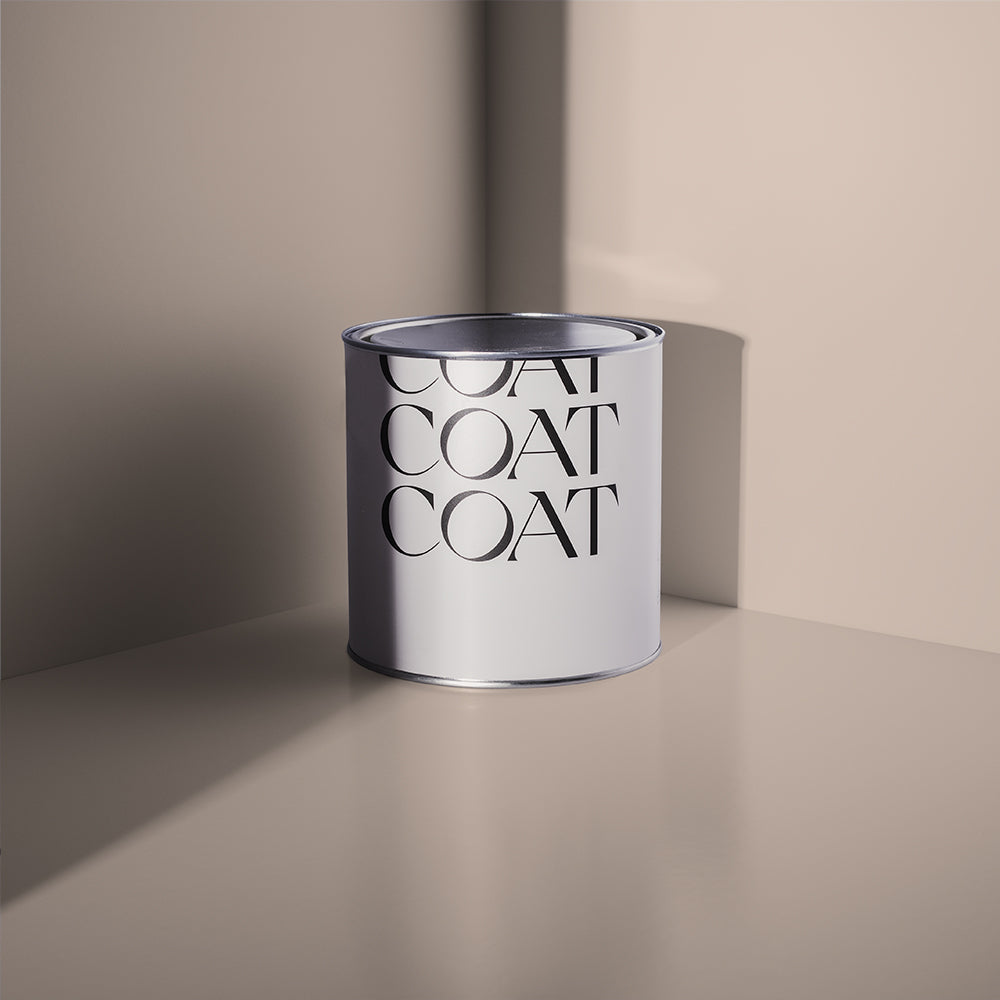
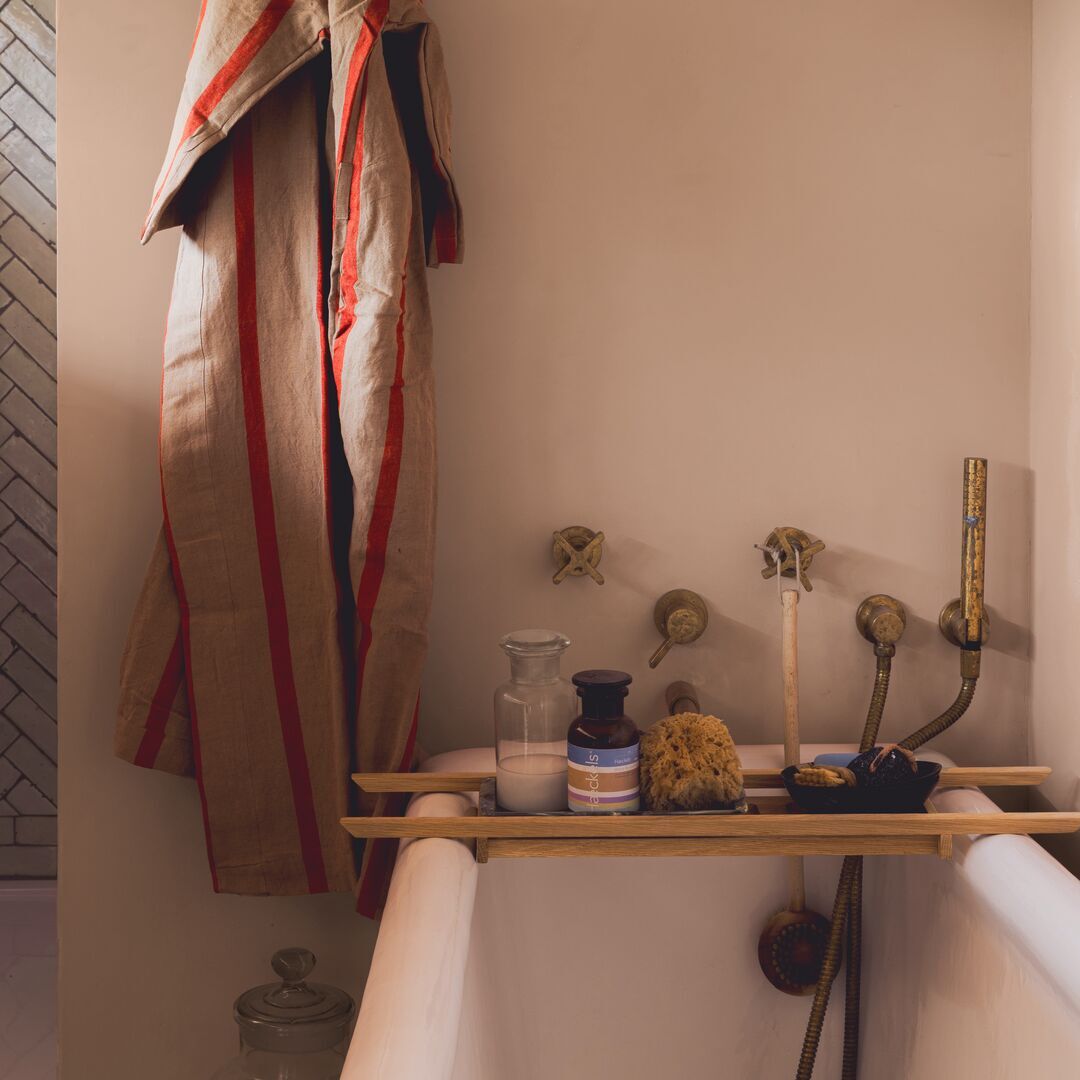


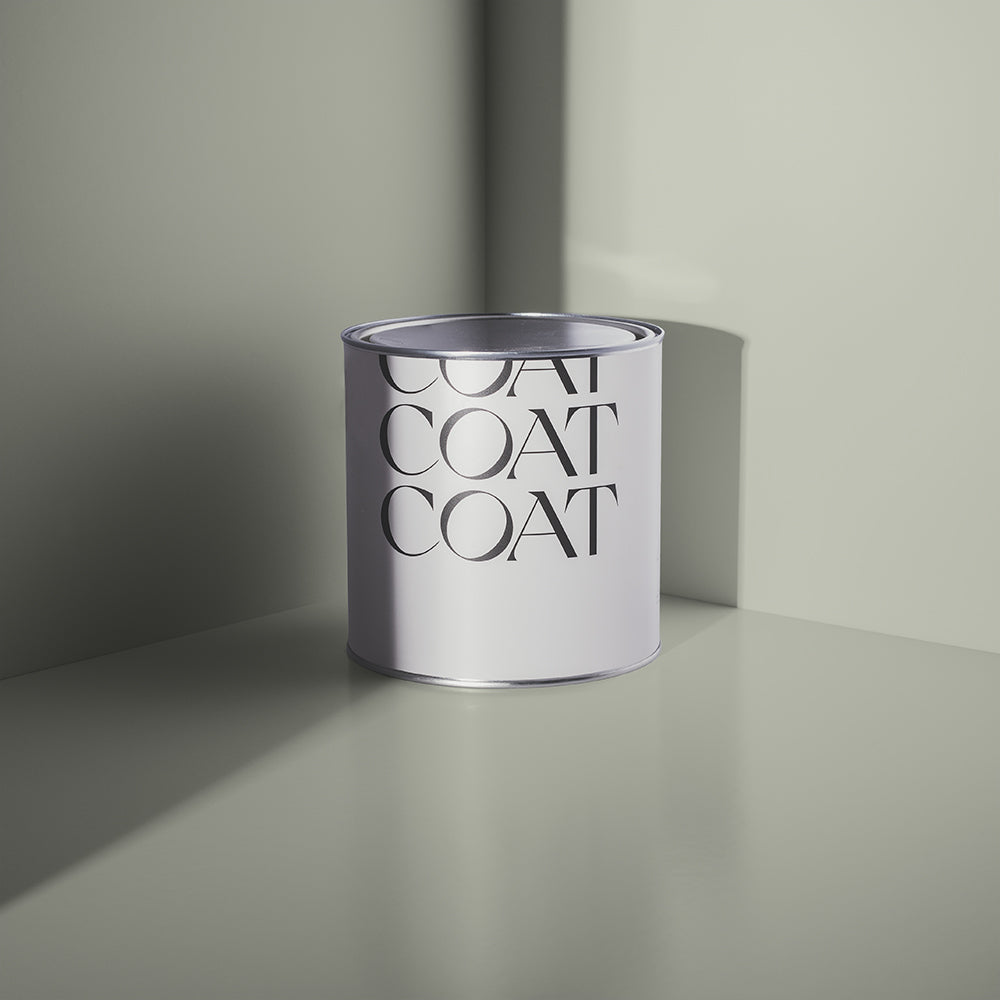

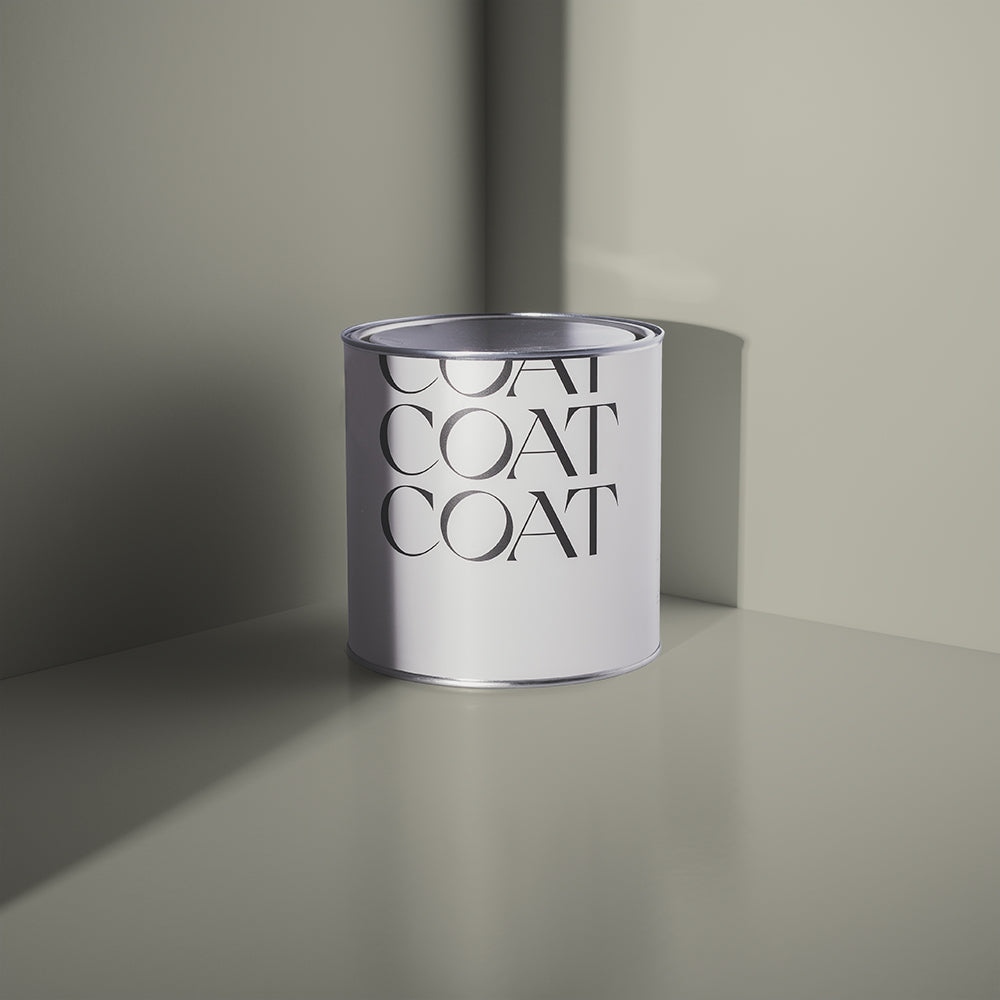
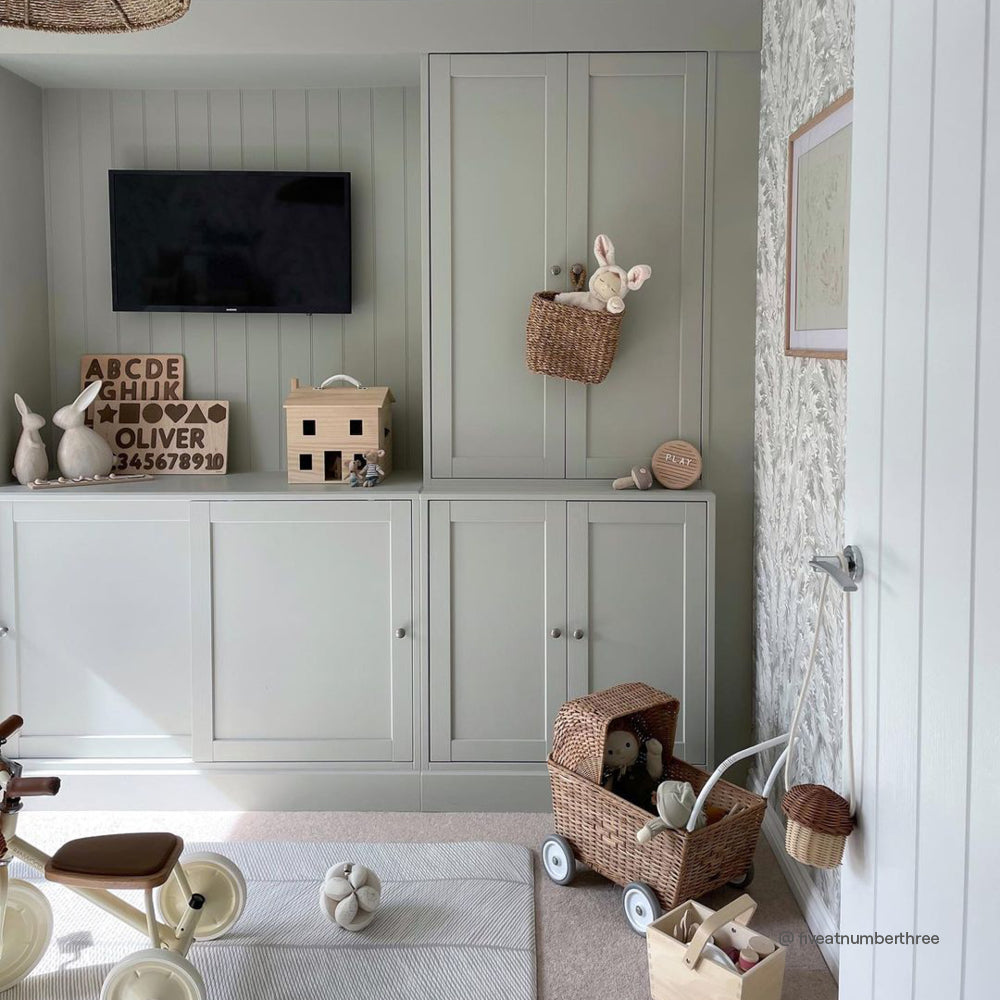

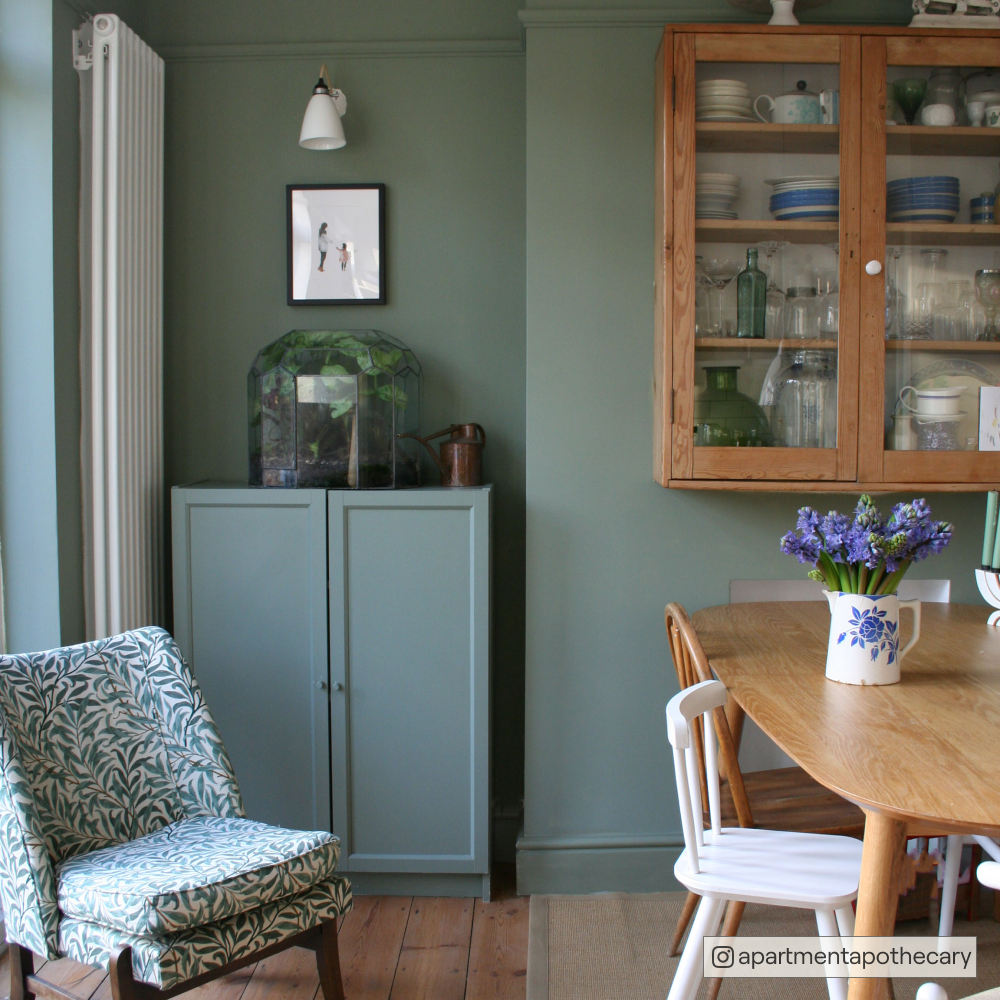

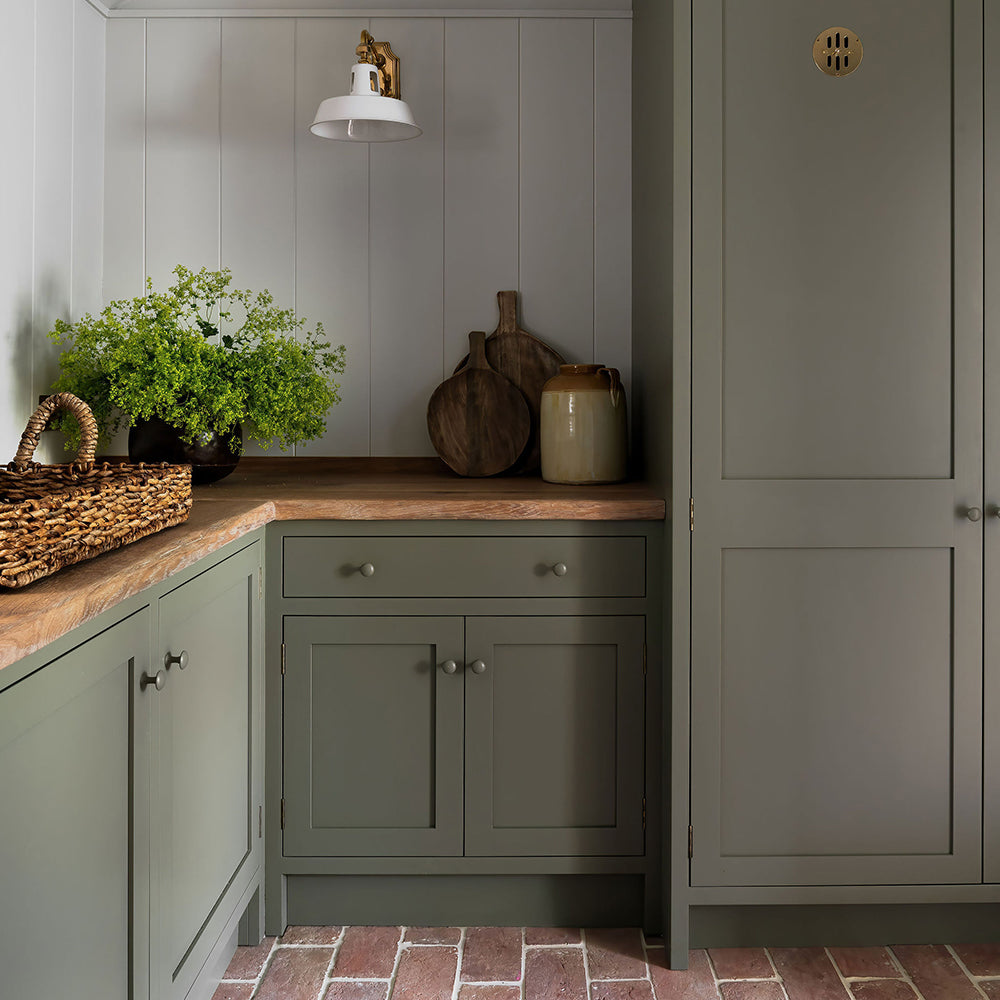
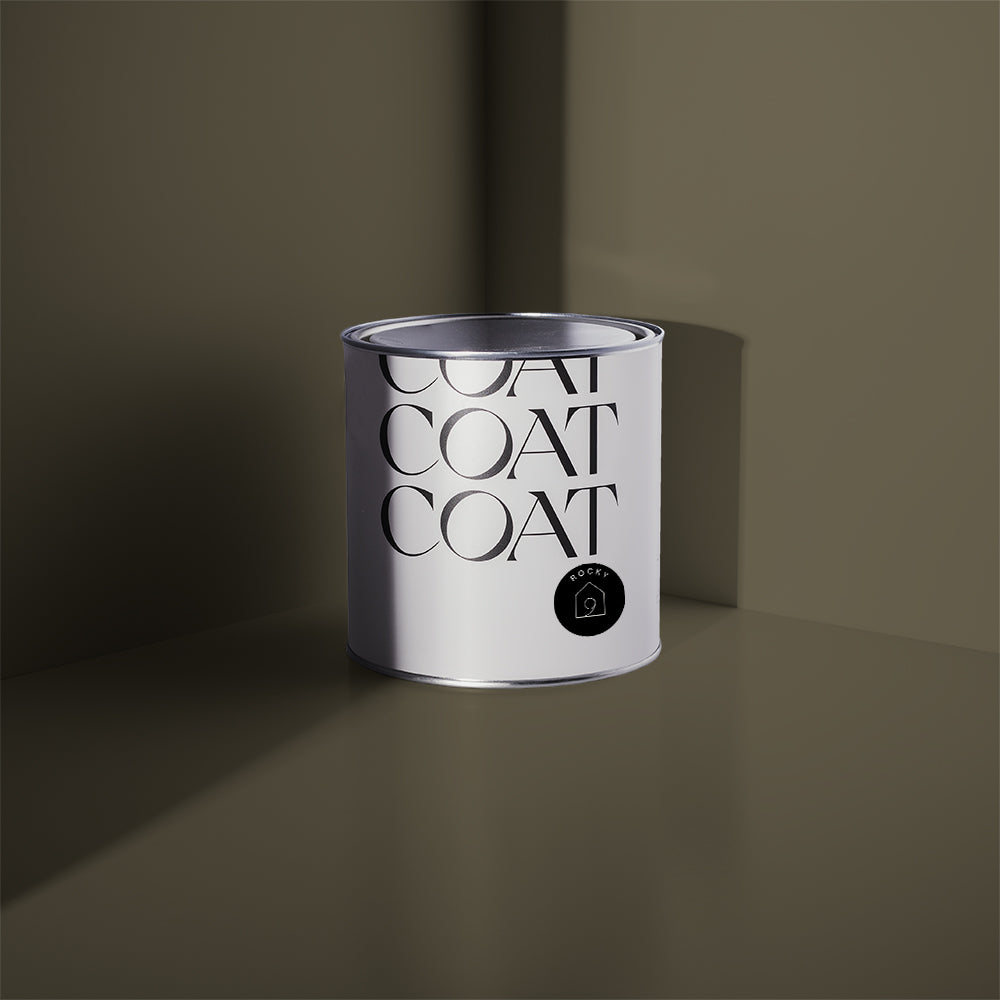
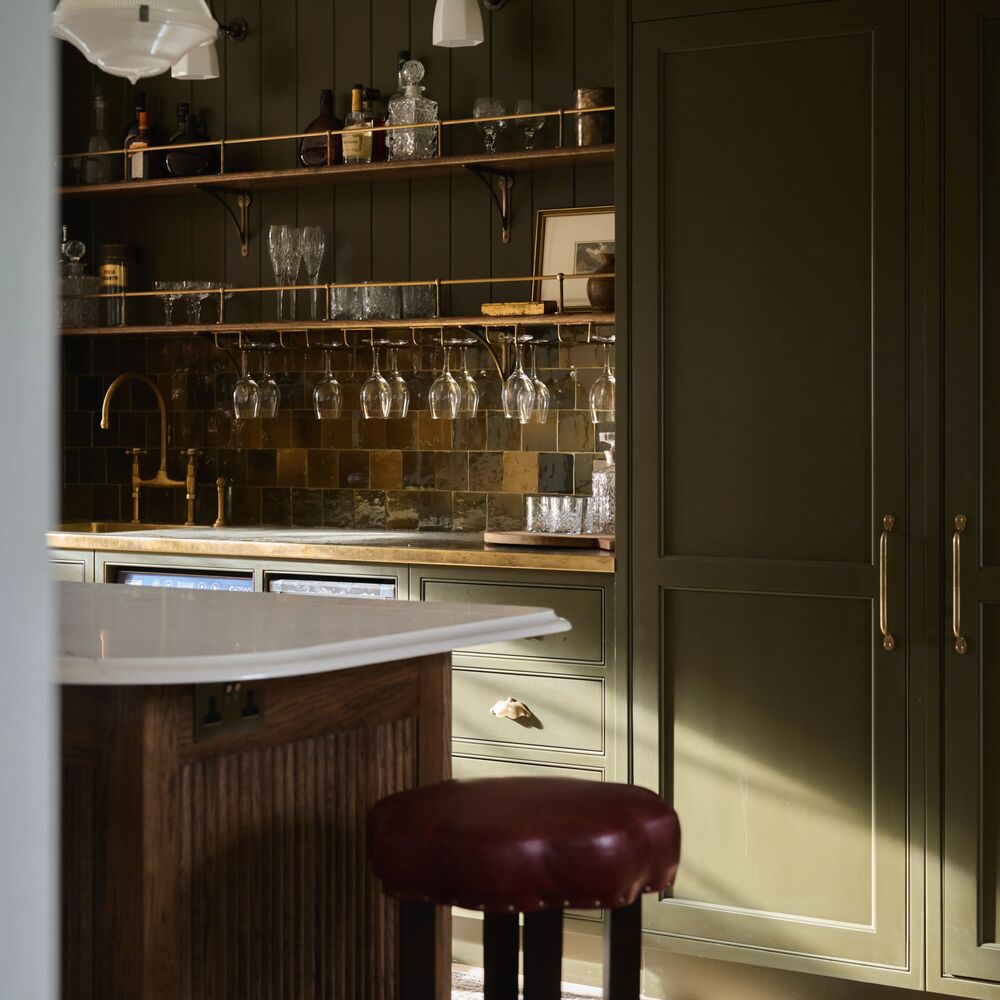
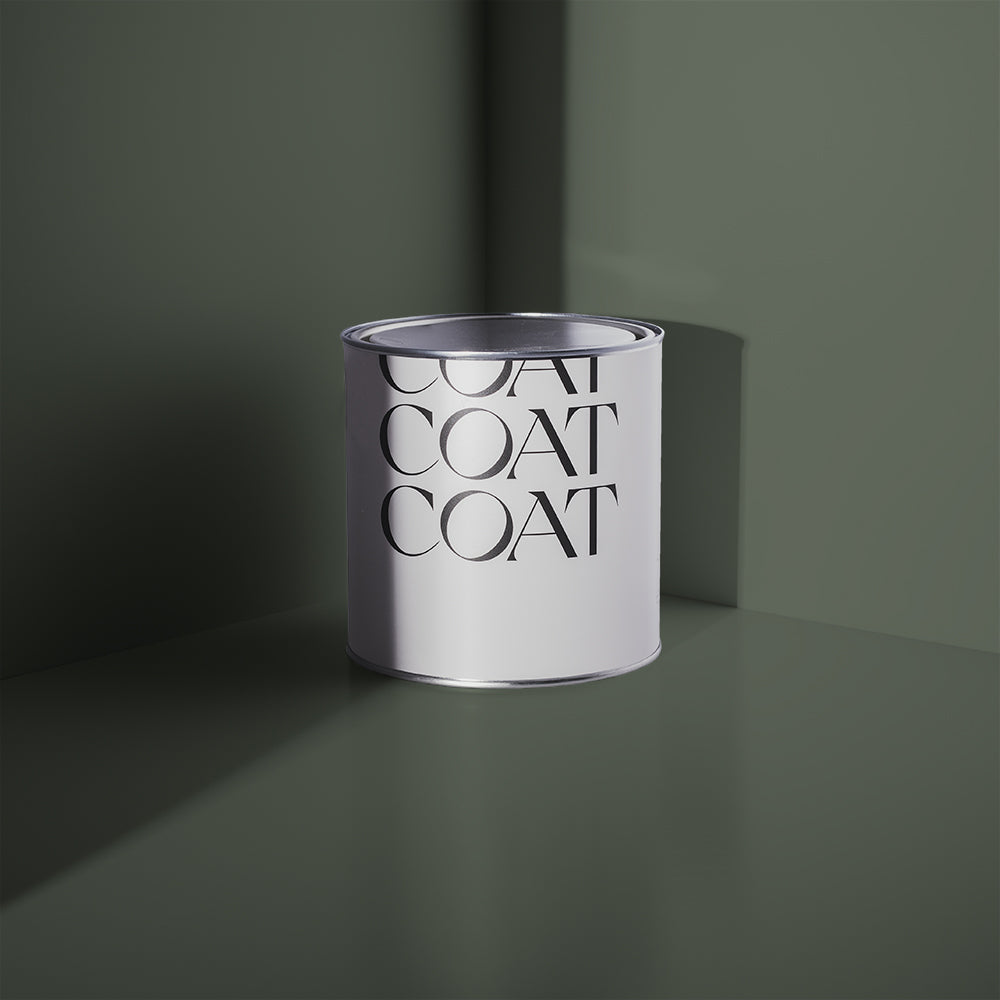
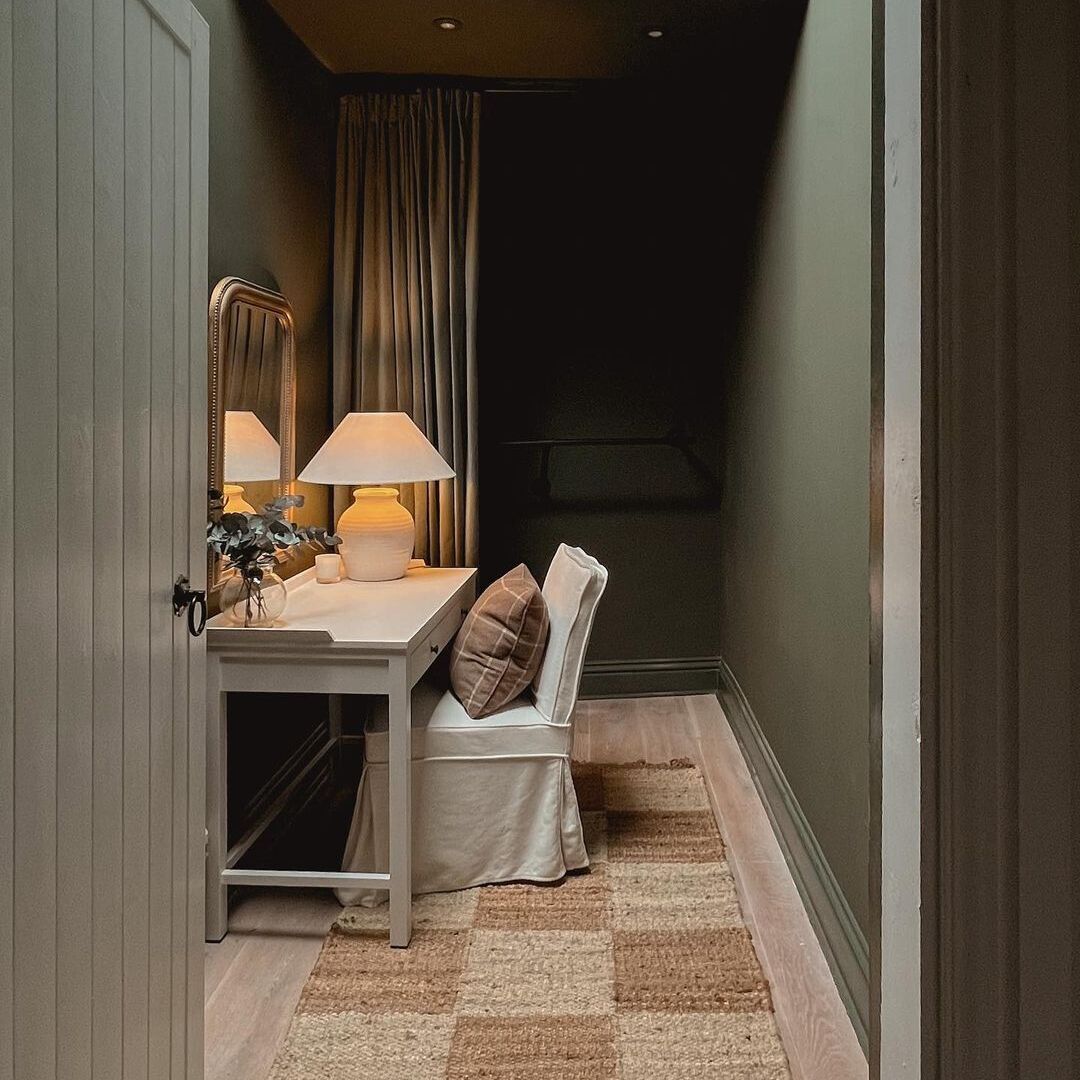
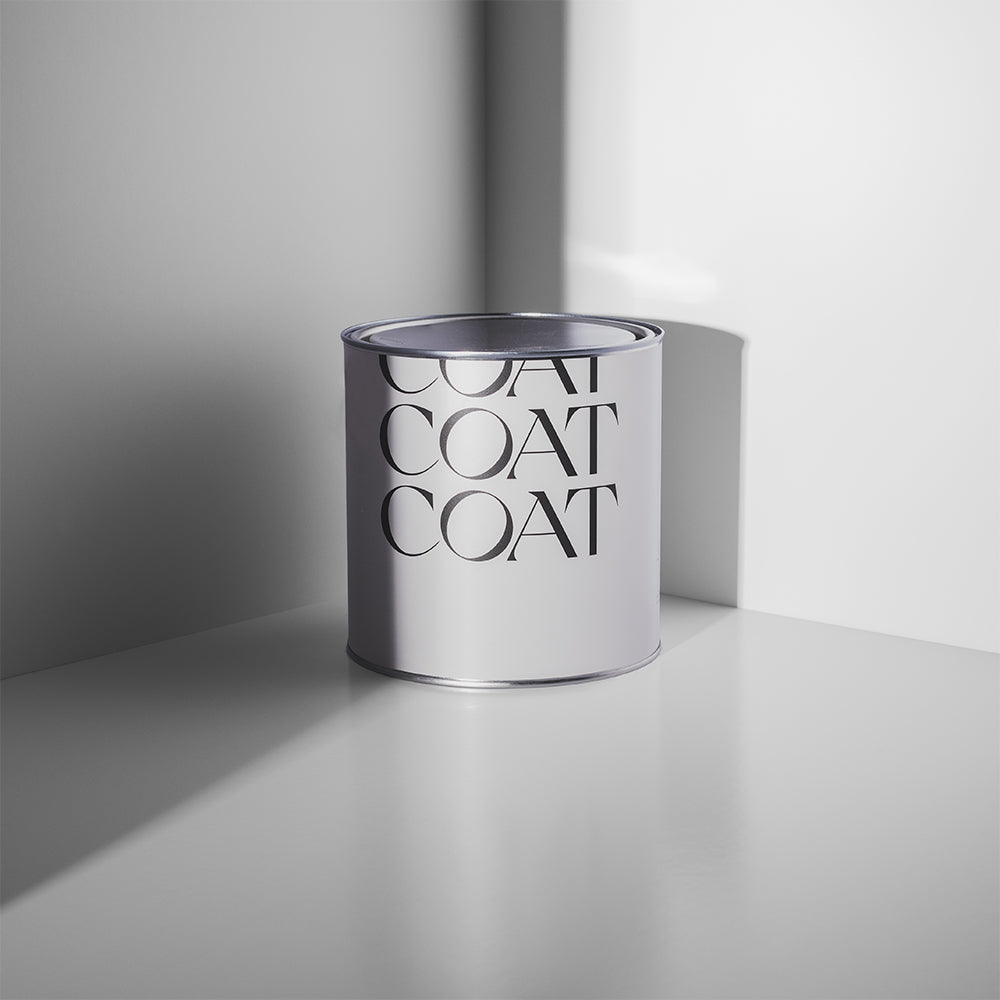
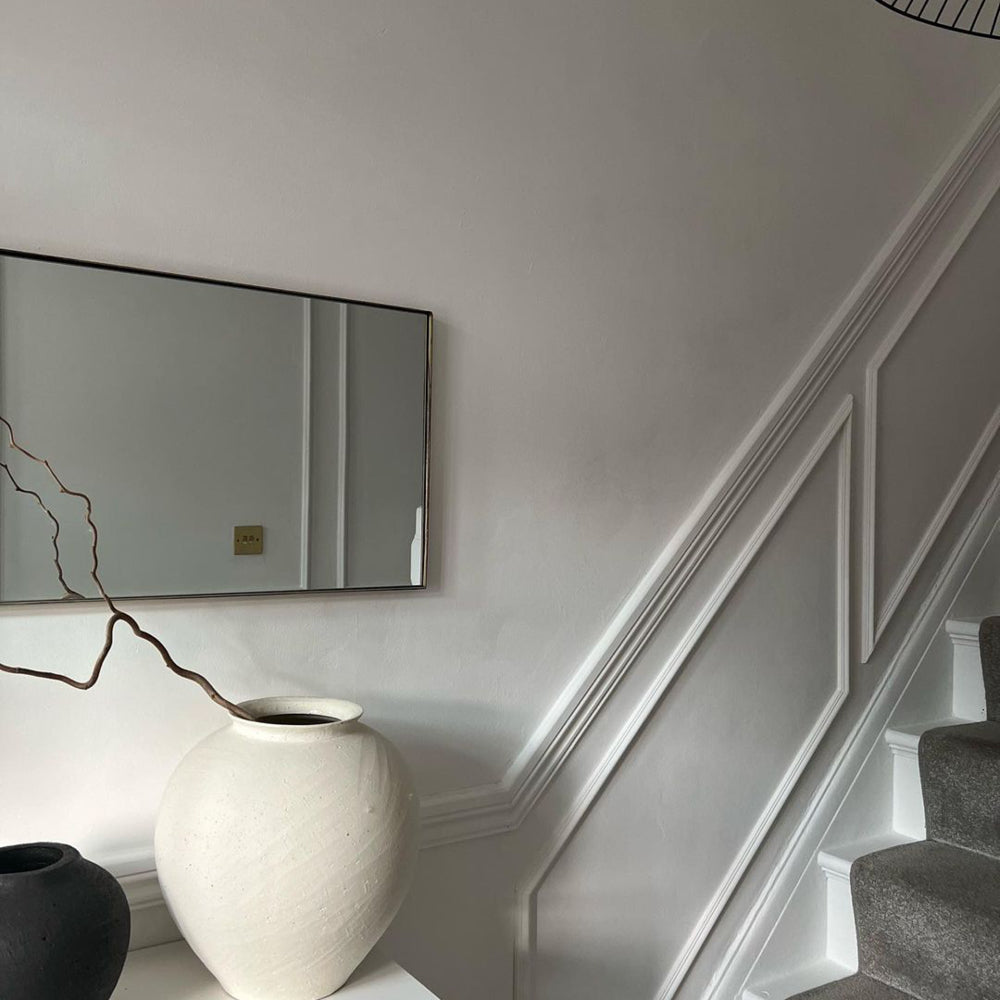
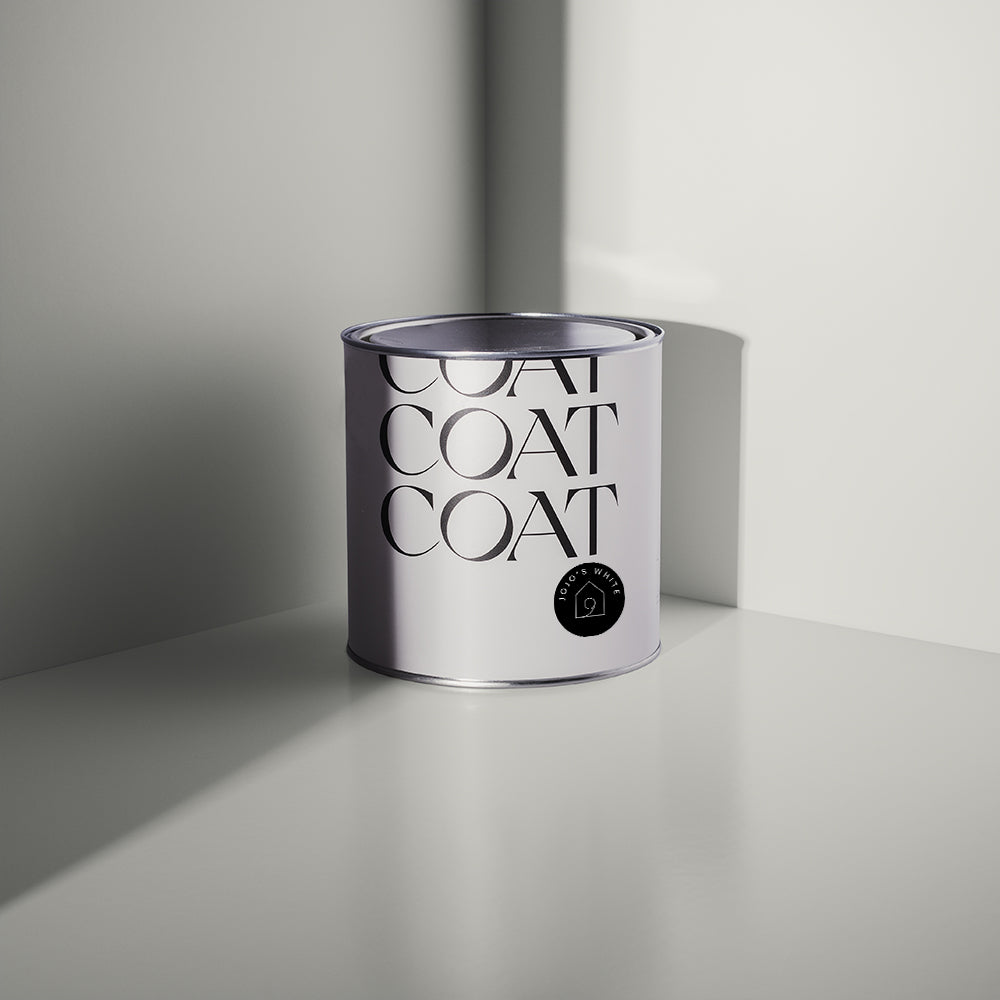
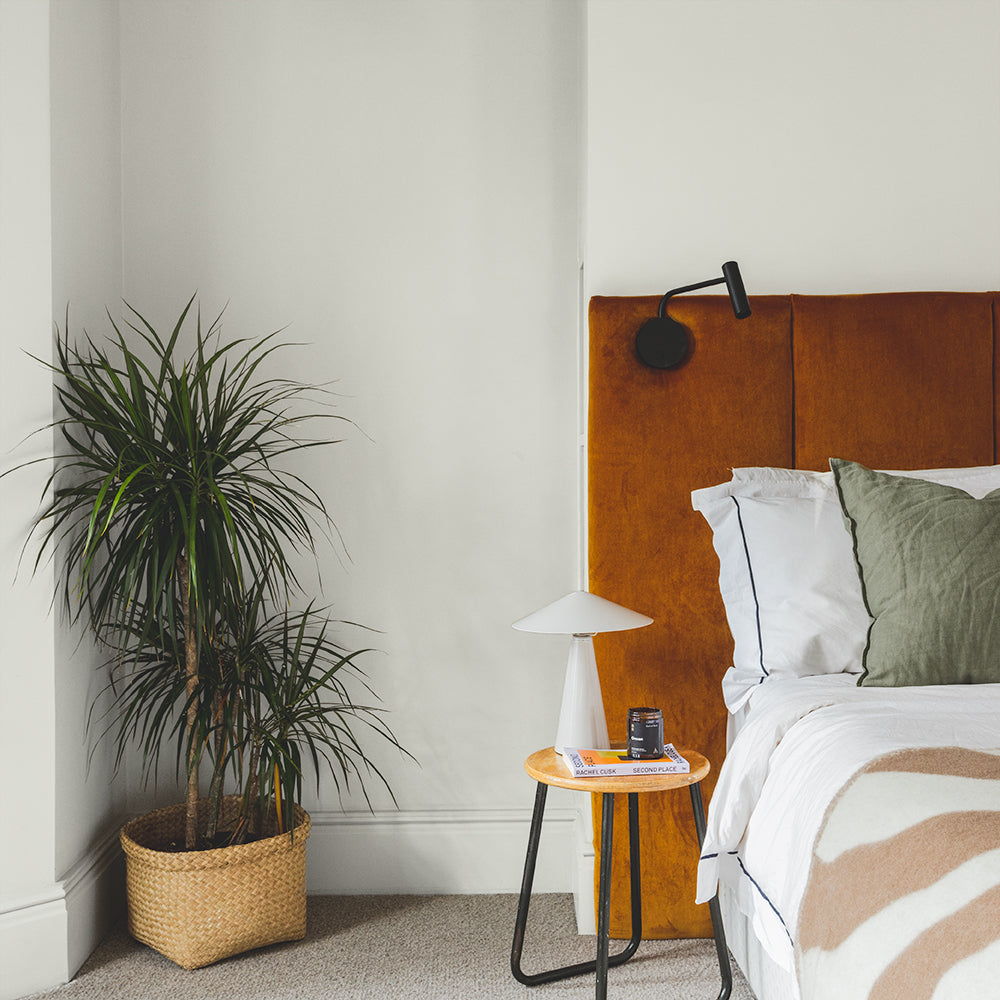
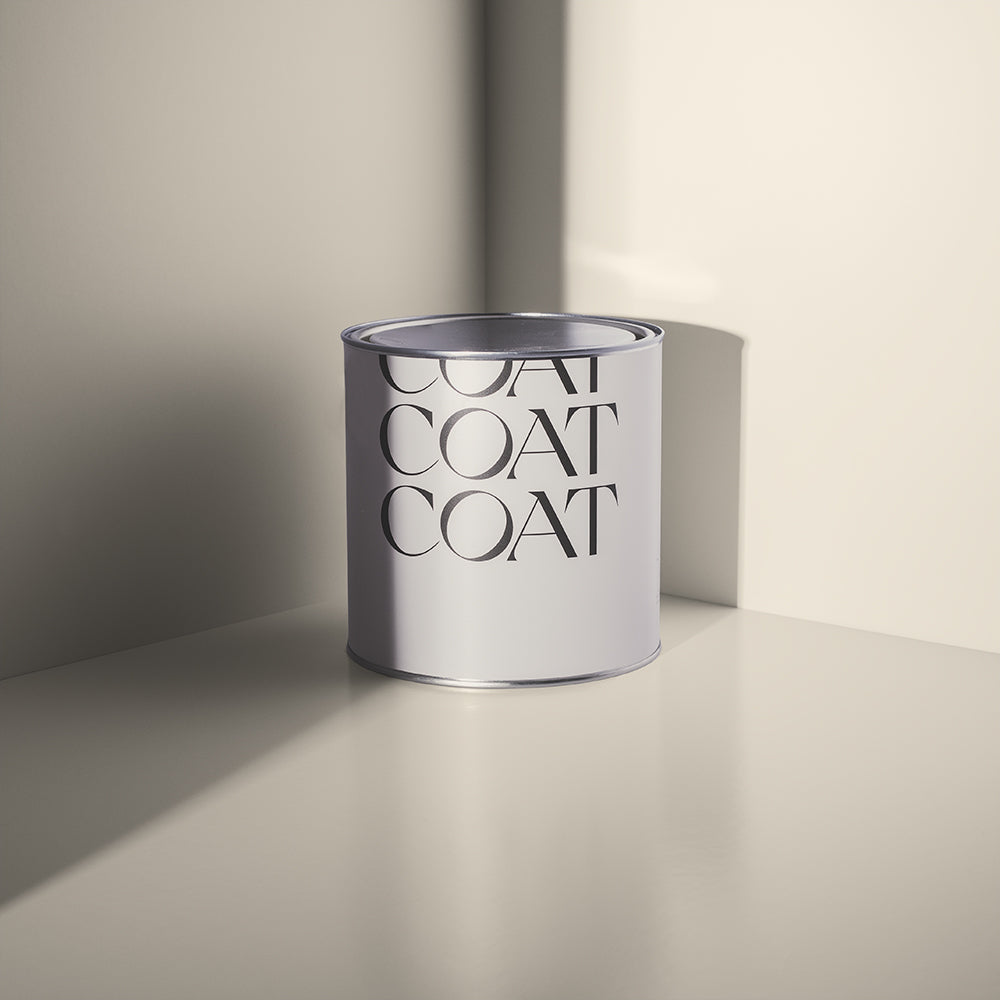
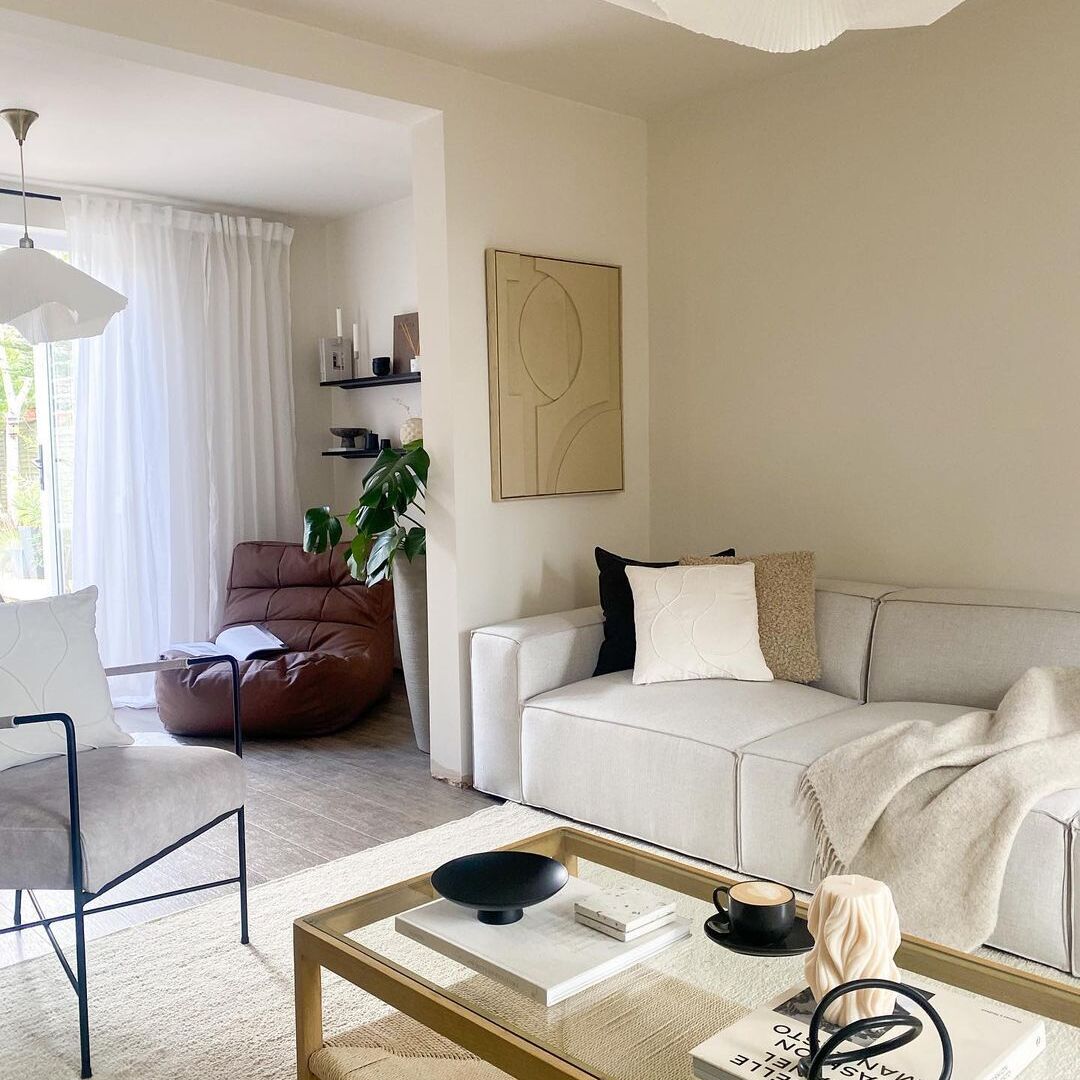
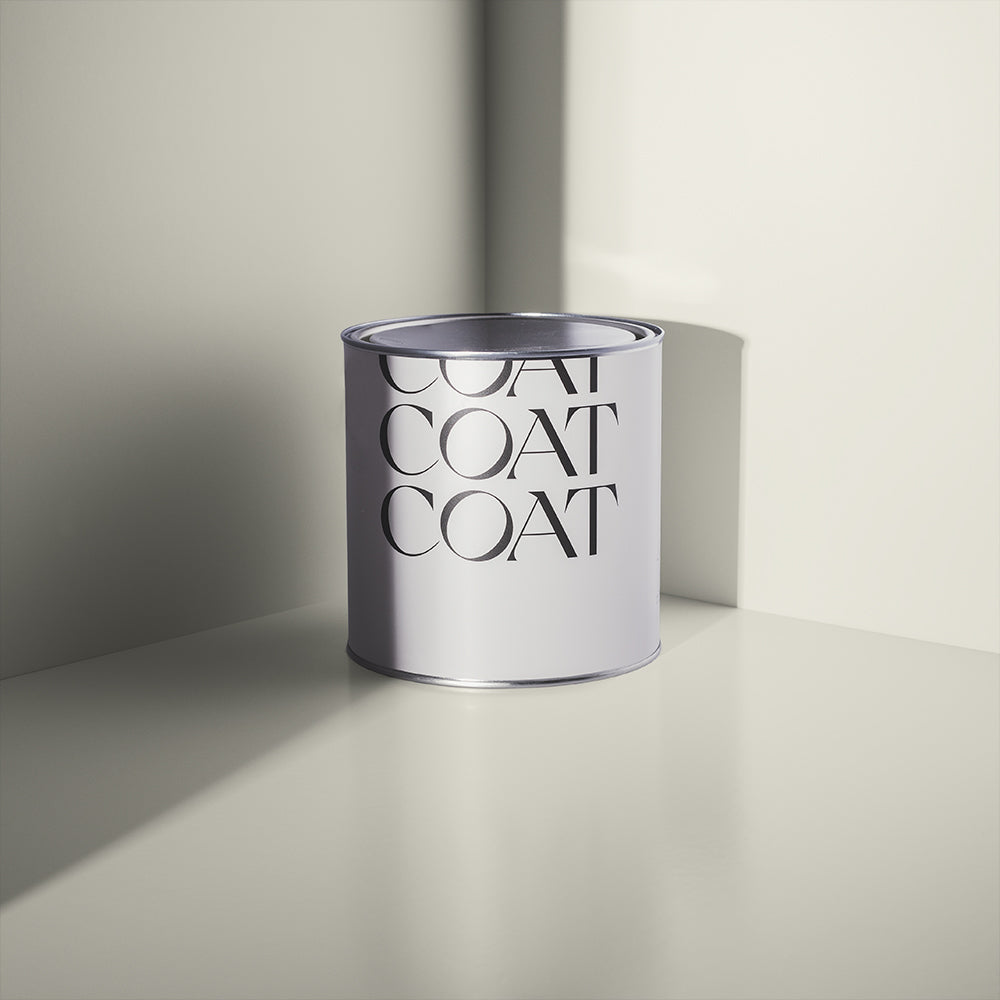




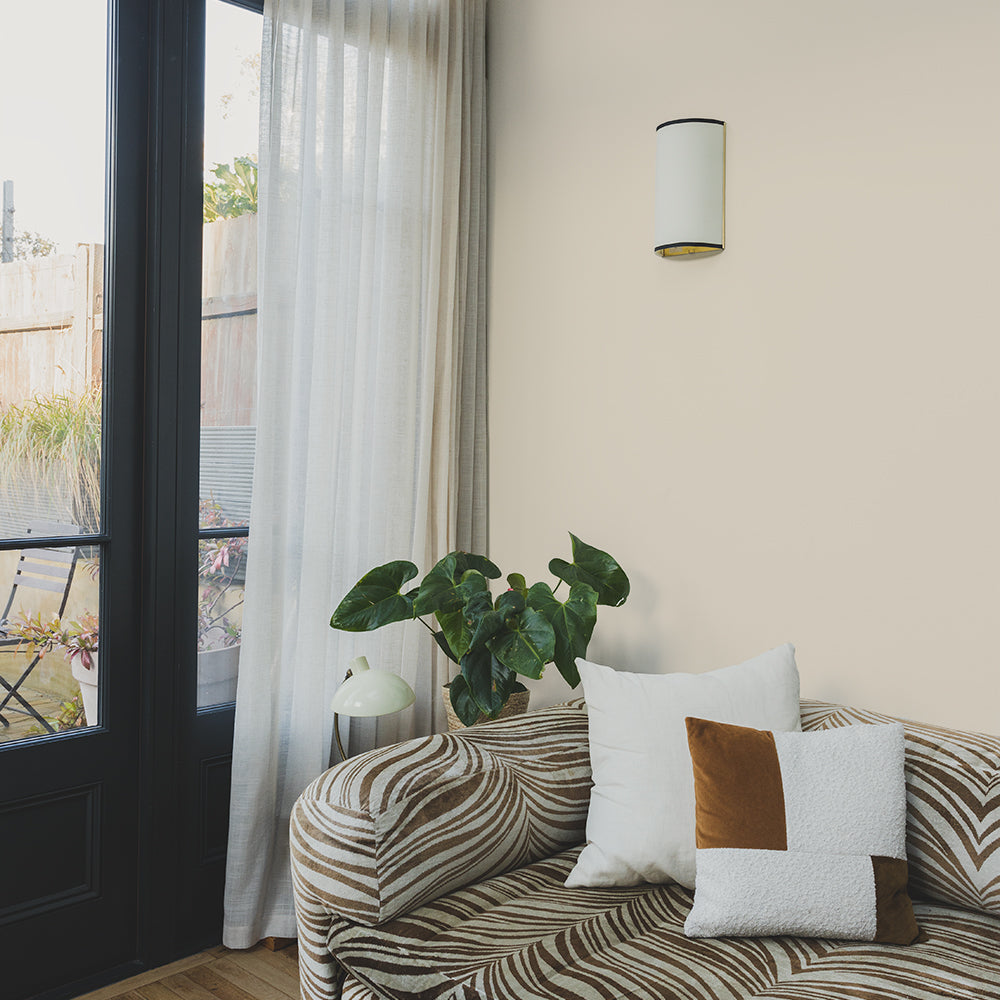
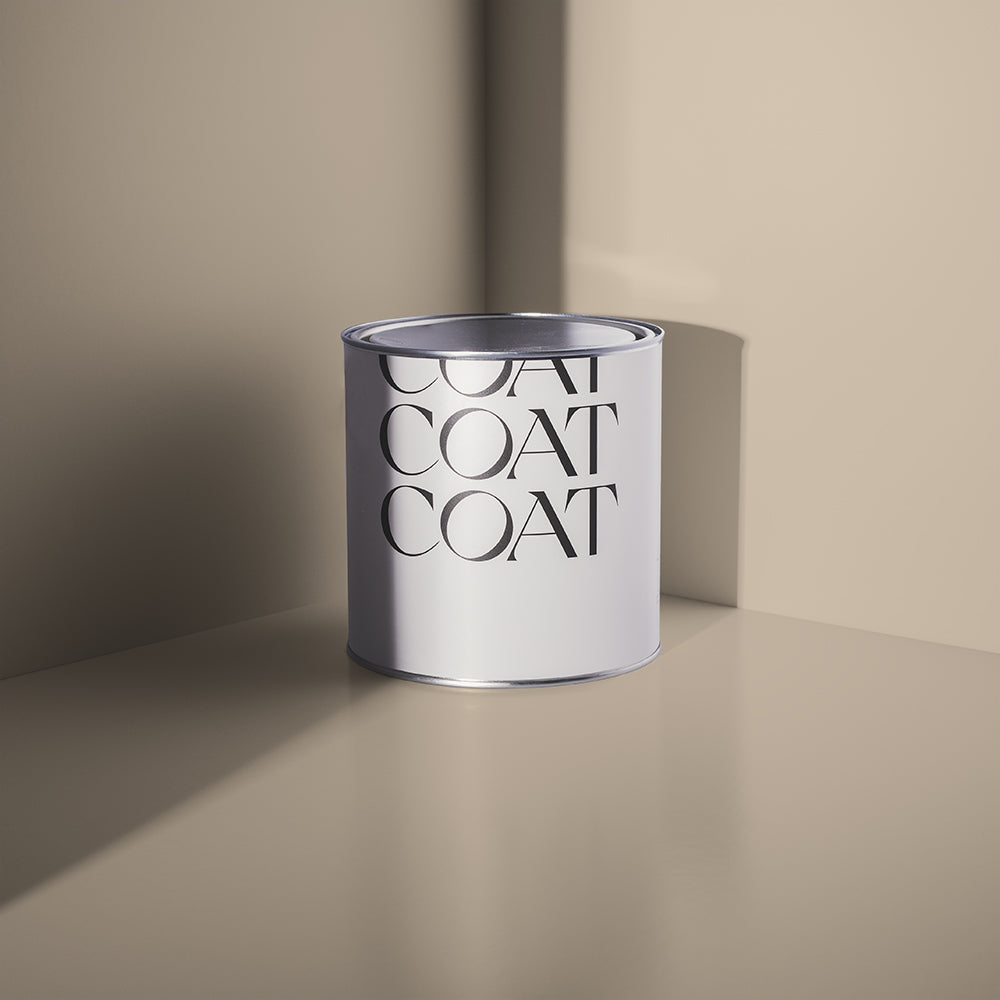

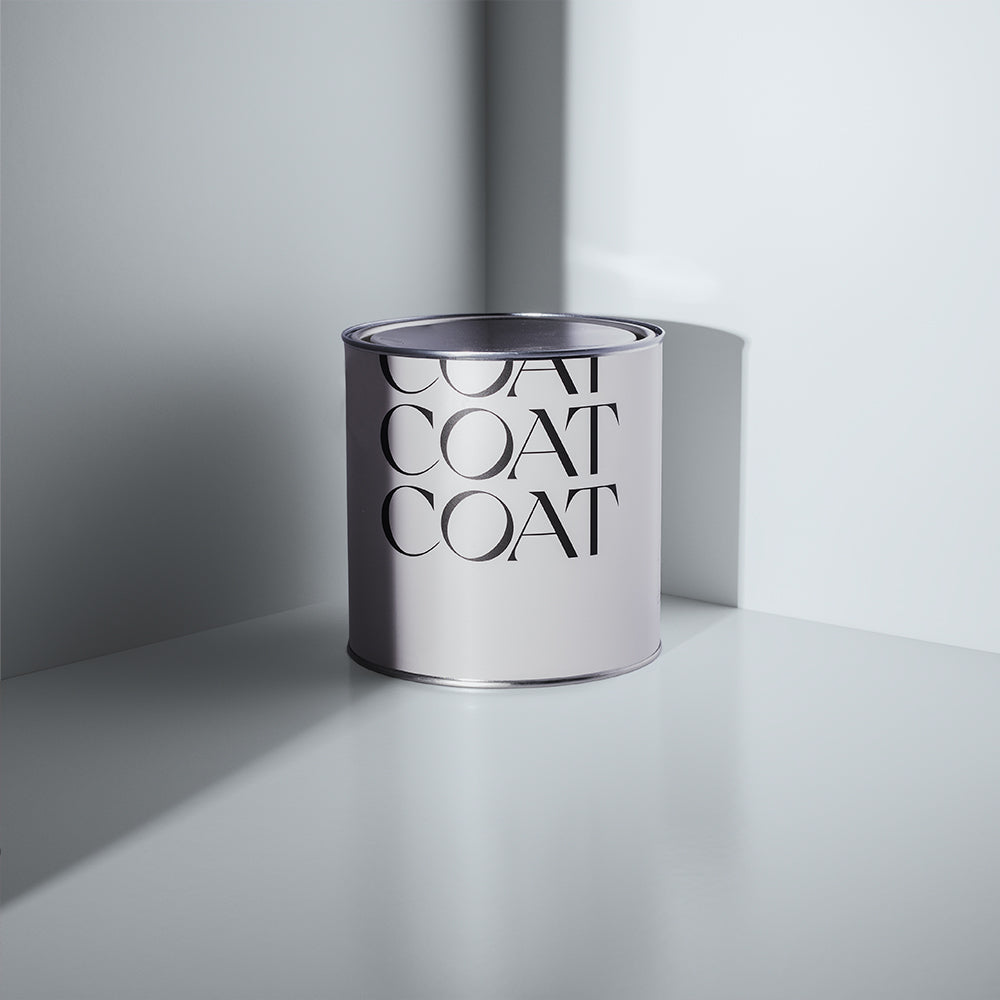
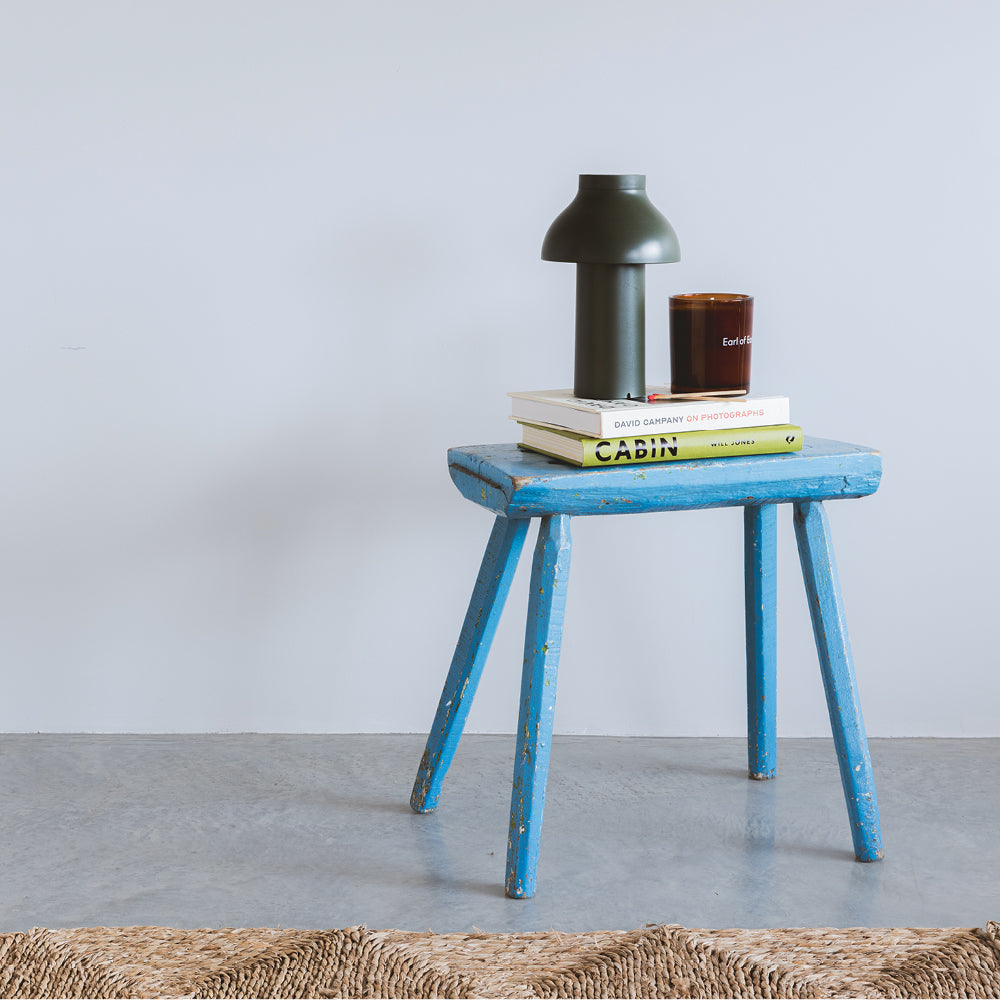

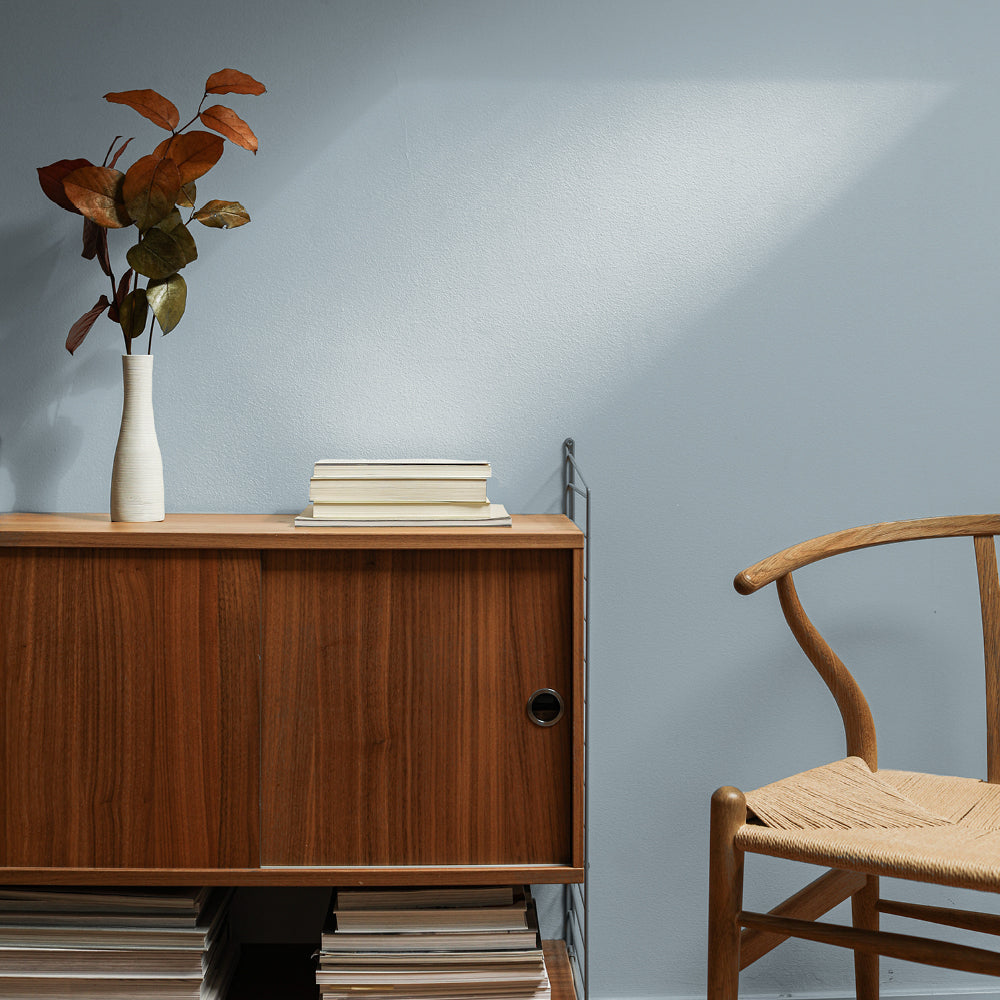
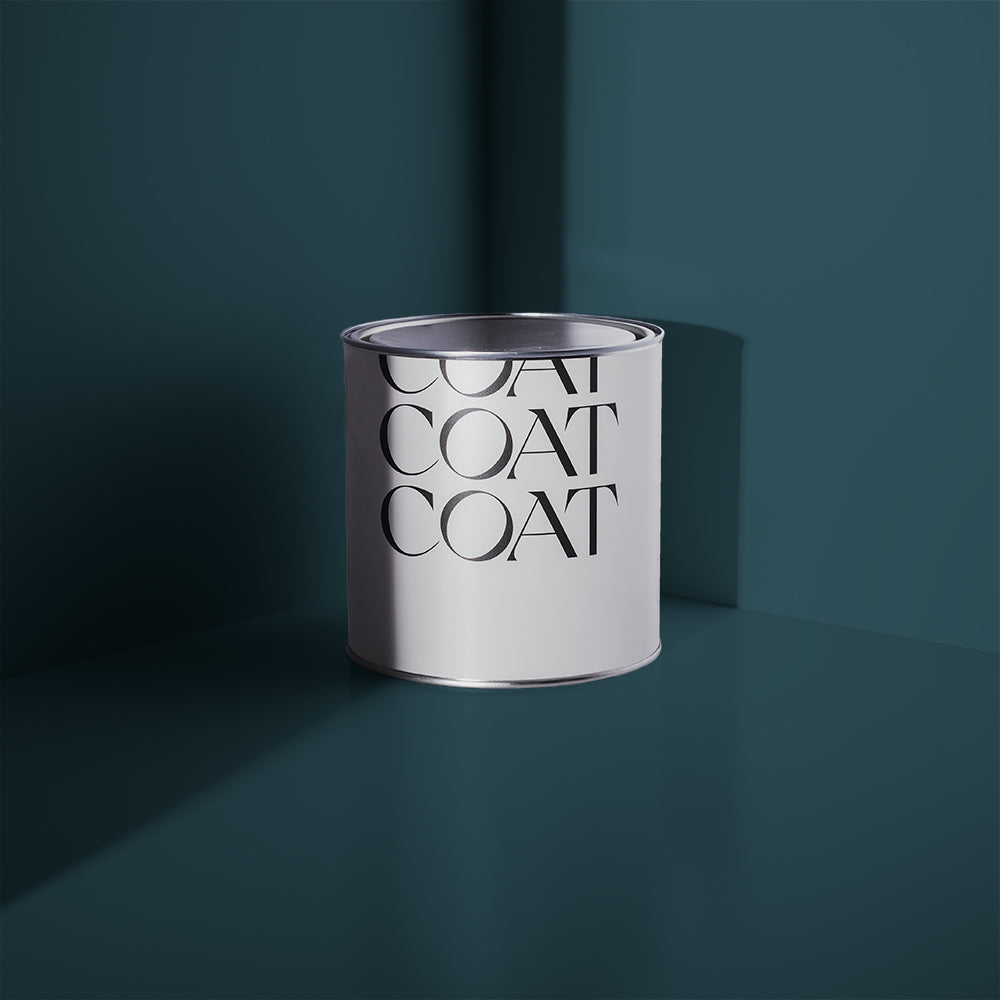
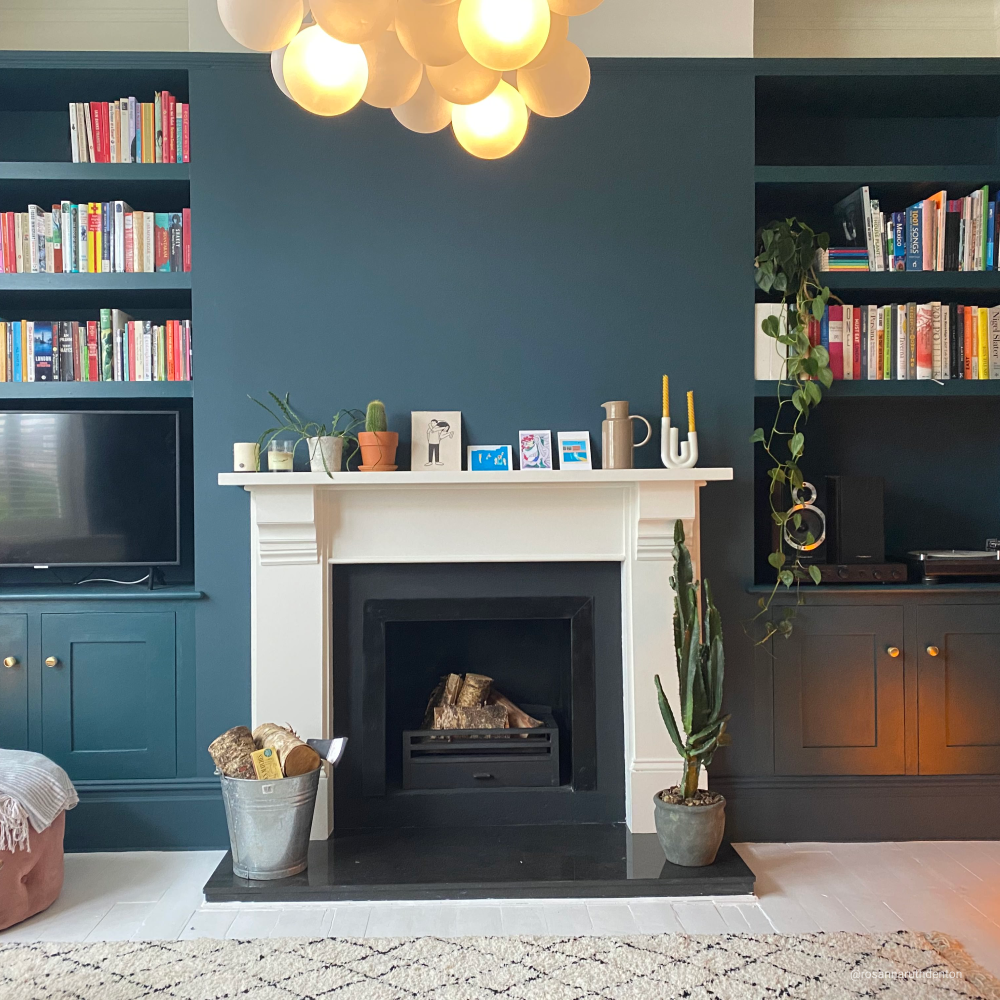

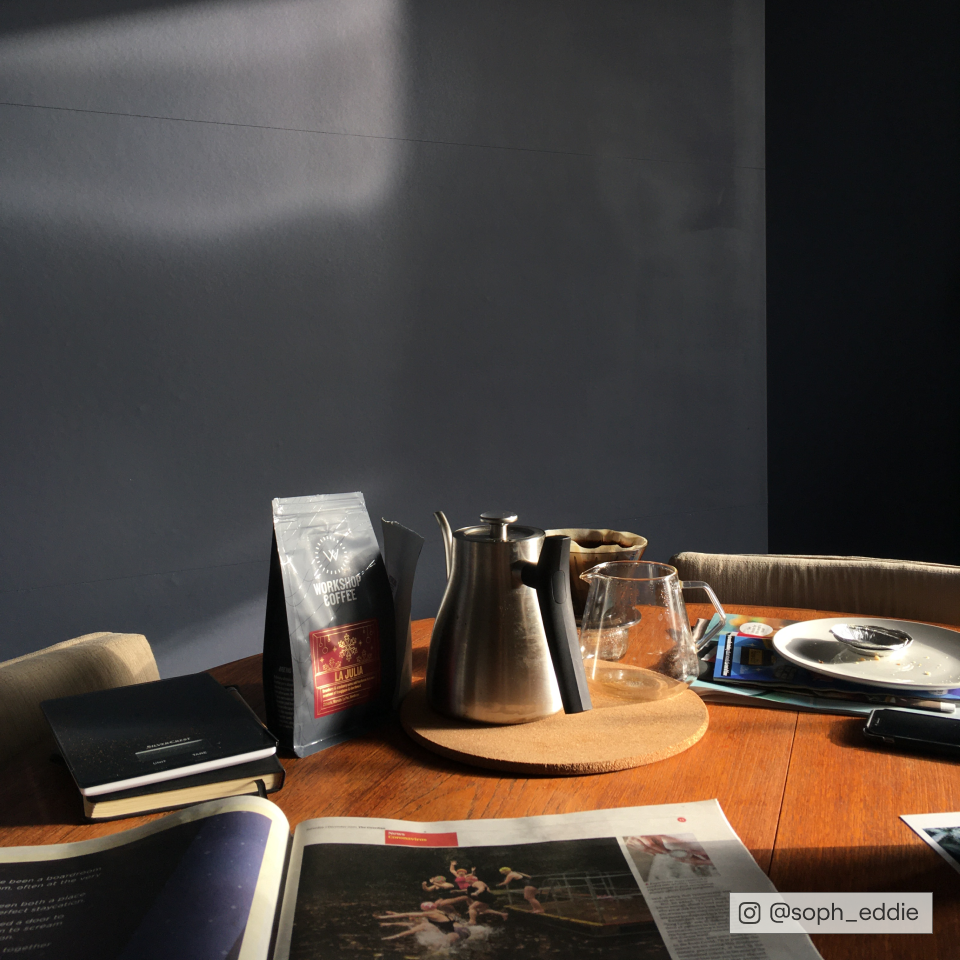
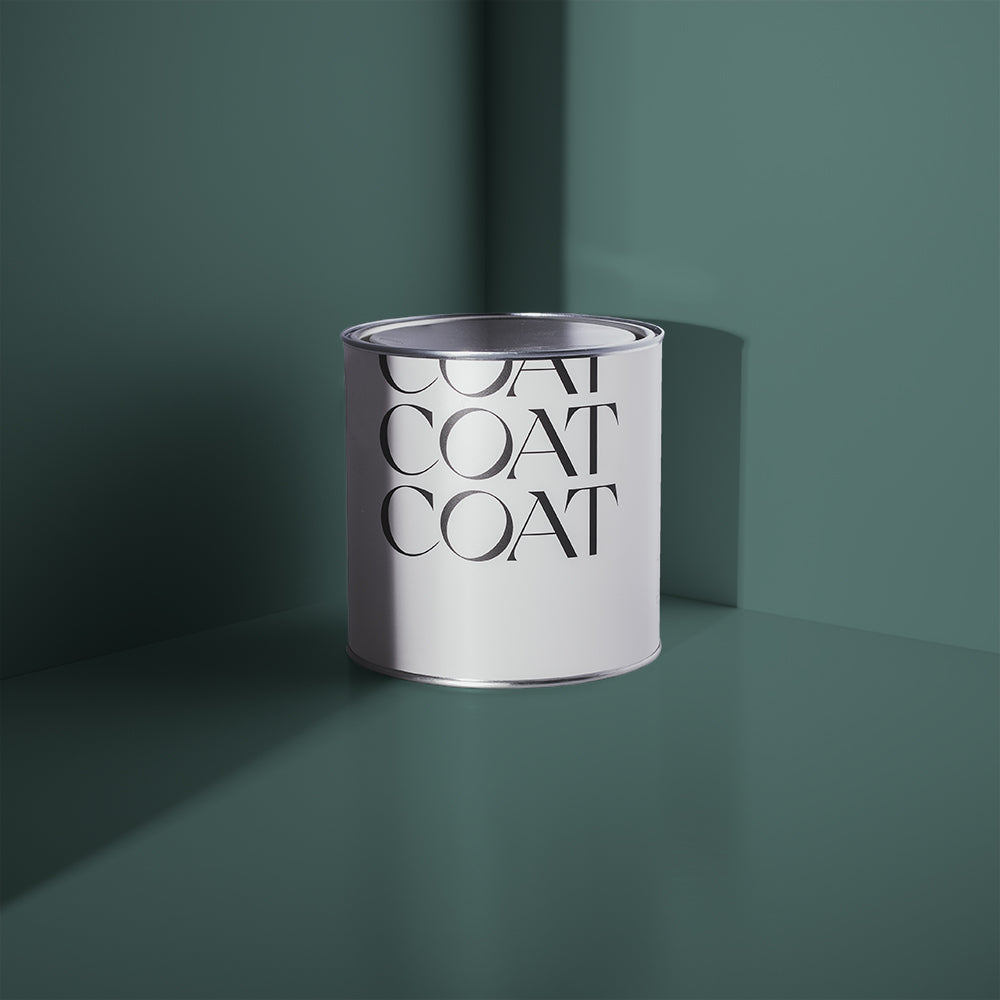
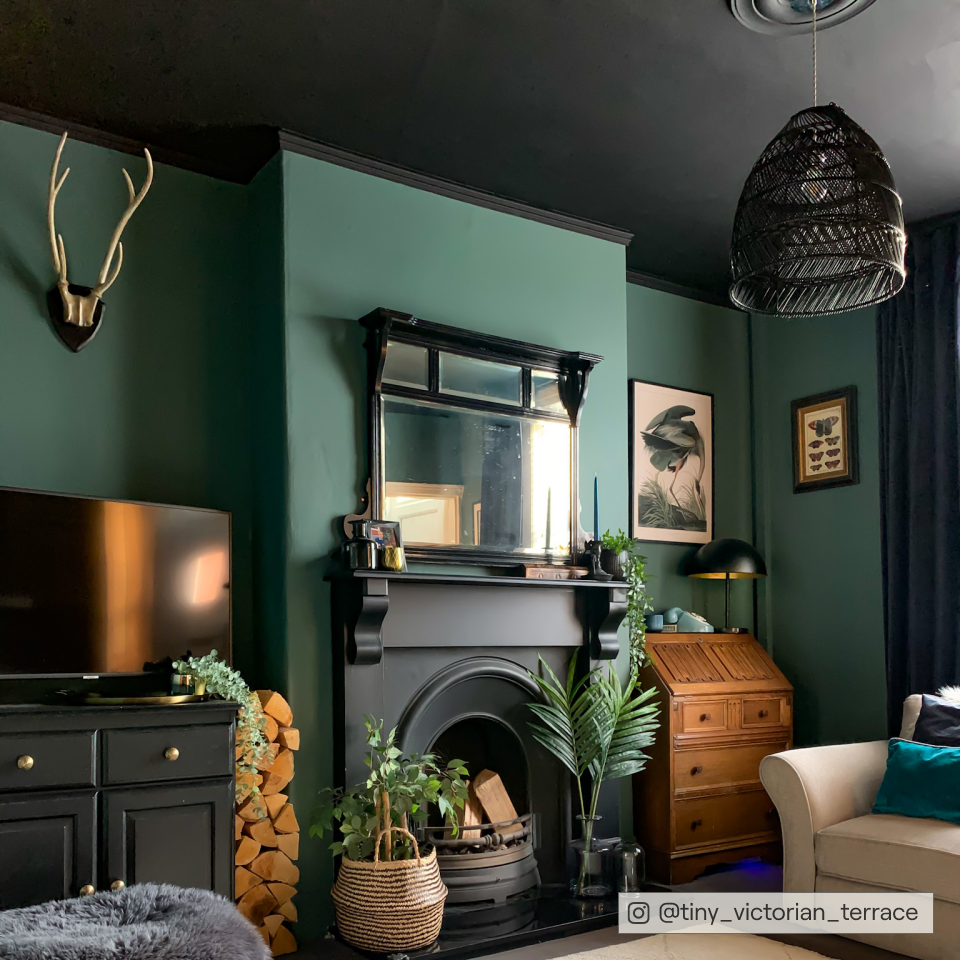
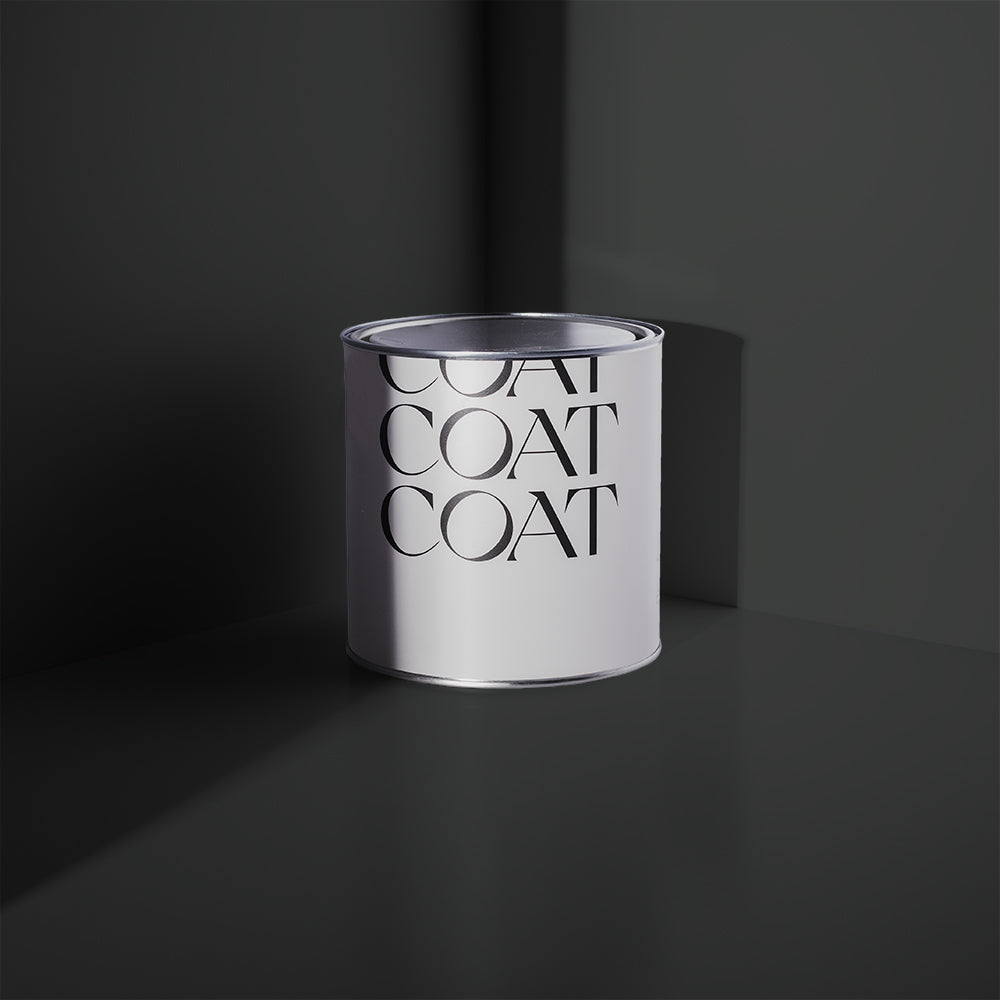
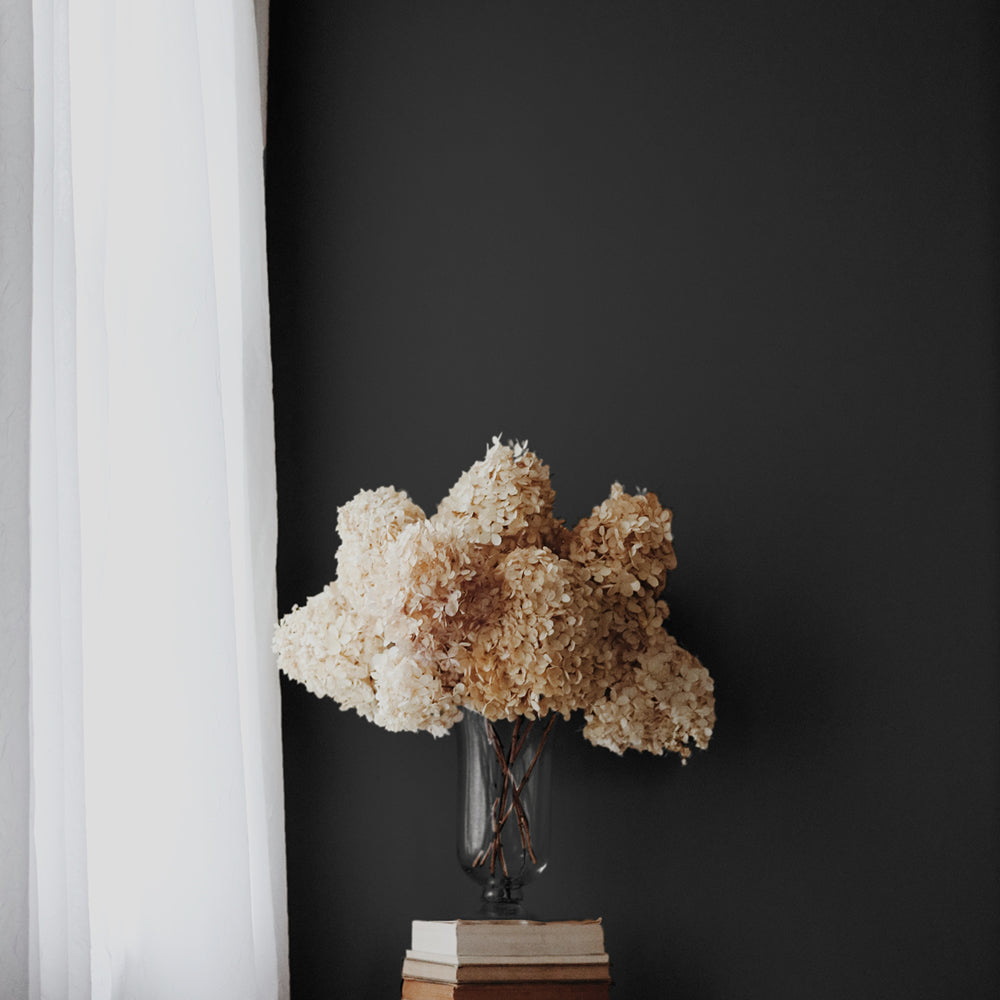

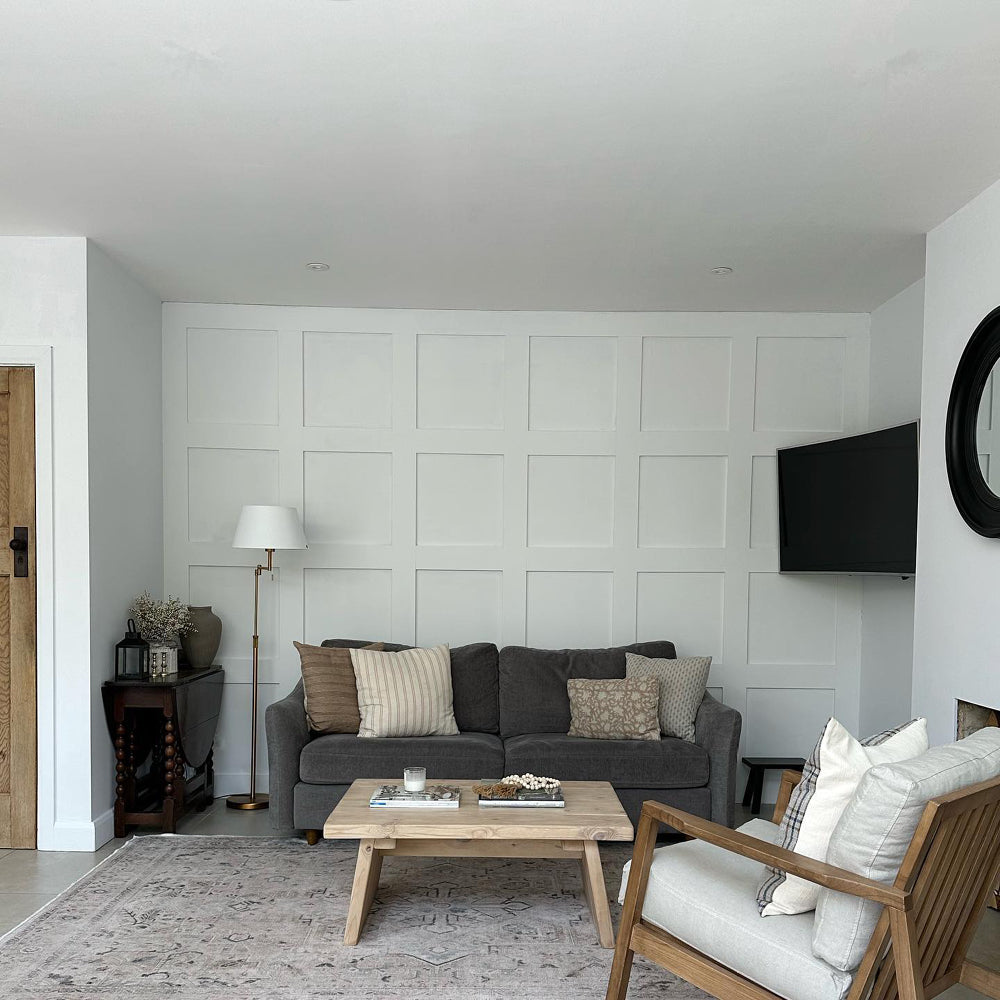
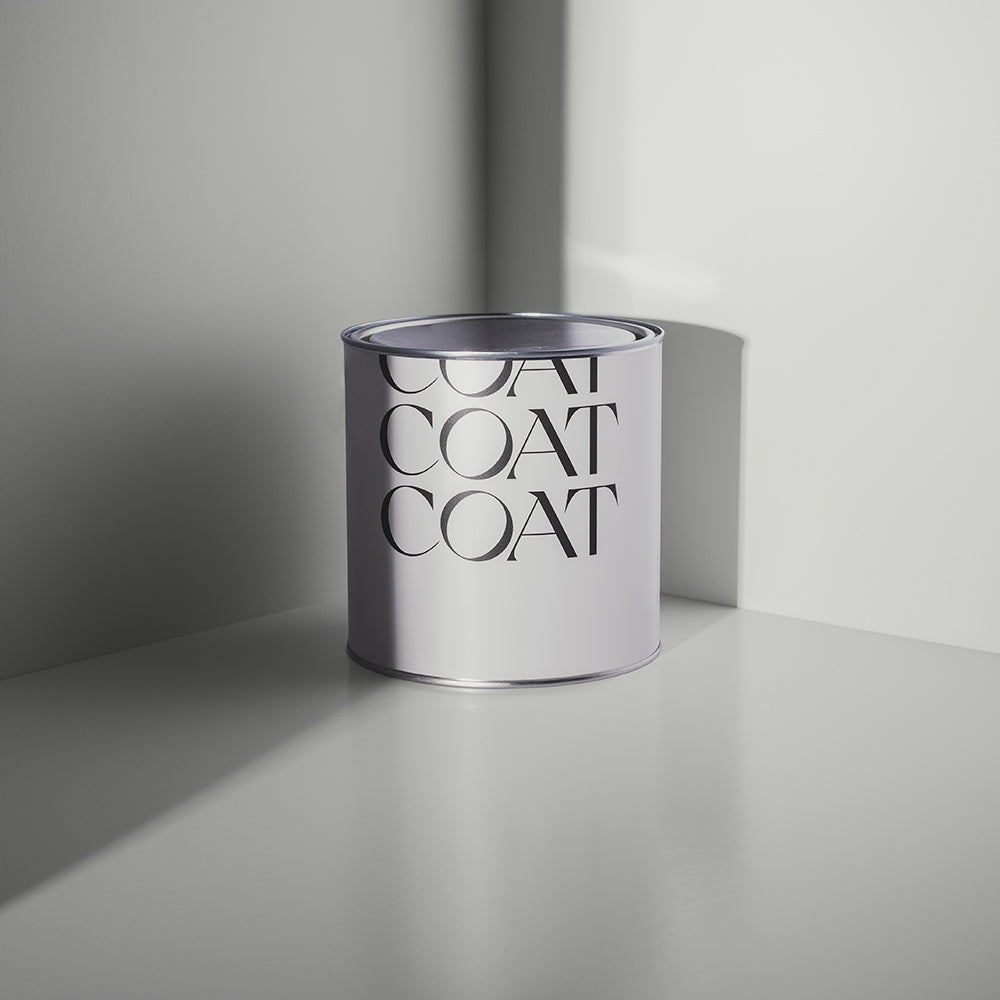
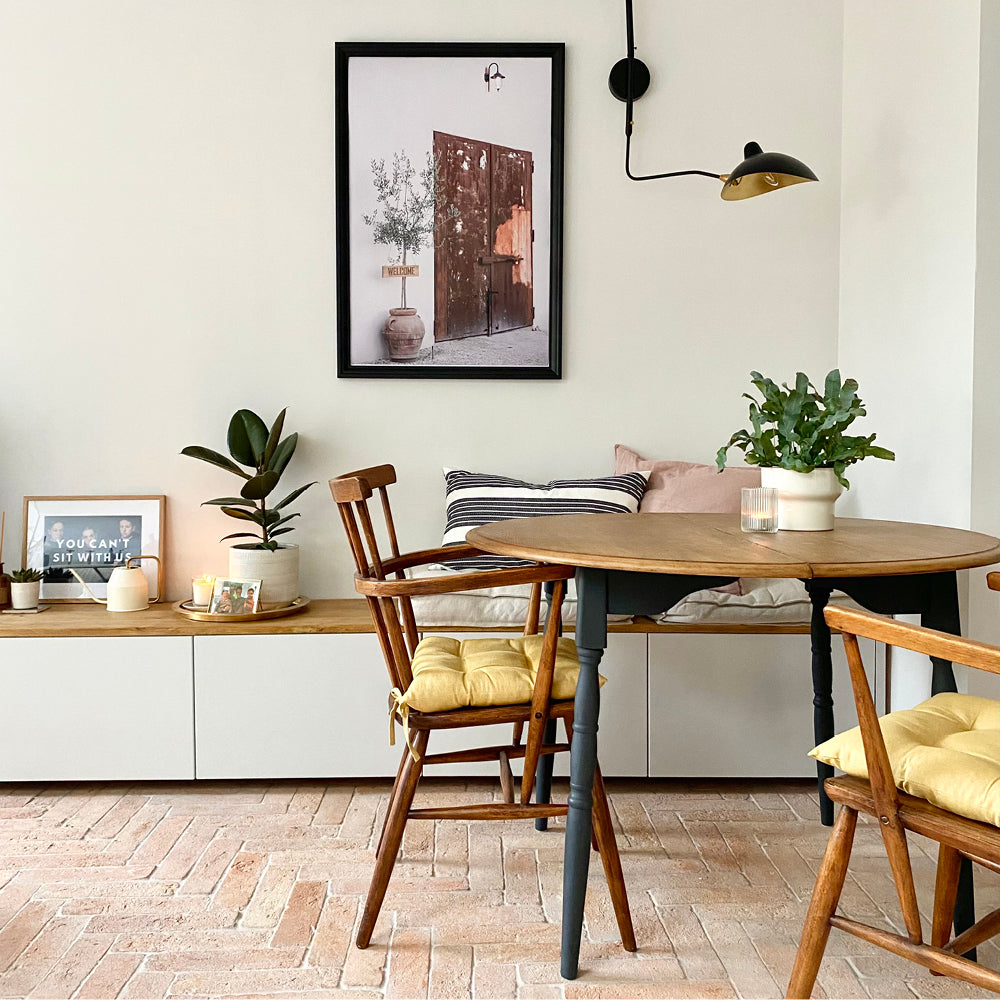
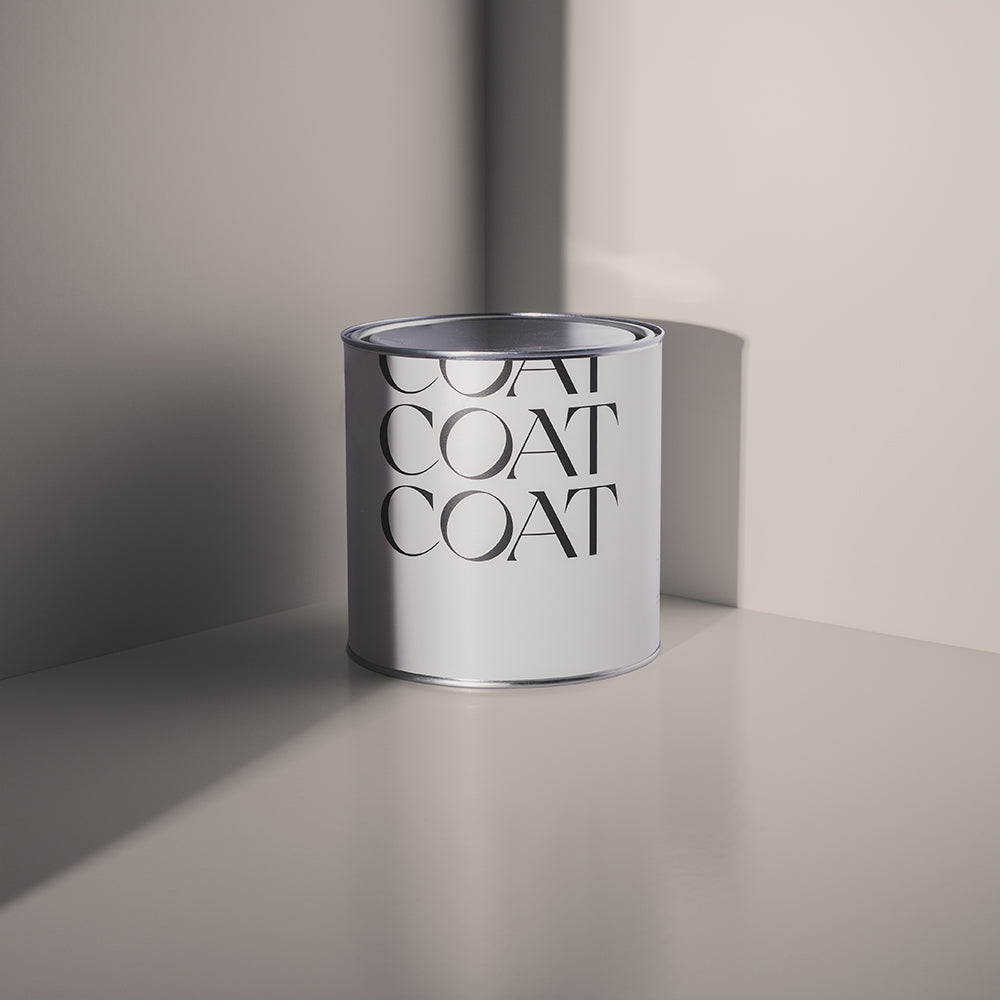
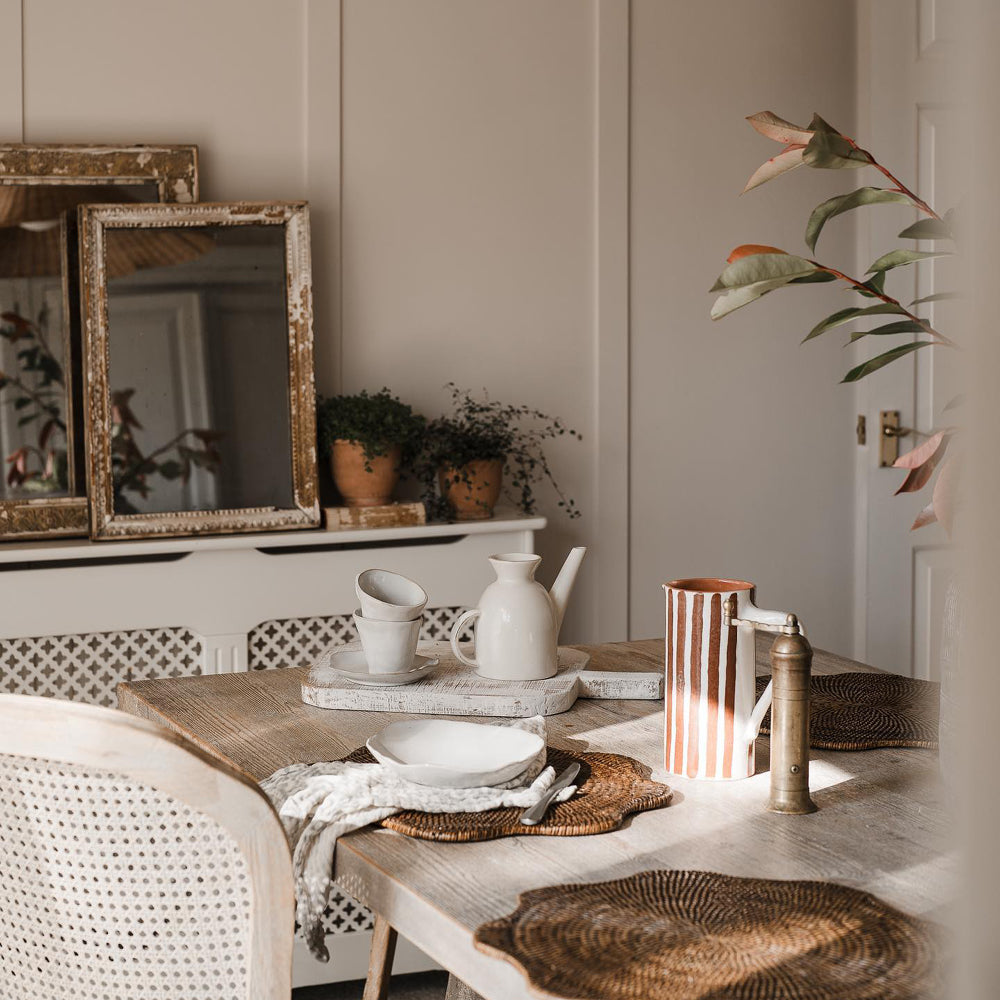
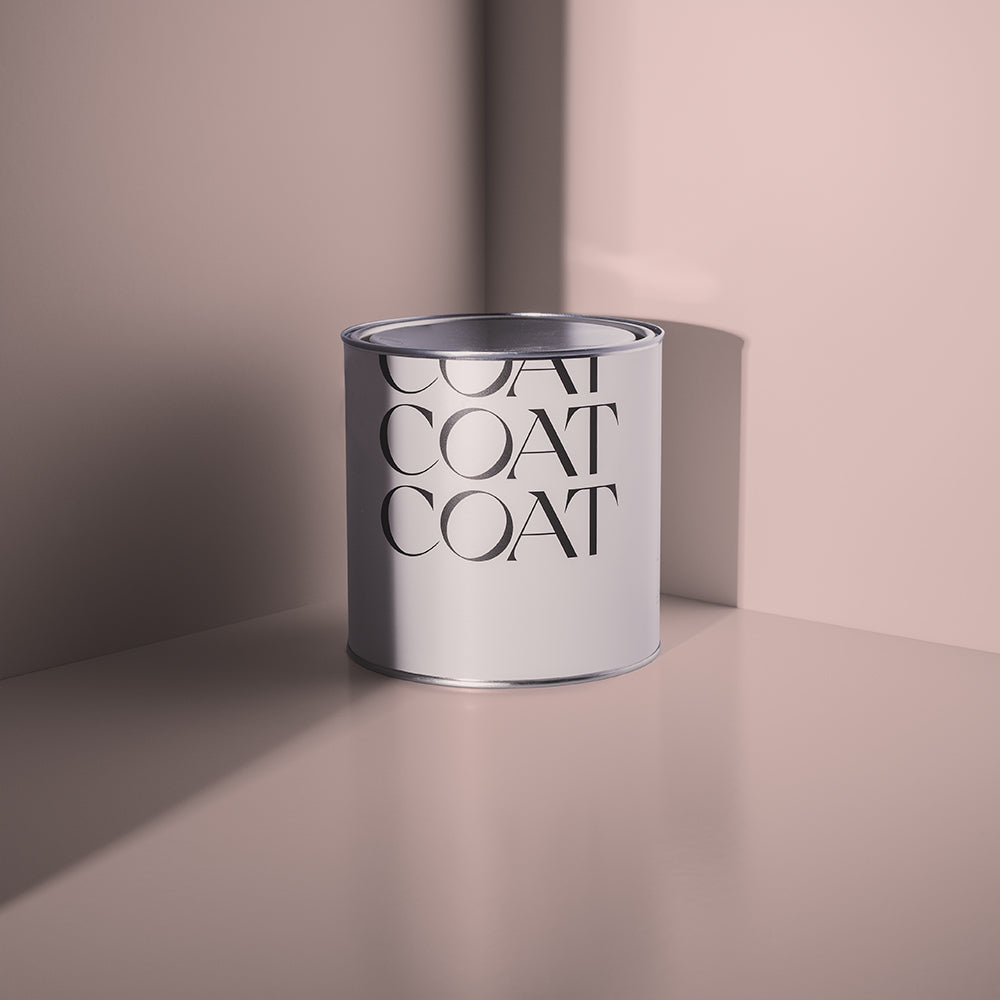
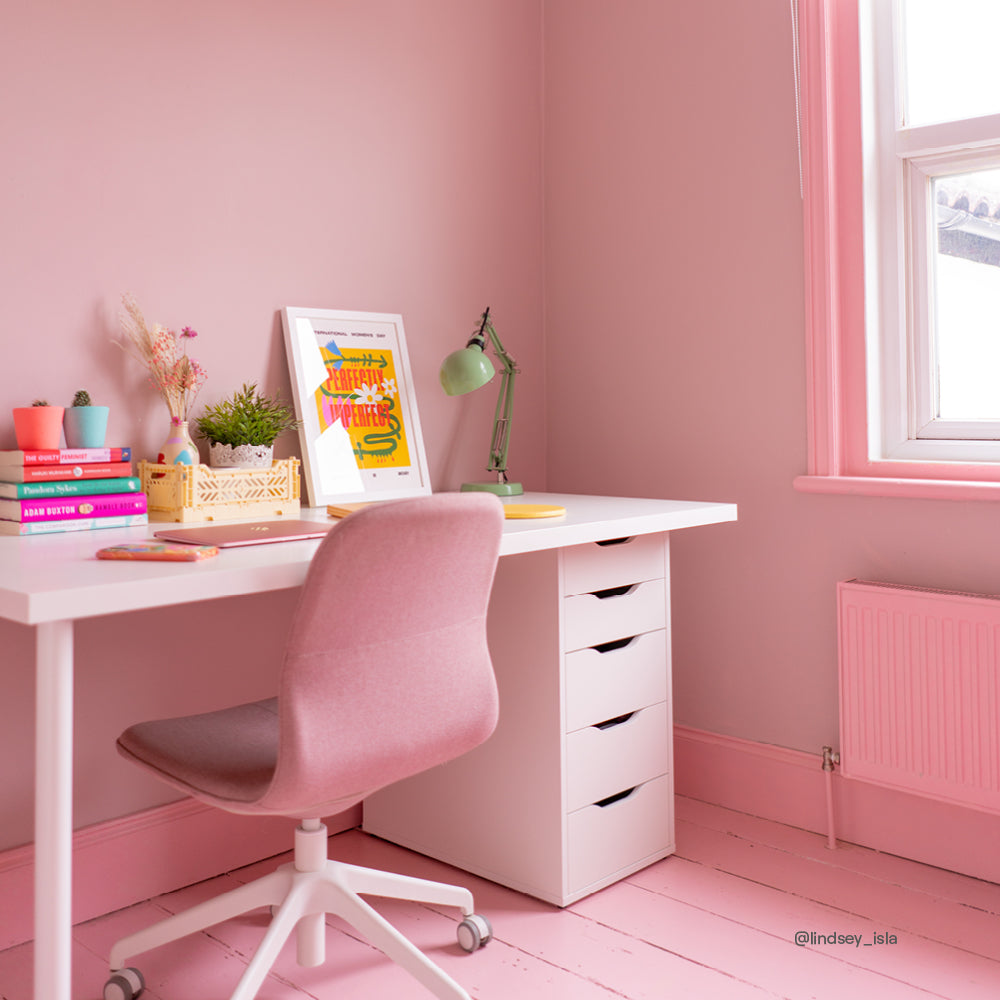
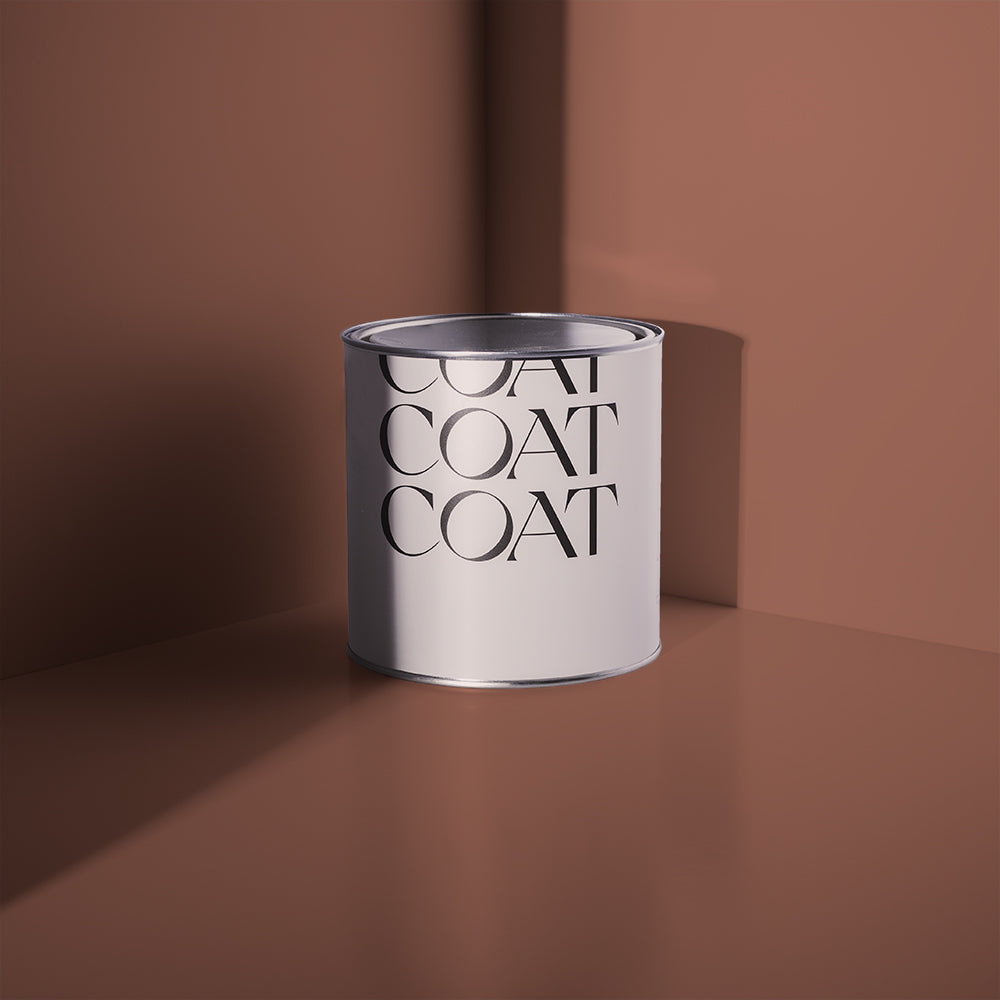
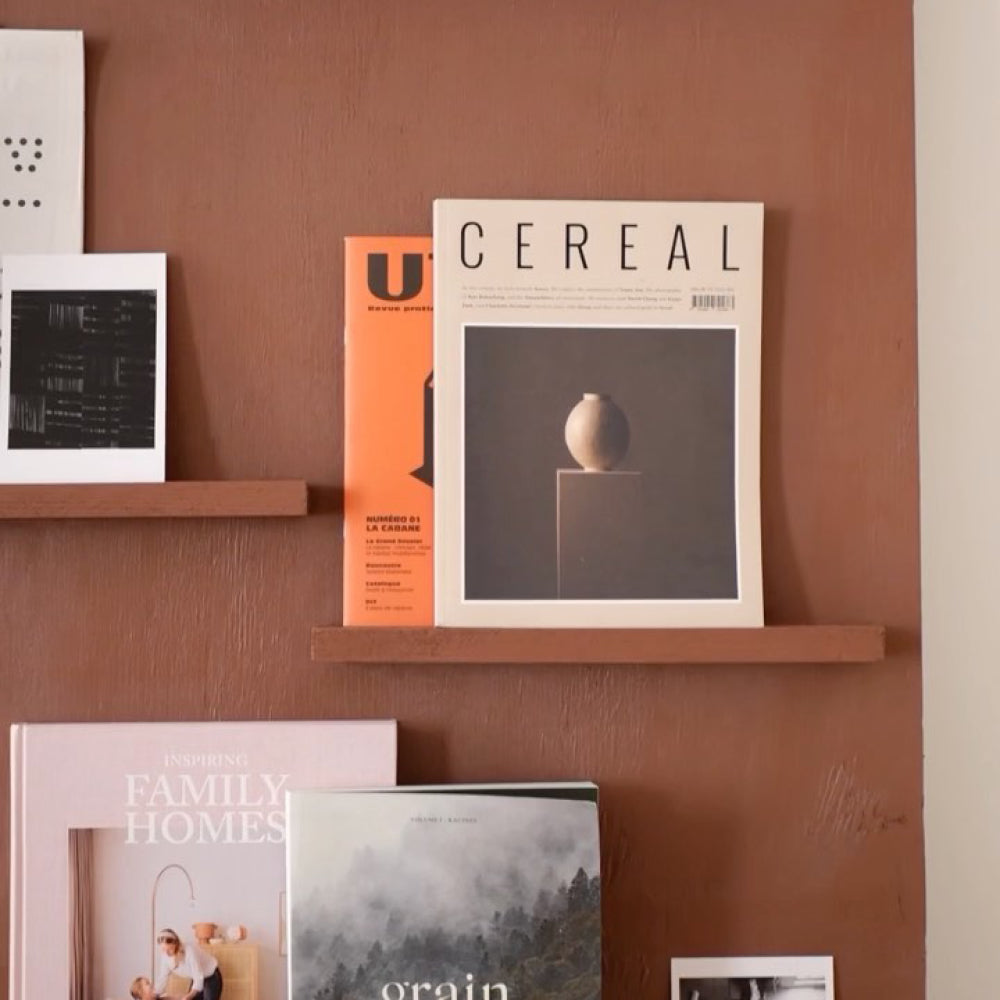
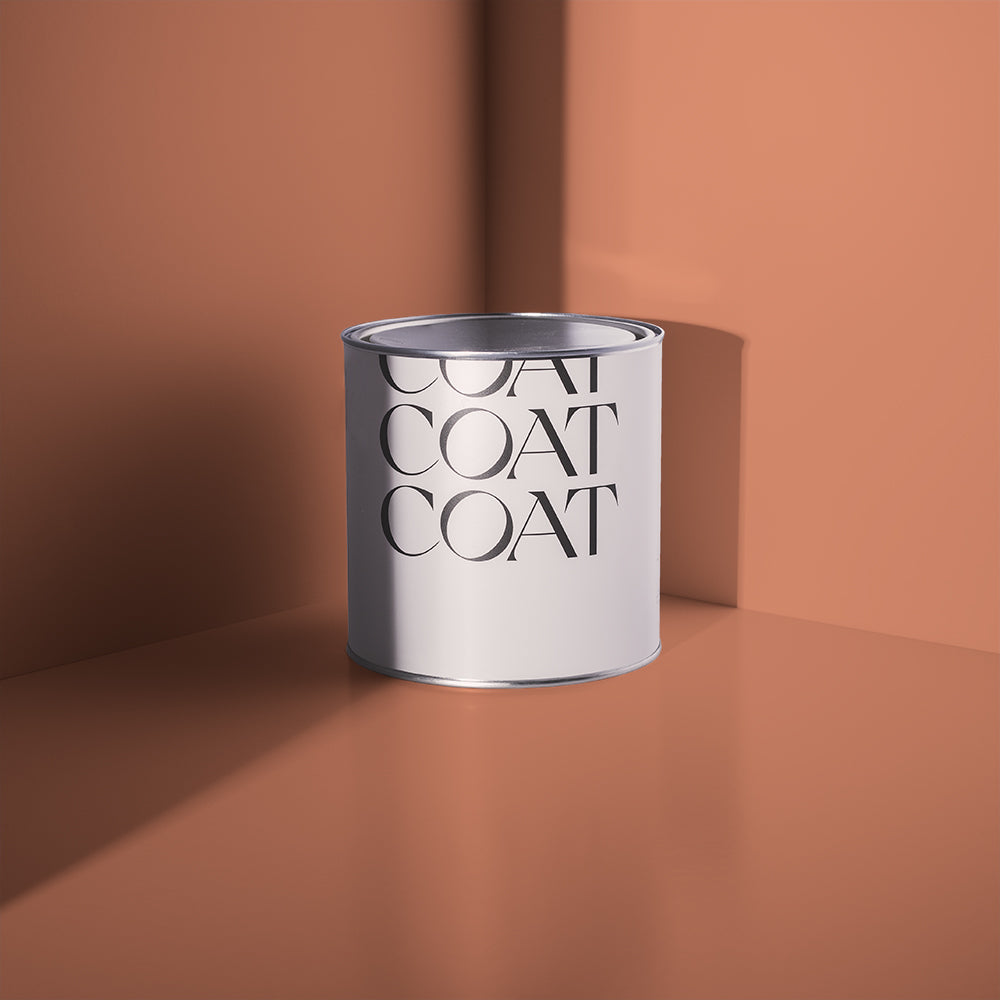
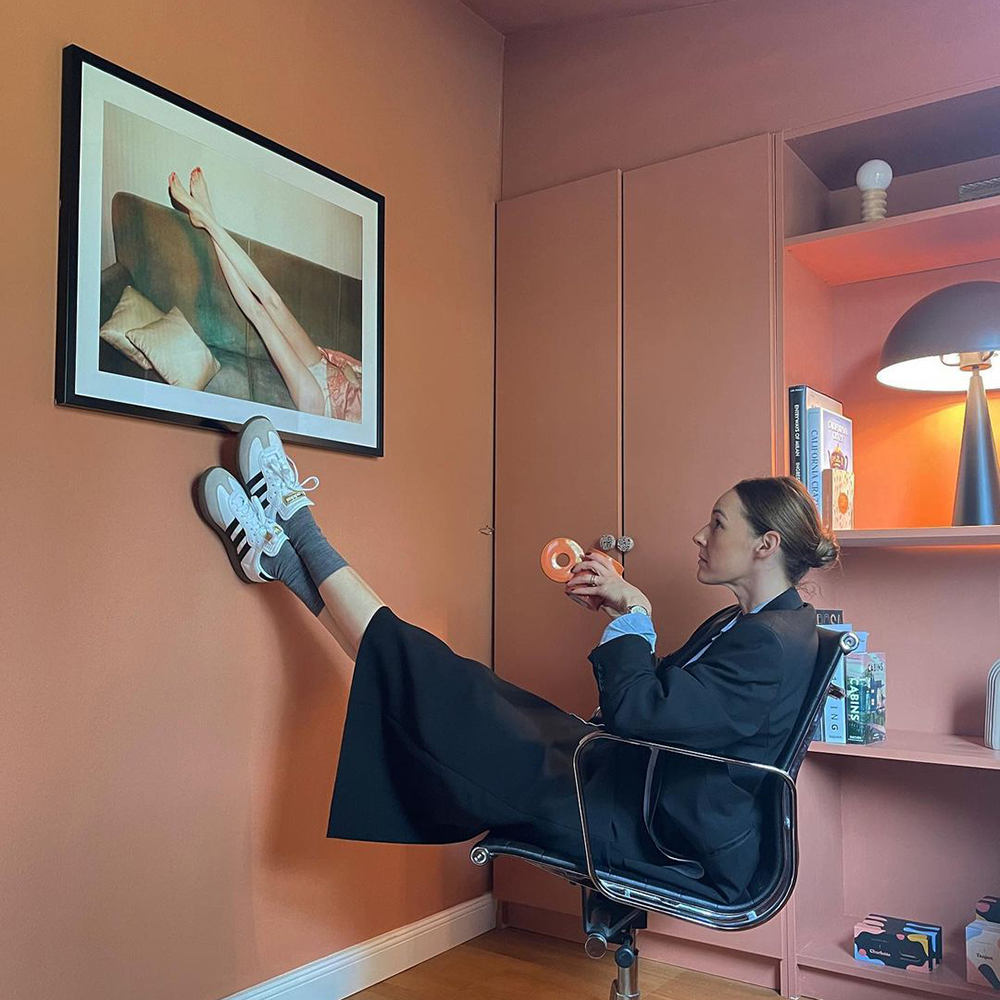

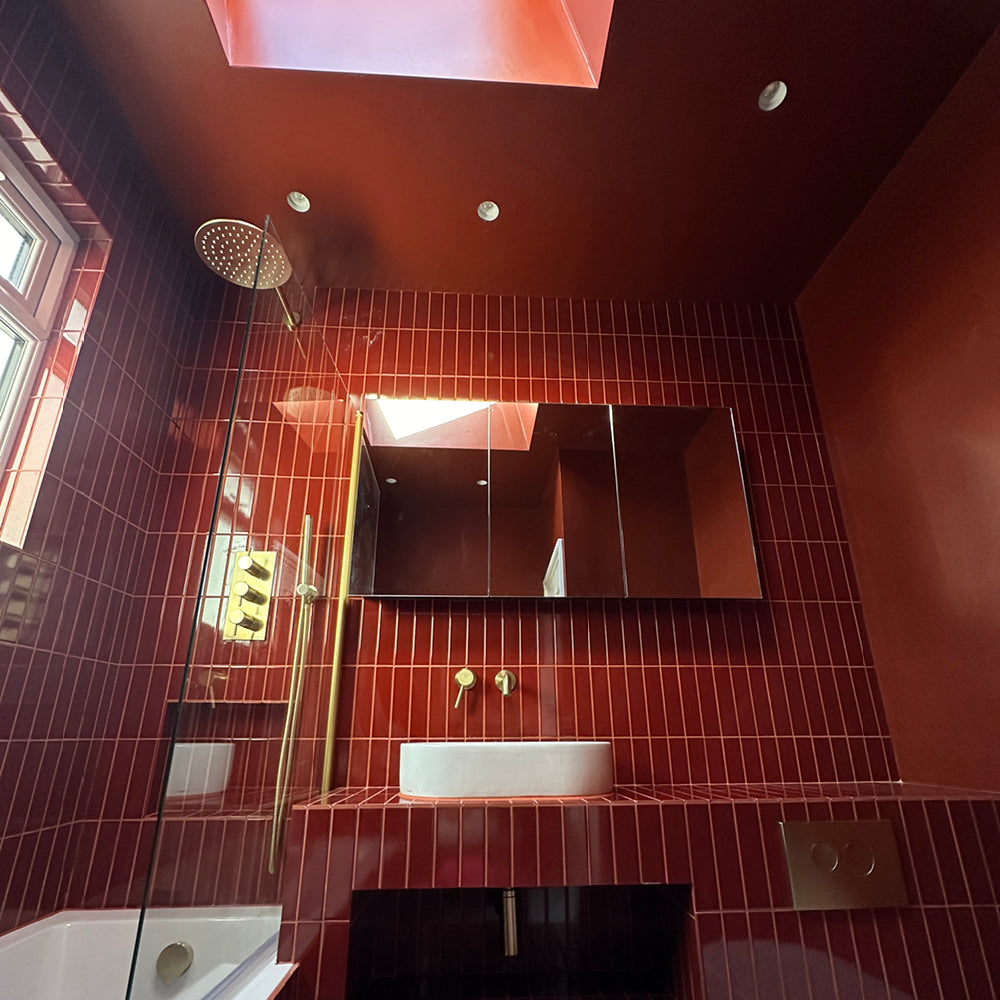
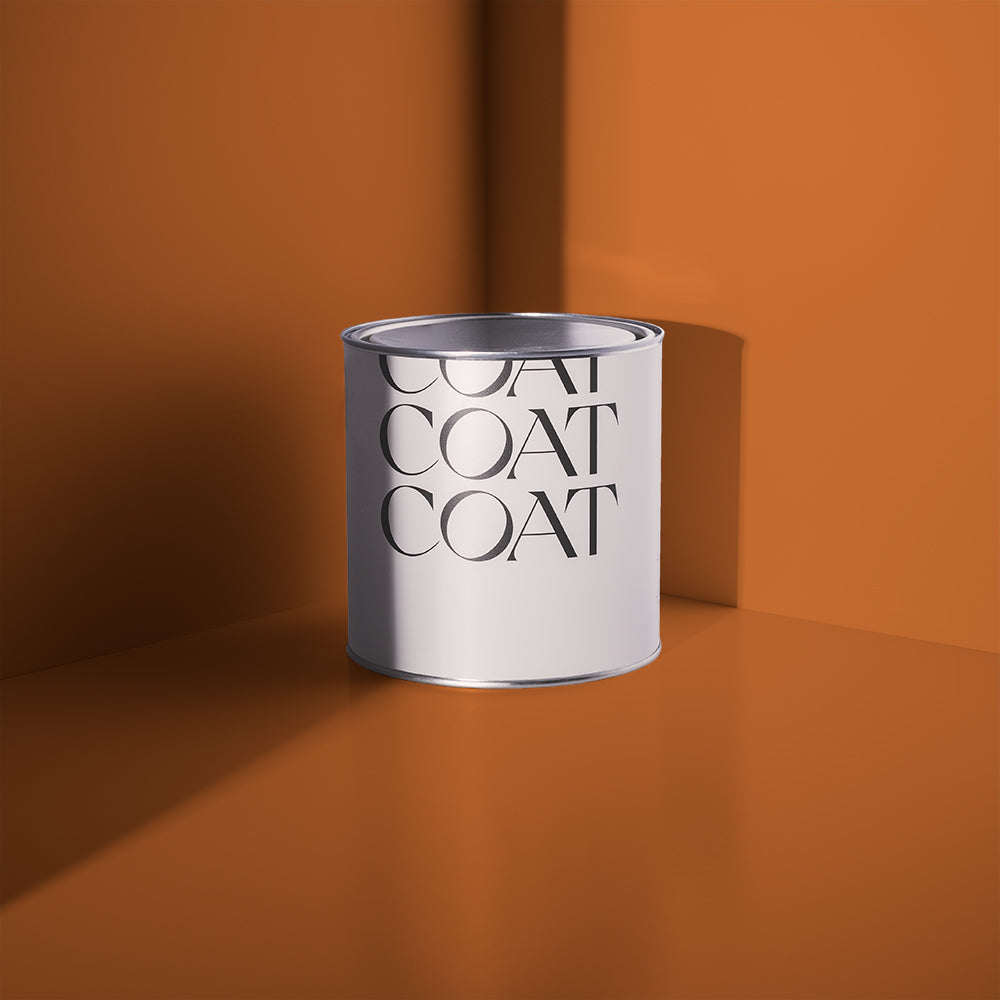
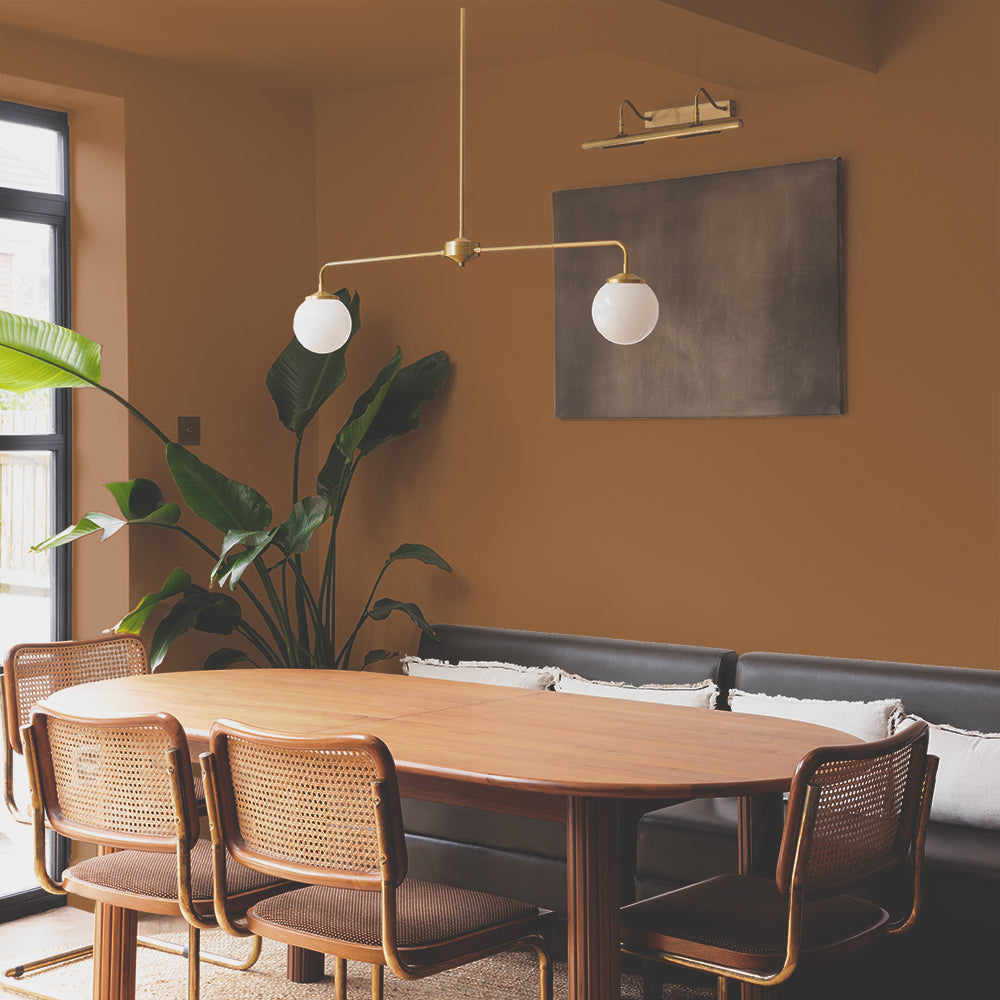
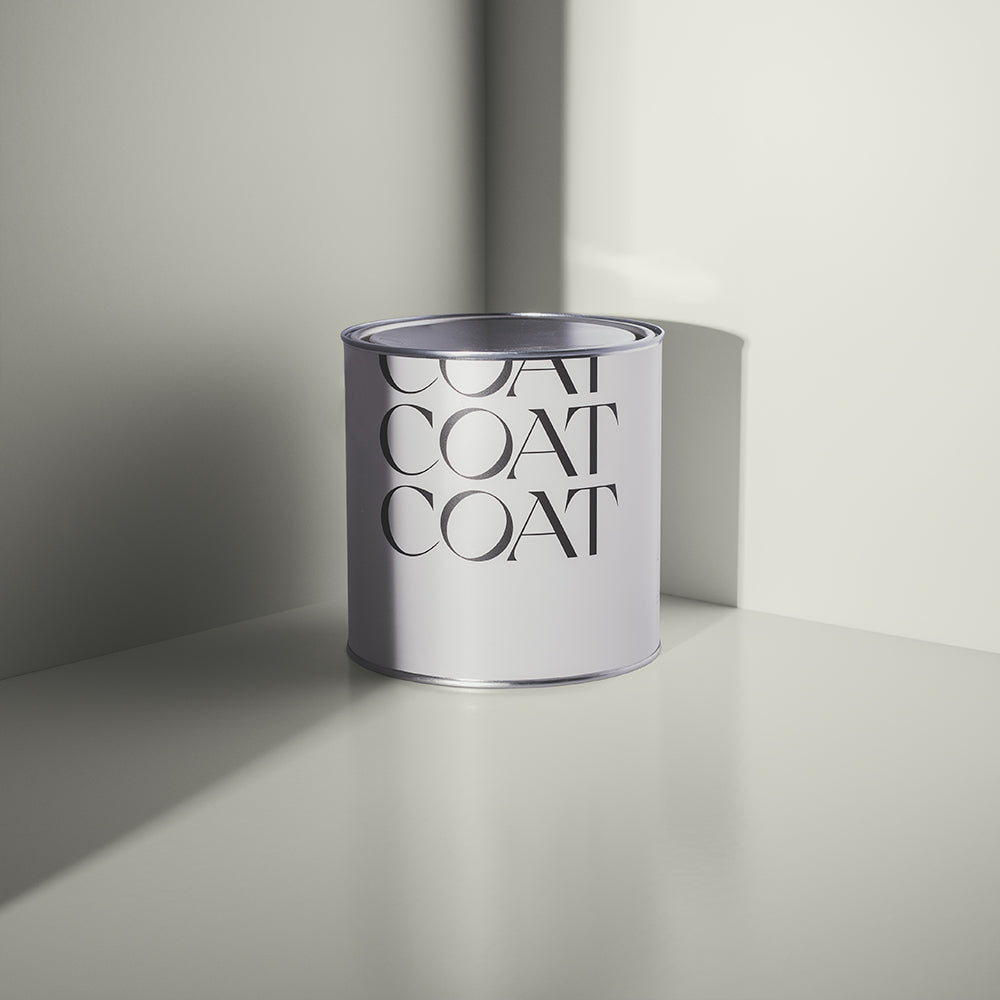

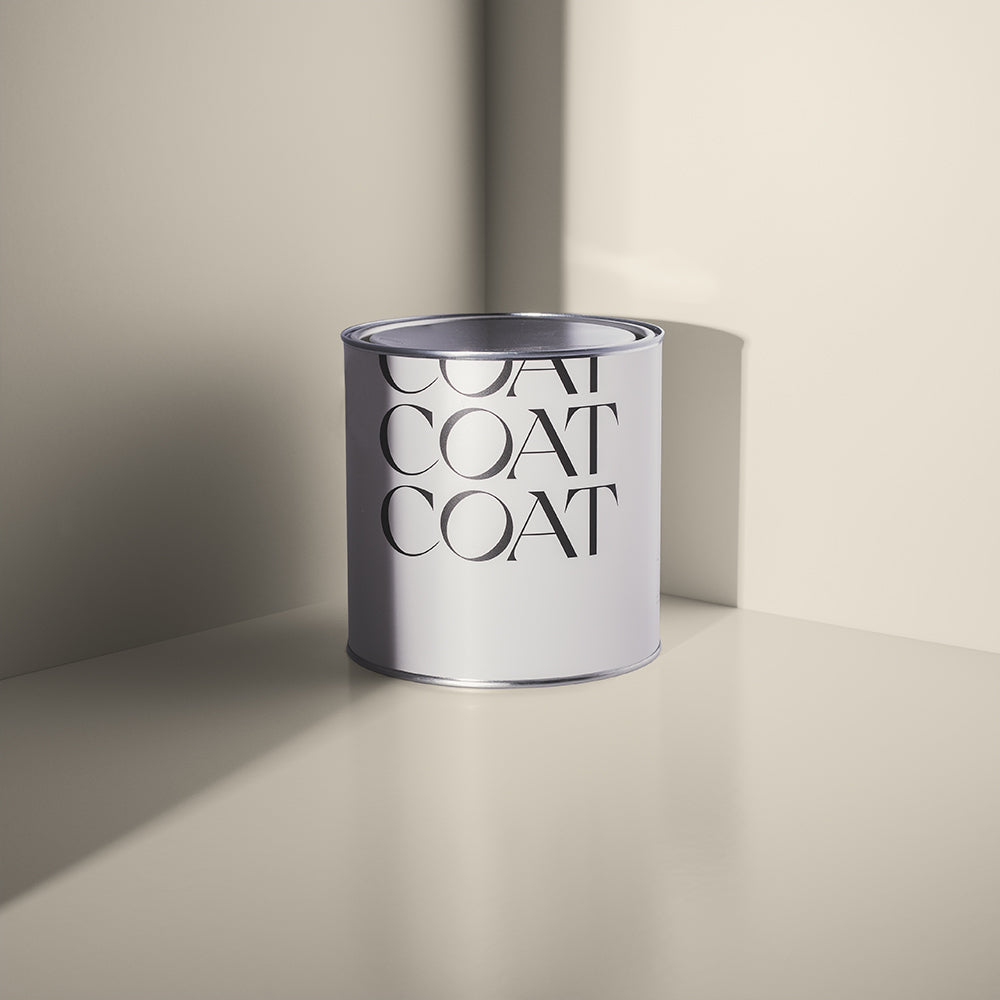

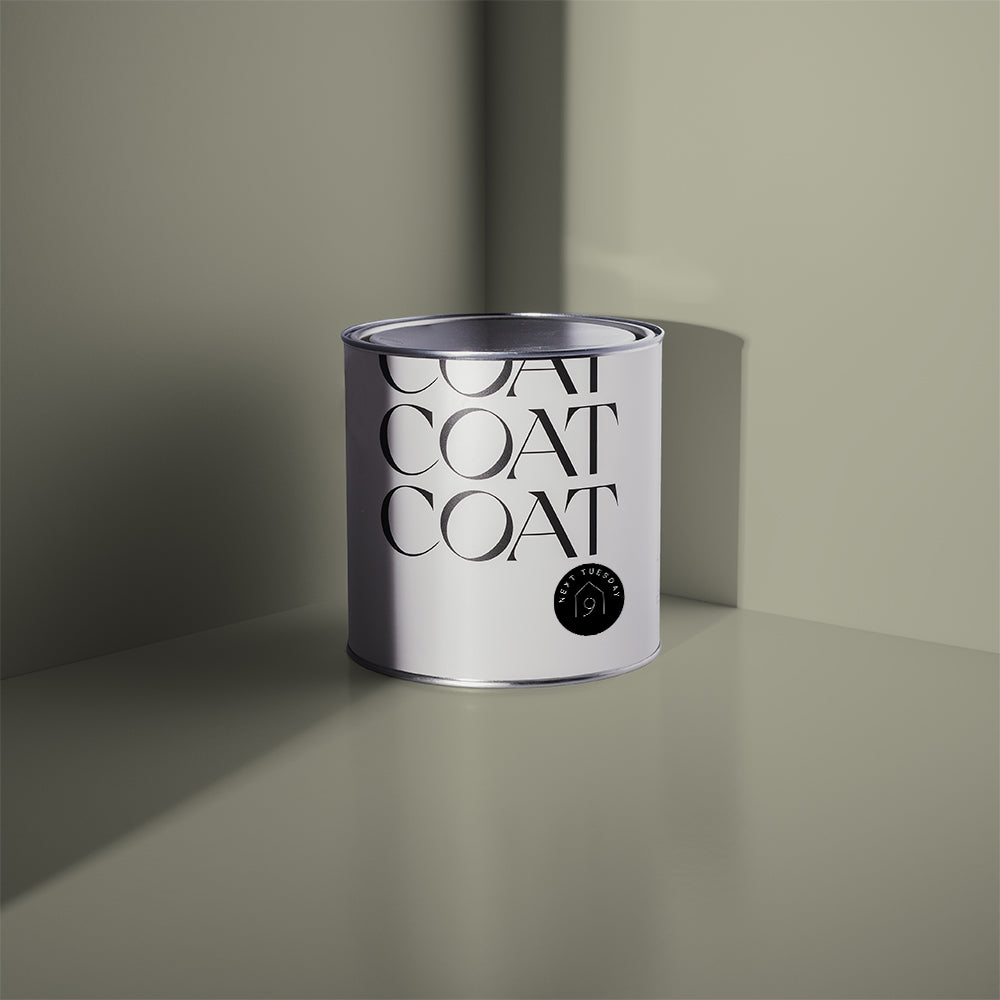
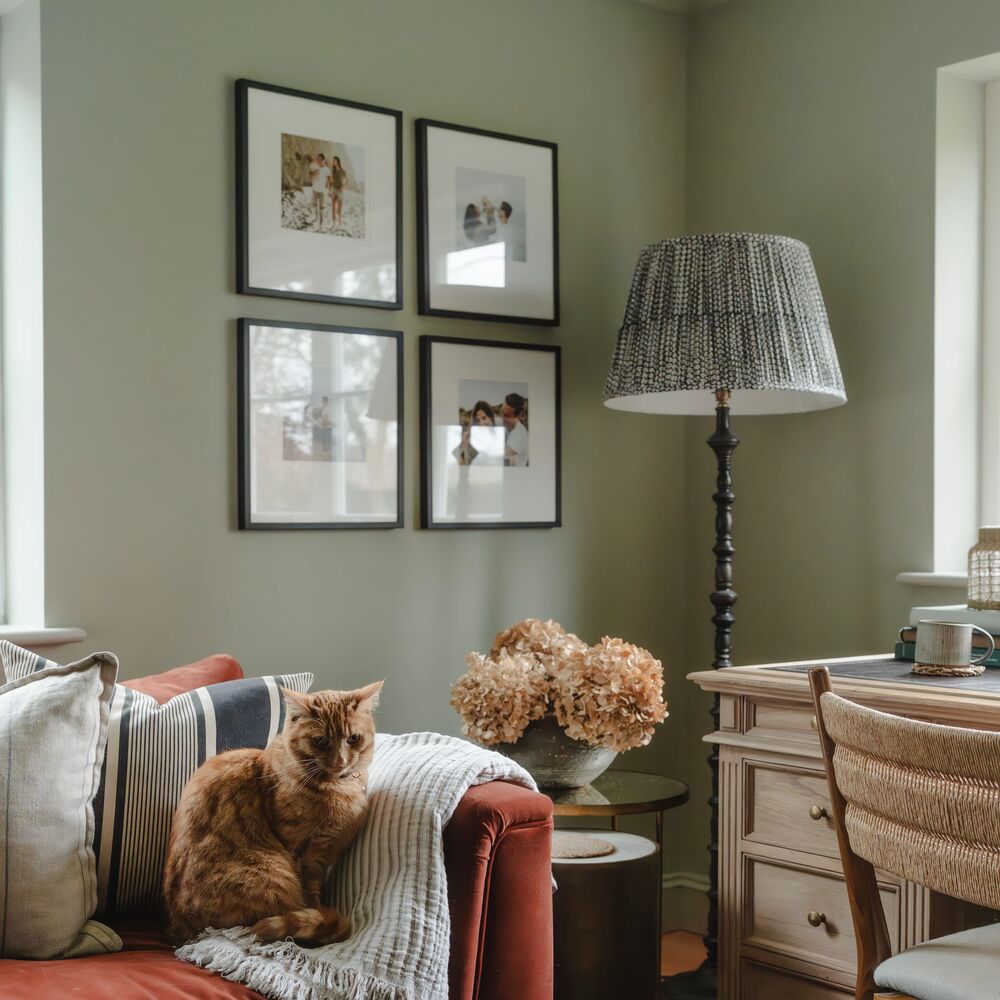
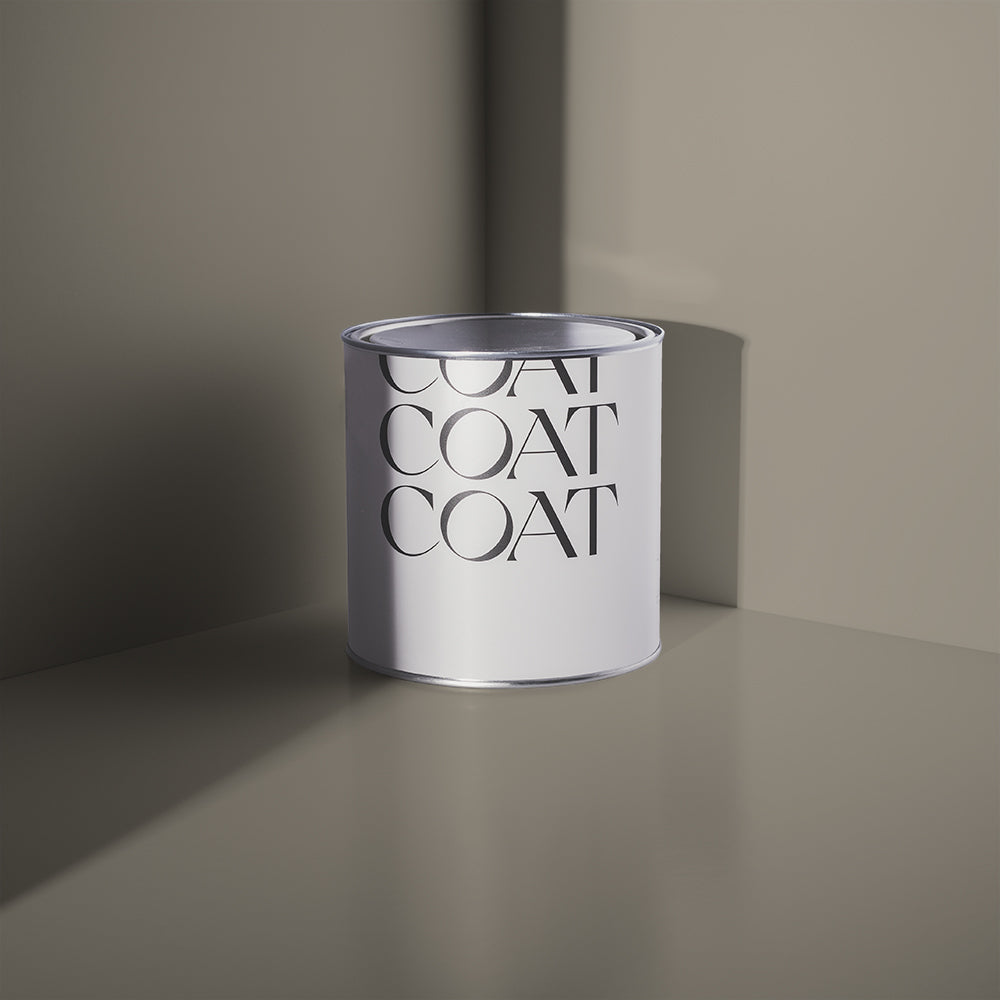
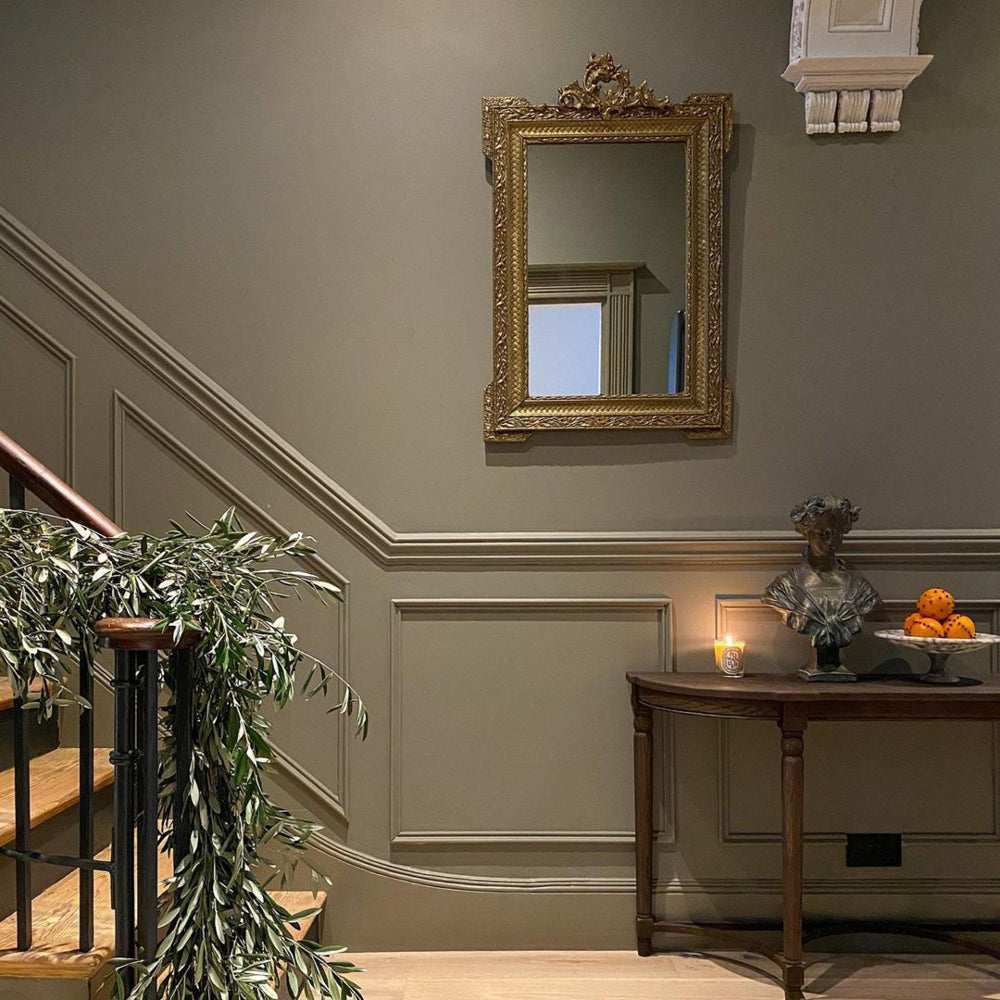
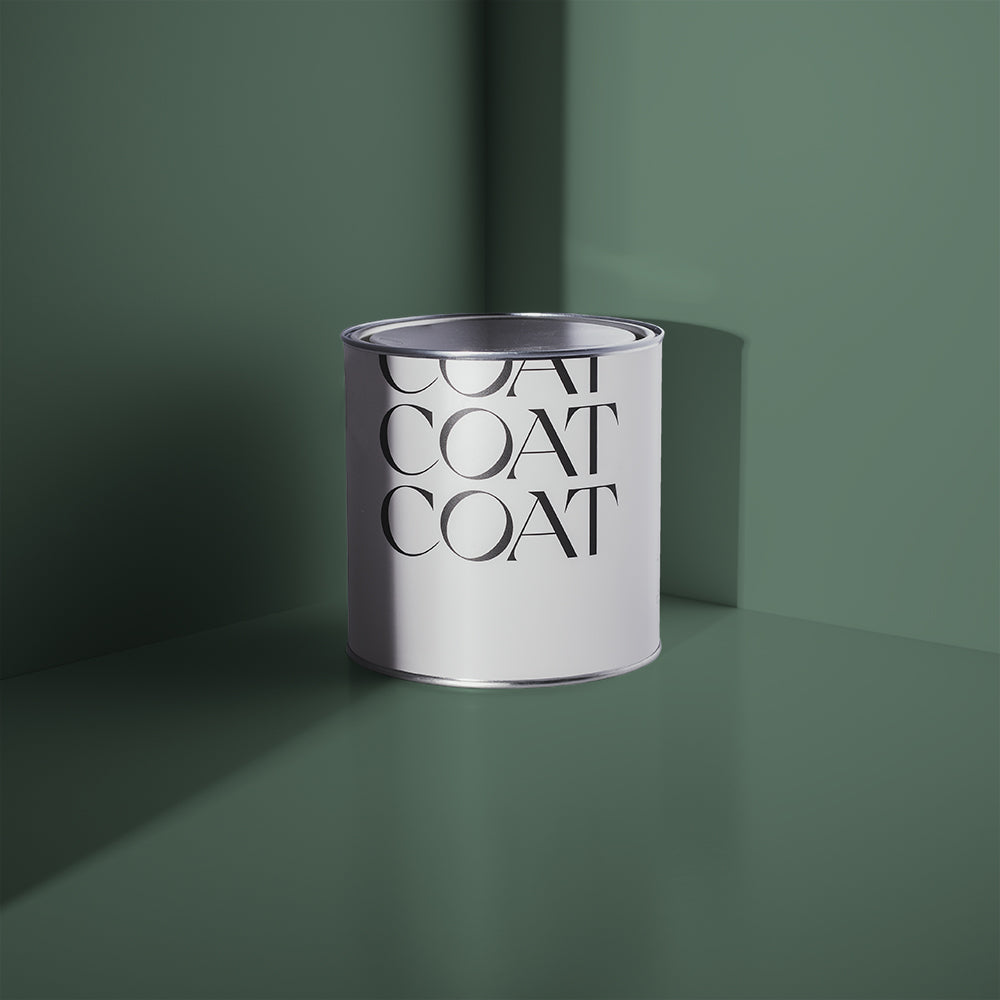
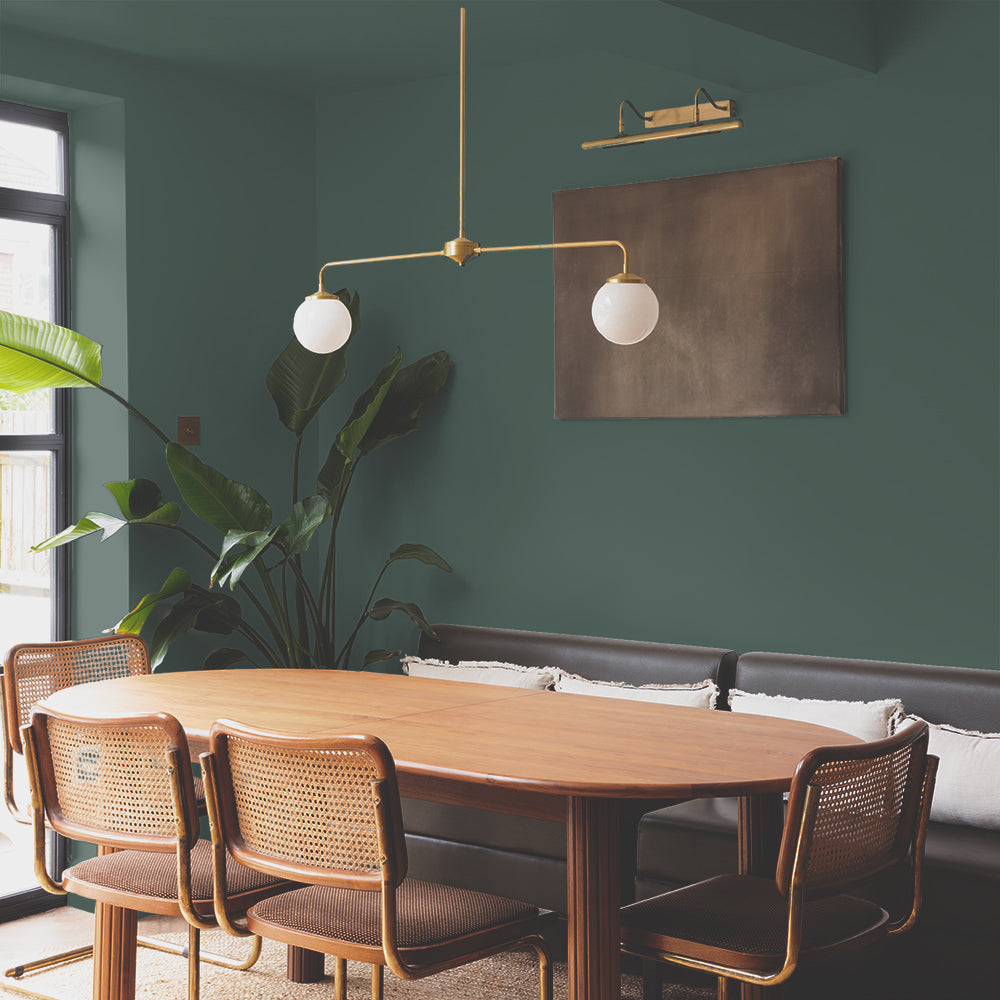

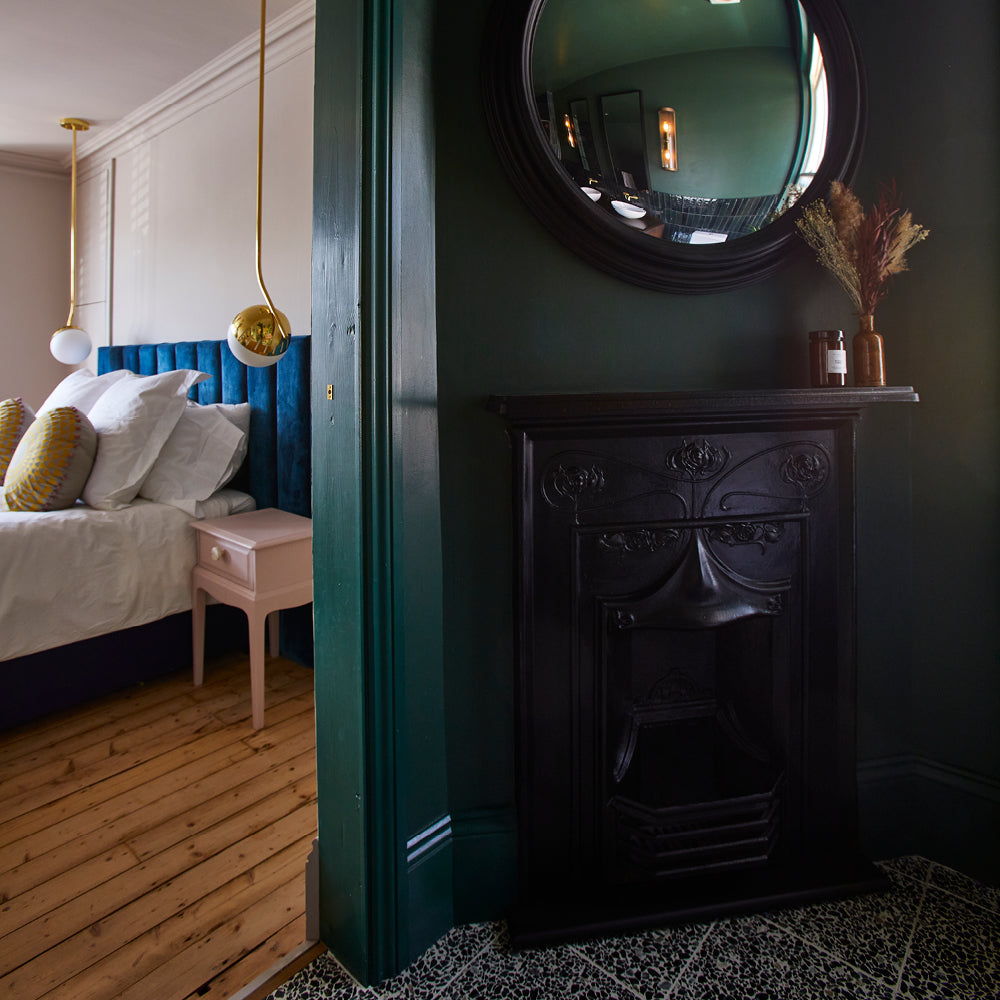
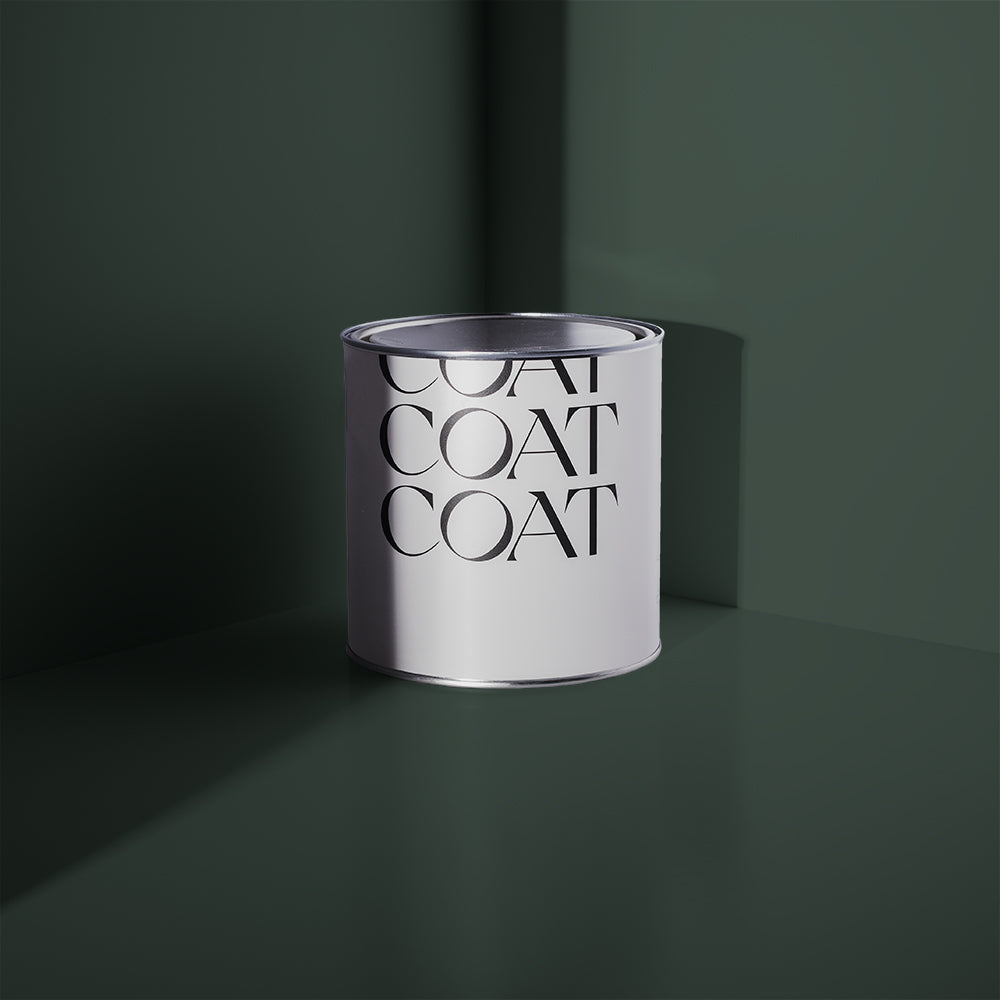
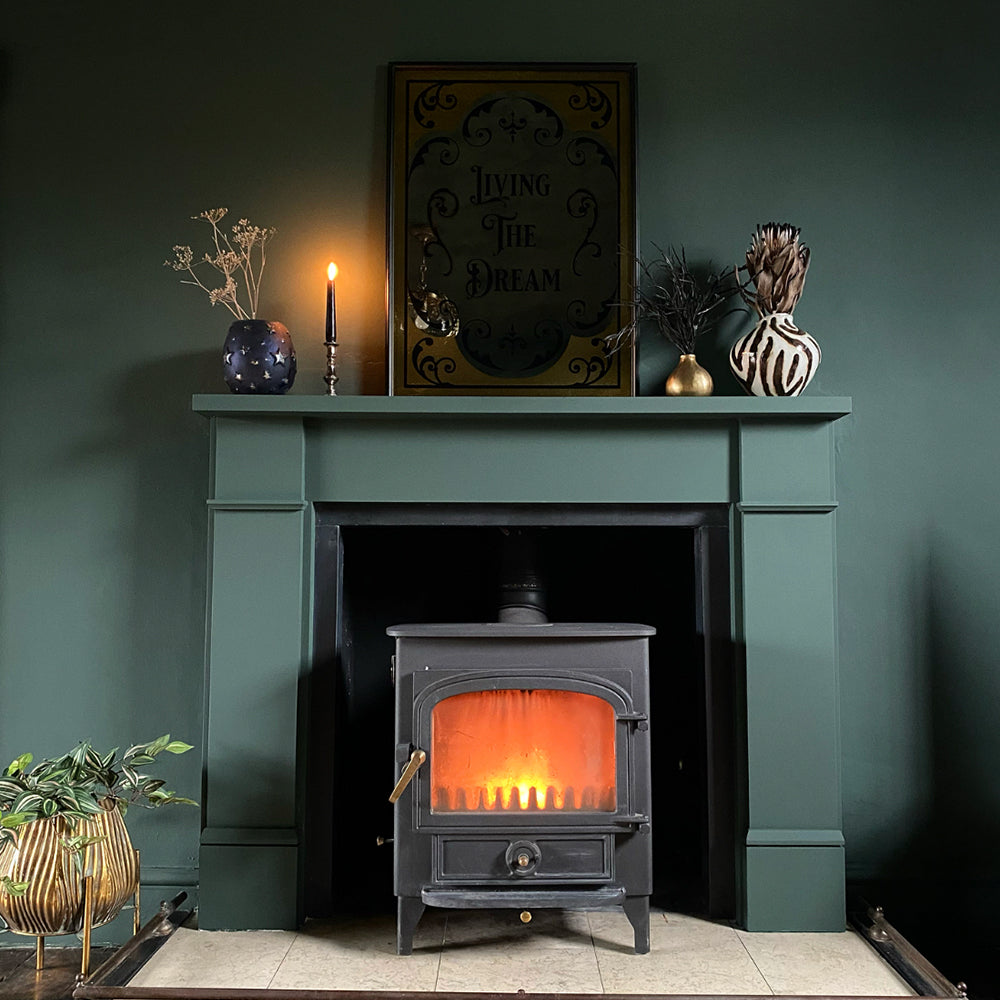
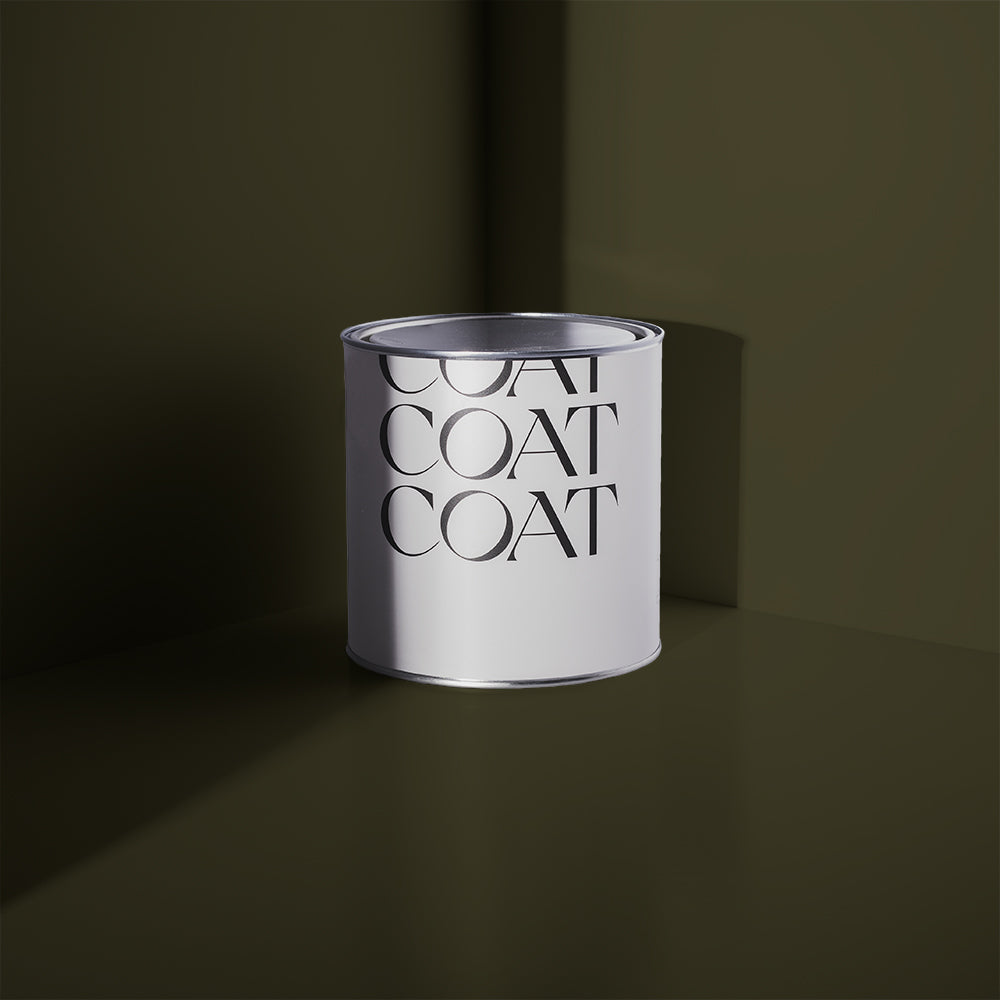

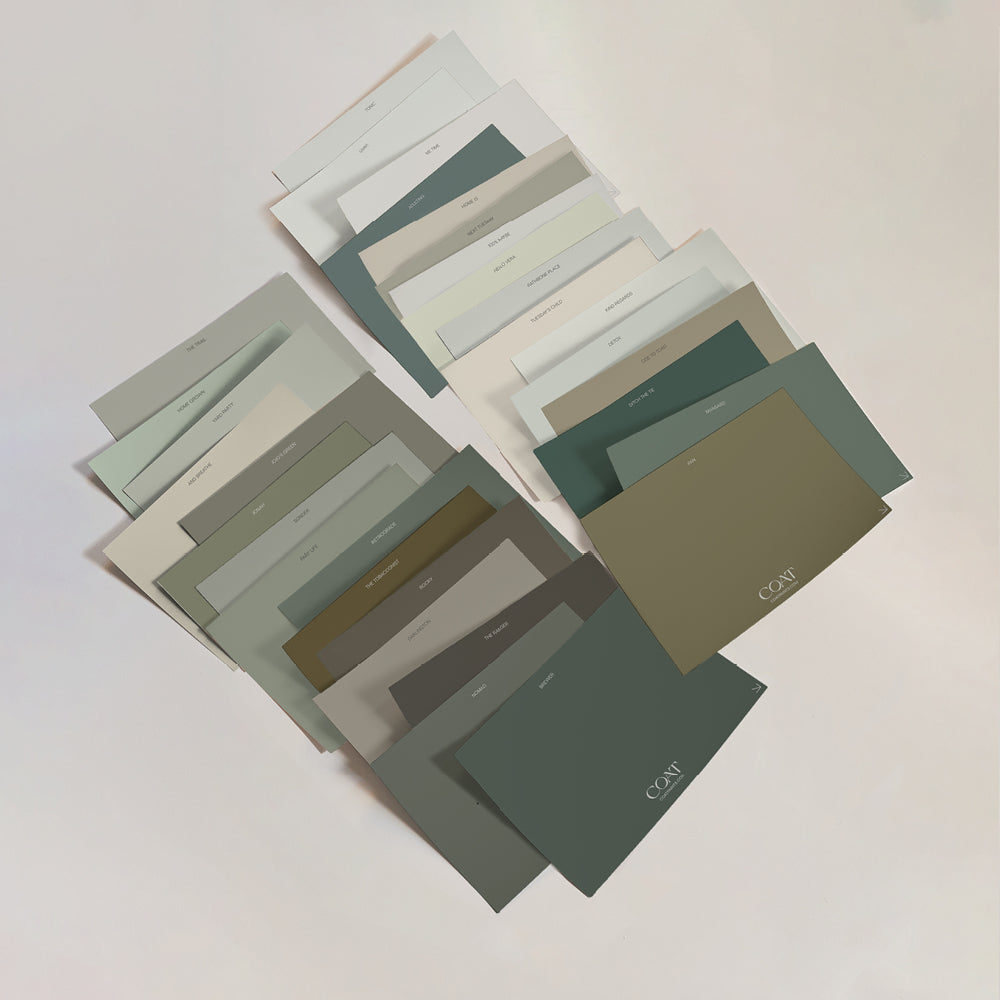
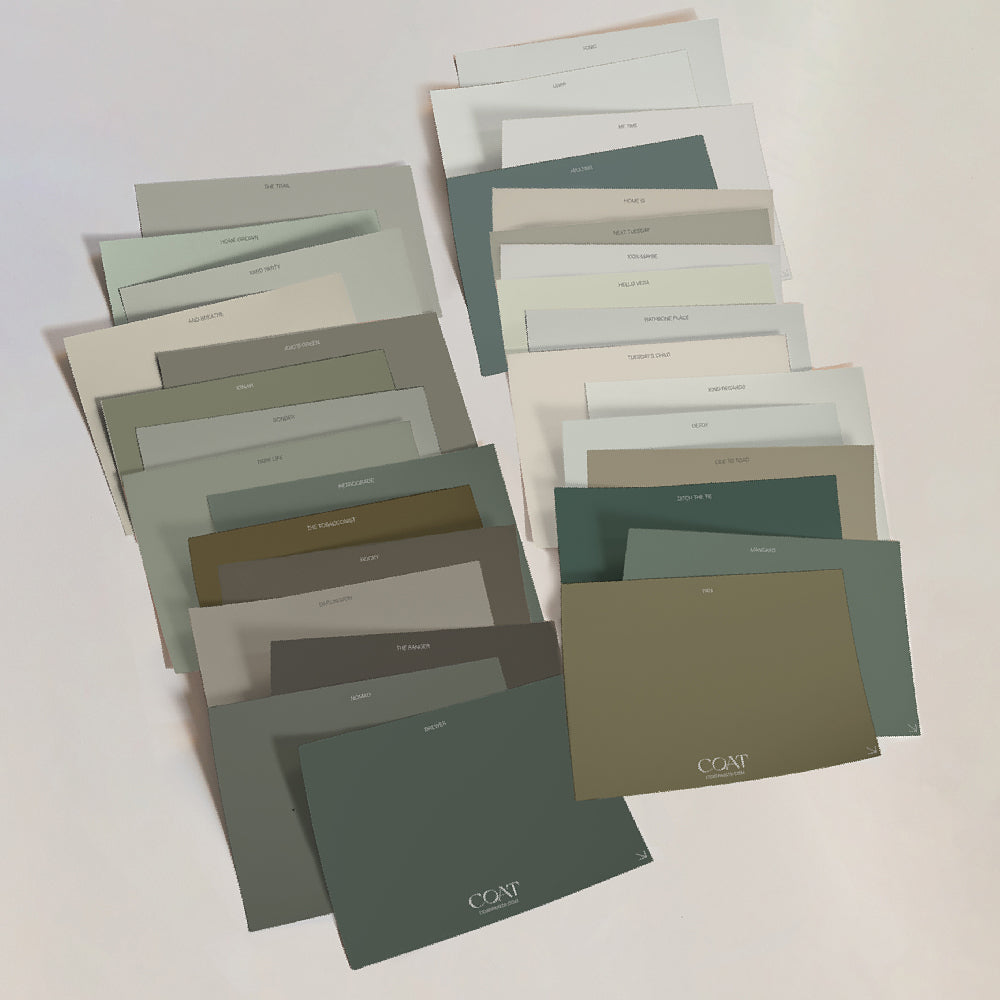

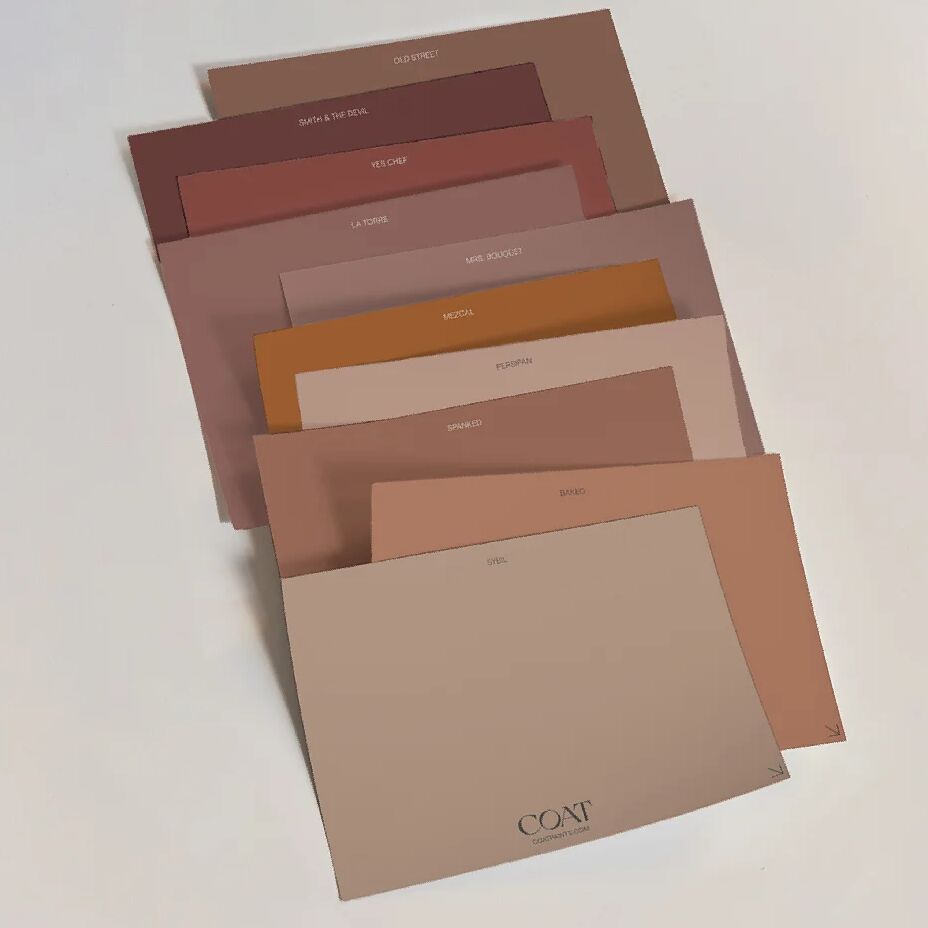


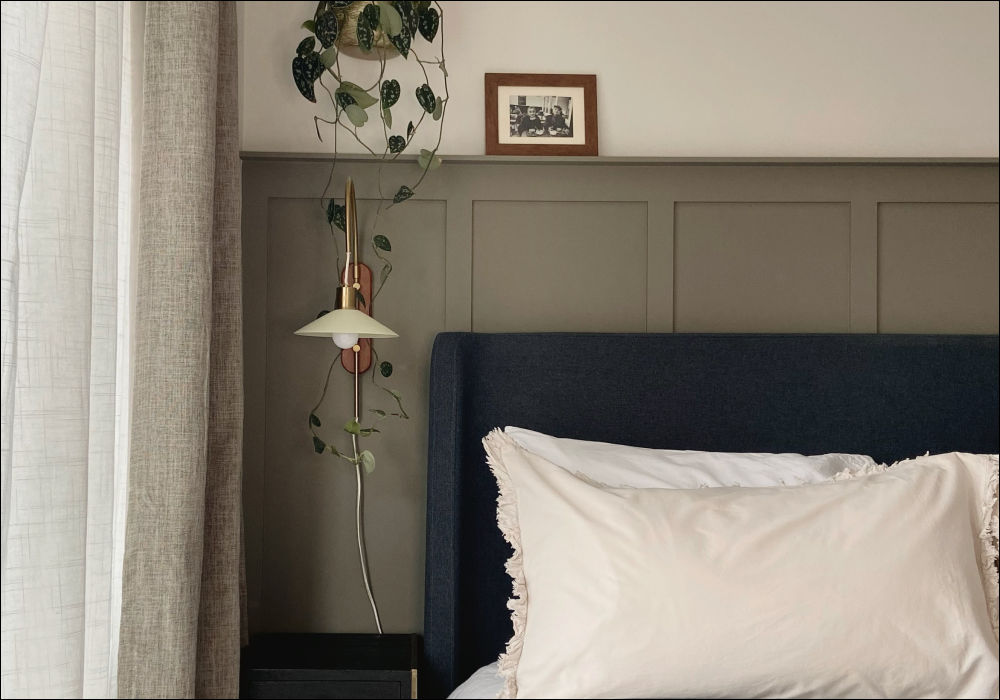
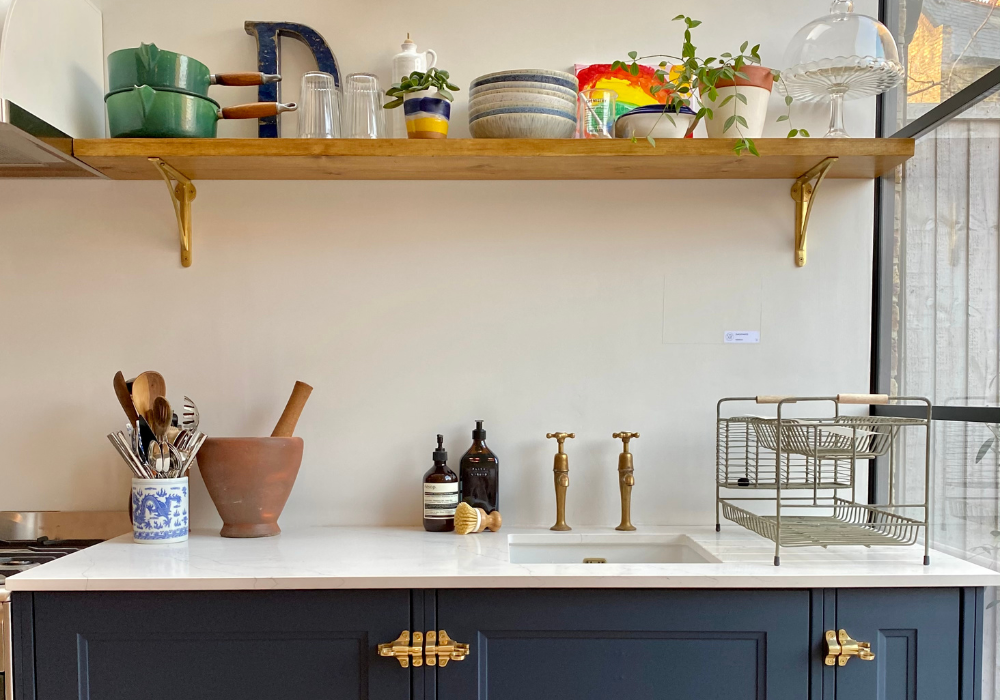

Leave a comment